inbox and environment news: Issue 522
December 12, 2021 - January 22, 2022: Issue 522
The Good - The Bad - The Ugly - The Ugliest: Pittwater Environment 2021
Damage within the grassed area at Plateau Park, Bilgola - image supplied
Damage within the grassed area at Plateau Park, Bilgola - image supplied
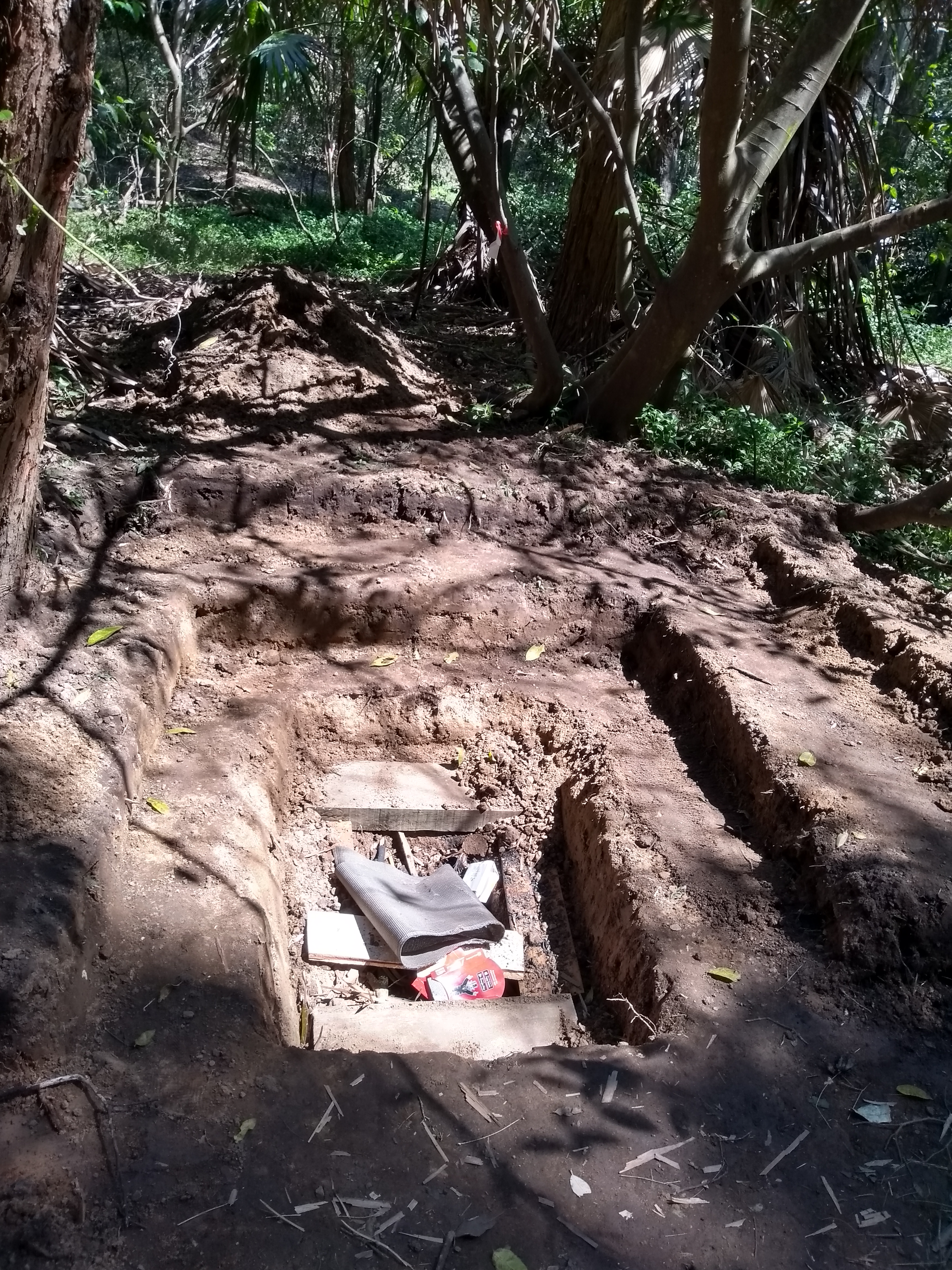
one example of what has occurred in Crescent Reserve, Newport: image supplied
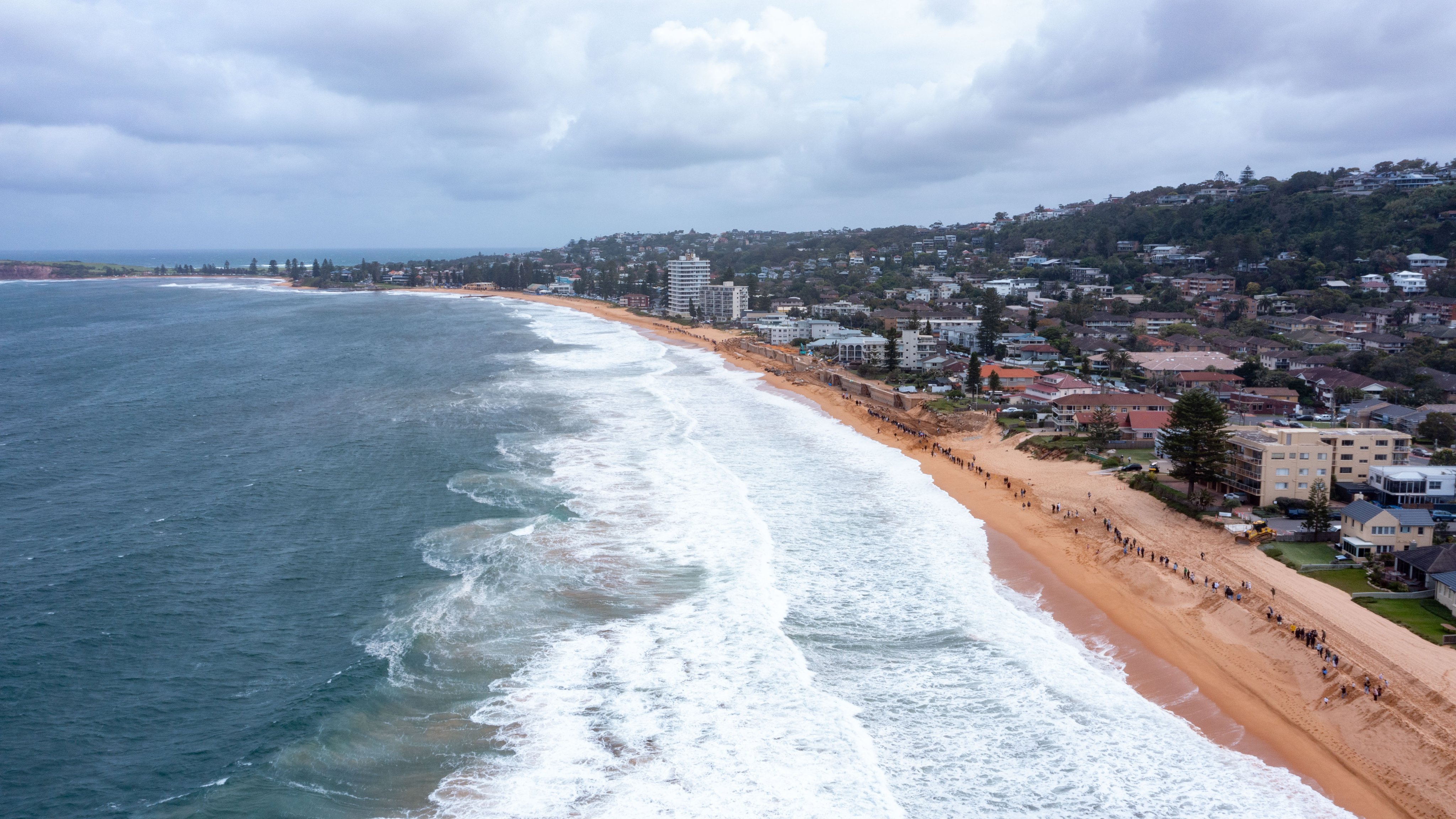
Line in the sand 2021. Photo: Surfrider Foundation Northern beaches
Ten New Canopy Trees Planted At Avalon Beach
Thanks to support from Avalon Public School and Canopy Keepers, the Avalon Preservation Association were able to lobby the Council to plant this beautiful row of 10 water gums that will create shade for school kids and pedestrians, along the footpath beside the playing fields on Old B/joey Rd opposite the school.
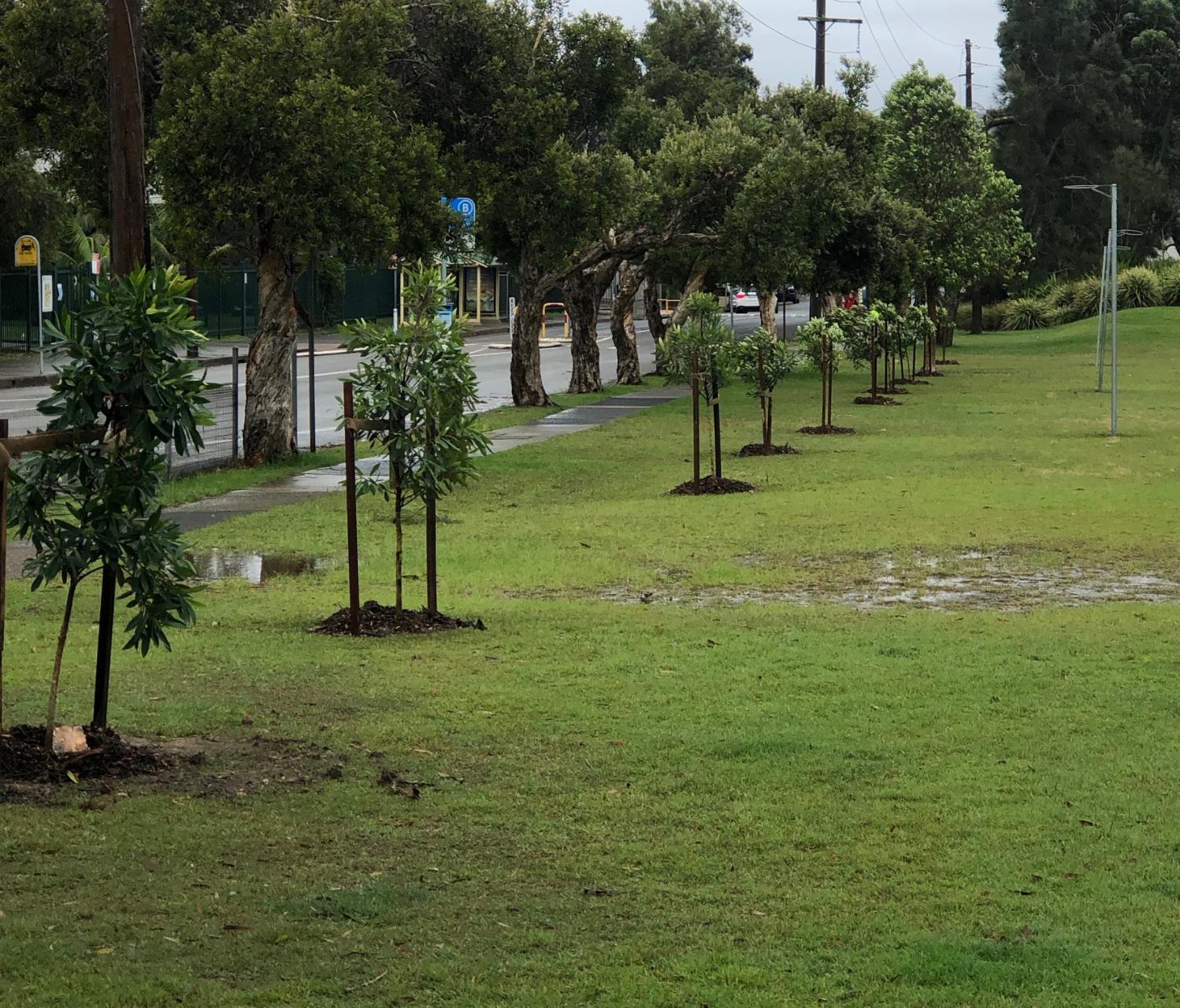
Sydney's Last Koala Population Being Killed As Mount Gilead Development Cuts Down Trees With No Fauna Passes: Pittwater Demonstration Falls On Deaf Ears
December 7, 2021: Save Sydney’s Koalas response to Lendlease Tree removal on Figtree Hill without Koala underpasses on Appin Road
Yesterday more tree removal work started on Stage 1 of Lendlease’s Figtree Hill (Mount Gilead) development at Campbelltown. At the same time two healthy koalas were hit on Appin Road not far from where tree felling was taking place on the property. One died instantly and the other is critically injured.
If the government is serious about protecting this expanding and chlamydia free koala population, we call on them to deliver the following measures immediately:
1. Two koala/wildlife underpasses promised by Lendlease at Noorumba and Beulah Reserves and
2. All koala/wildlife corridors identified by the Chief Scientist must be secured and viable before construction.
These corridors need to be continuous and connected and follow the Chief Scientist’s advice.
We call on the NSW Government to end its obfuscation and act in the best interest of the koalas to ensure their survival in the wild.
Save Sydney Koalas and their supporters will continue to protest until we are satisfied that the Campbelltown Koalas are safe.
Trees Being Cut Down - December 6 2021
Save Mount Gilead Inc. ask ''Where are the wildlife corridors and underpasses promised by Campbelltown Council, Matt Kean, and the Liberal State Government?
This within days of one koala being killed just down the road from the property another being rescued with very bad injuries, and three koalas found trying to find a way through a wildlife corridor to Airds which has been destroyed by Landcom.
Landcom, Lendlease, Walker's shame on you, shame on the Liberal Government, and shame on Campbelltown City Council
Is this how the last large, expanding, and Chlamydia free koala population is expected to survive?''
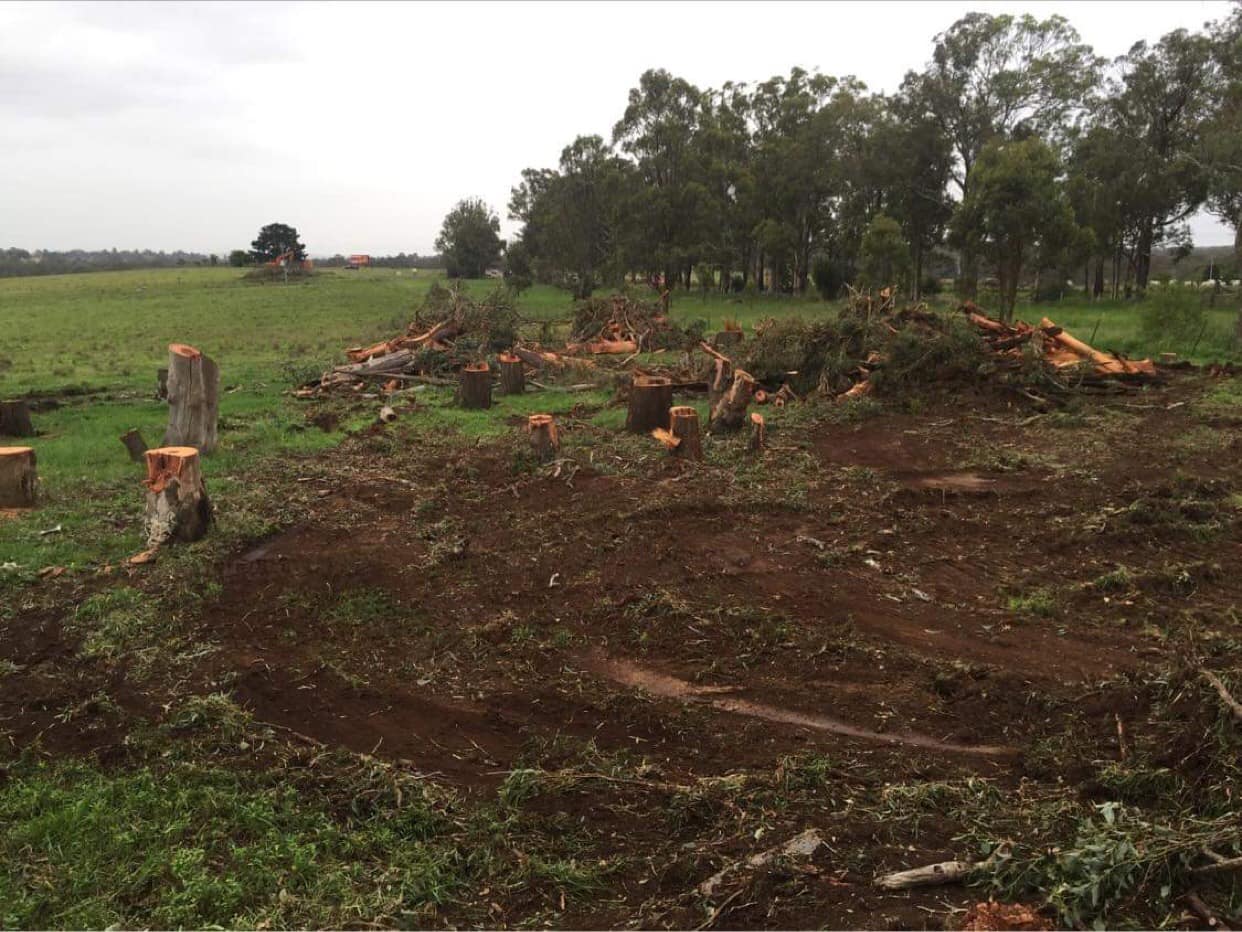
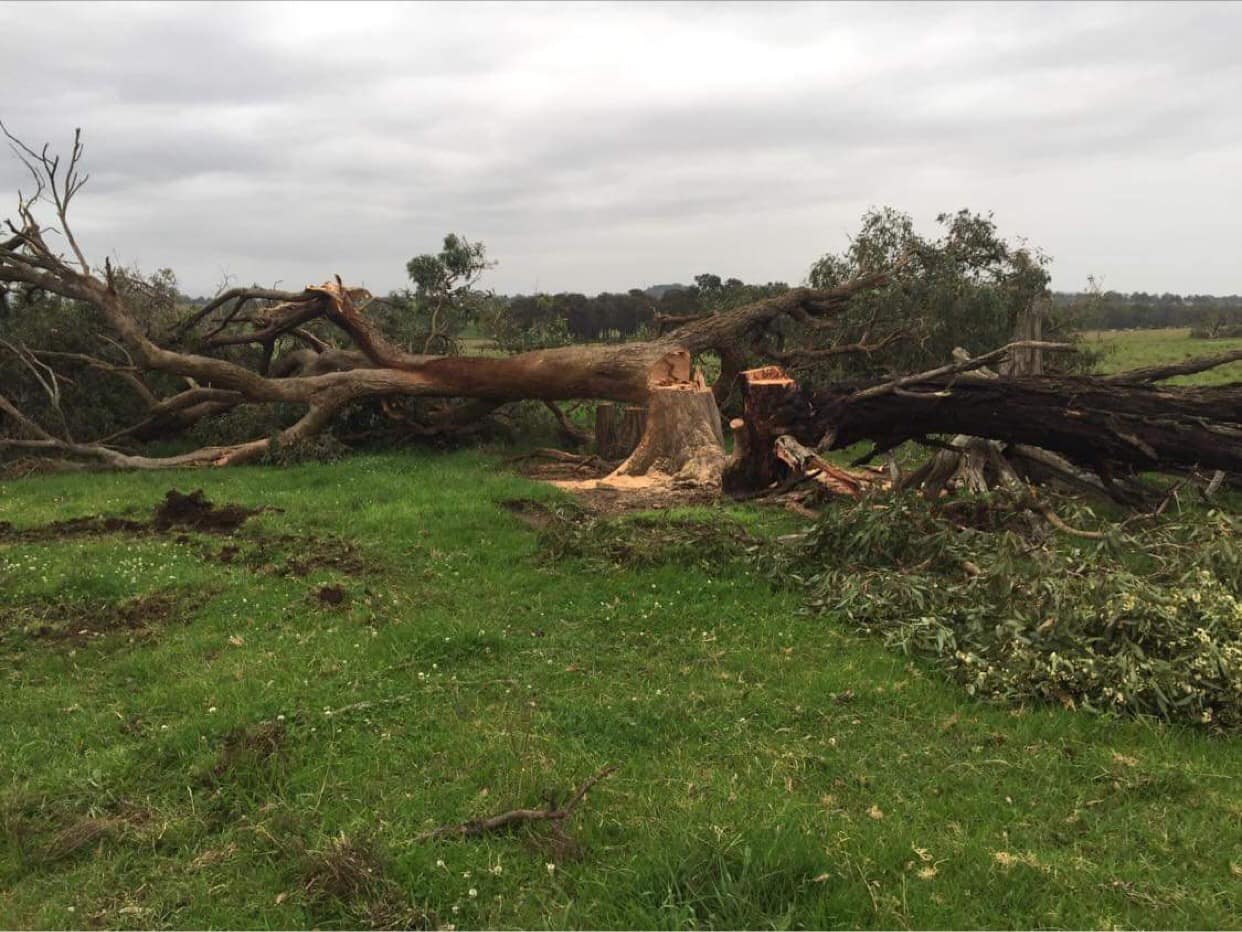
Save Mount Gilead Inc. photos.
On Monday December 6th people gathered outside the office of Pittwater MP and NSW Minister for Transport and Planning rob stokes'office to bring attention to the fact that no measures are in place to protect the koalas that live in these trees while the mount Gilead development has already commenced.
Pittwater Pathways' John Illingsworth files the following report:
BirdLife Australia Has Made An Album! Currently Number #5 On Australian Charts
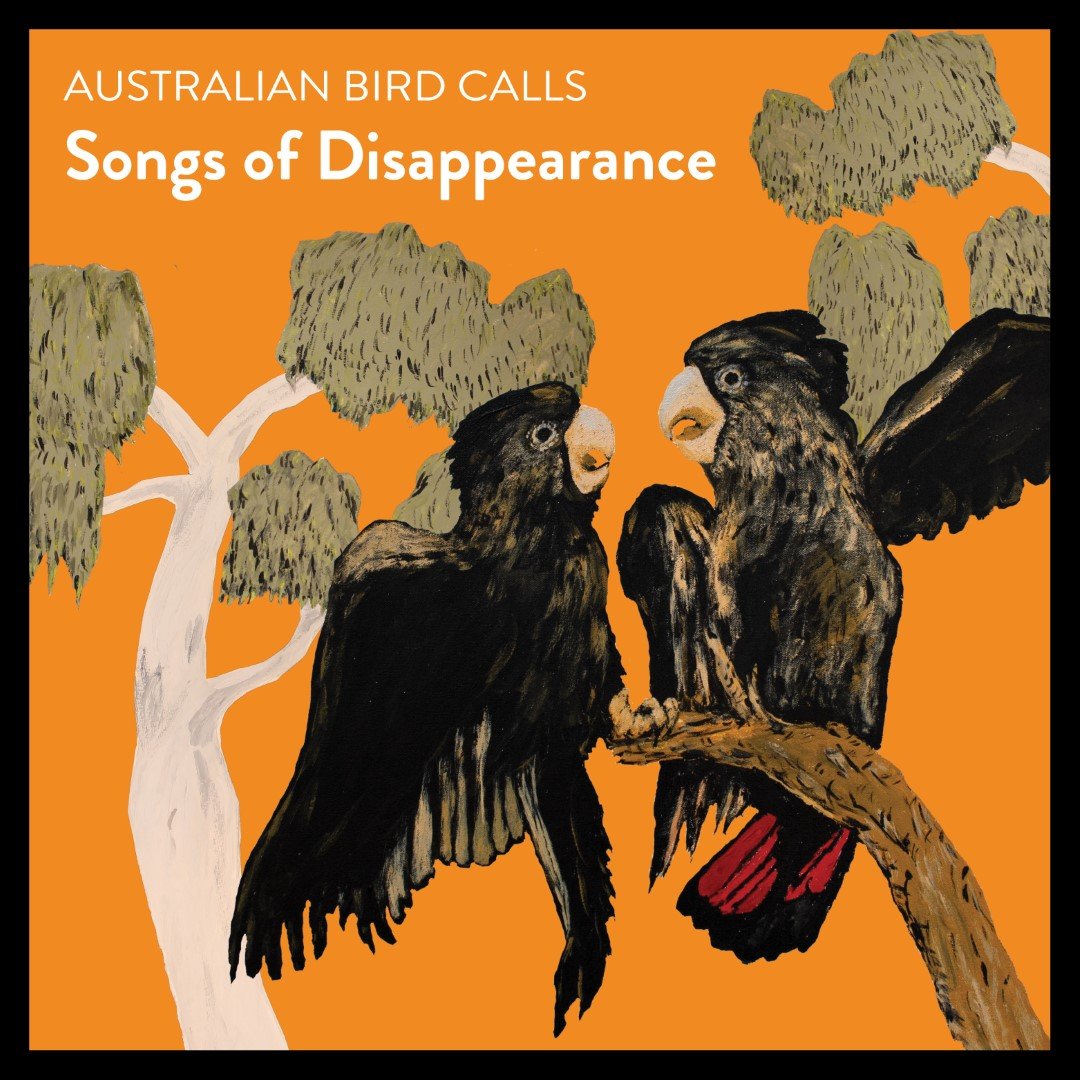
On December 3rd, BirdLife Australia released an album called ‘Songs of Disappearance’, a tribute to Australia’s unique and threatened birds – it’s a celebration of the incredible diversity of the Australian soundscape.
On this album of pure birdsong you can hear 53 of our most threatened species. The title track celebrates the incredible diversity of the Australian soundscape, and highlights what we stand to lose without taking action. Be immersed in a chorus of iconic cockatoos, the buzzing of bowerbirds, a bizarre symphony of seabirds, and the haunting call of one of the last remaining night parrots.
A collaboration between the acclaimed nature recordist David Stewart, Nature Sound, the Bowerbird Collective, BirdLife Australia, Charles Darwin University and Mervyn Street of Mangkaja Arts, this project, released alongside the 2020 Action Plan for Australian Birds, shows that Australians will not allow these precious avian voices to be silenced.
But now they need your help to get these birds the recognition they deserve – by sending them soaring in the ARIA charts before the end of the year! Thanks to your incredible support Songs of Disappearance’ has reached #5 in the ARIA charts, ahead of ABBA, Mariah Carey and Michael Bublé.
Let's take it to #1 Pittwater!
Order your copy at https://songsofdisappearance.com/ to help end 2021 on a high note for some of Australia’s most threatened birds.
White's Seahorse Signage At Palm Beach
White’s Seahorse, also known as the Sydney Seahorse, is a medium-sized seahorse that is endemic to the east coast of Australia. The species is named after John White, Surgeon General to the First Fleet, and is one of four species of seahorses known to occur in NSW waters. Favouring shallow-water estuarine habitats, it is currently known to occur in eight estuaries on the NSW Coast, but is most abundant in Port Stephens, Sydney Harbour and Port Hacking. Its northern limit is Hervey Bay in Queensland and it has been historically recorded as far south as St Georges Basin in NSW.
Some of the characteristics of the White’s Seahorse are:
- 17-18 dorsal-fin rays,
- 16 pectoral-fin rays
- 34-35 tail-rings
- coronet is tall arranged in five pointed star at apex
- spines are variable ranging from low to moderately developed and from round to quite sharp
- a long snout
They have a very small anal fin which is used for propulsion, however, they are known to be one of the slowest swimming fishes in the ocean.
The White’s Seahorse is considered to be endemic to the waters of southern Queensland (Hervey Bay) to Sussex Inlet NSW where it can be found occurring in coastal embayments and estuaries. It is known to occur from depths of 1 m to 18 m. Habitats that are considered important habitat for the White’s Seahorse include natural habitats such as sponge gardens, seagrass meadows and soft corals. It is also known to use artificial habitats such as protective swimming net enclosures and jetty pylons.
The primary cause for the decline in abundance of White’s Seahorse is the loss of natural habitats across their range in eastern Australia. The seahorses occur within coastal estuaries and embayments which are areas subject to population pressure.
Below: the signage installed at Palm Beach - these have been recorded at Barrenjoey Headland and adjacent seagrass beds for decades.
Australian Wildlife Conservancy Harbour Trust’s North Head Manly Update
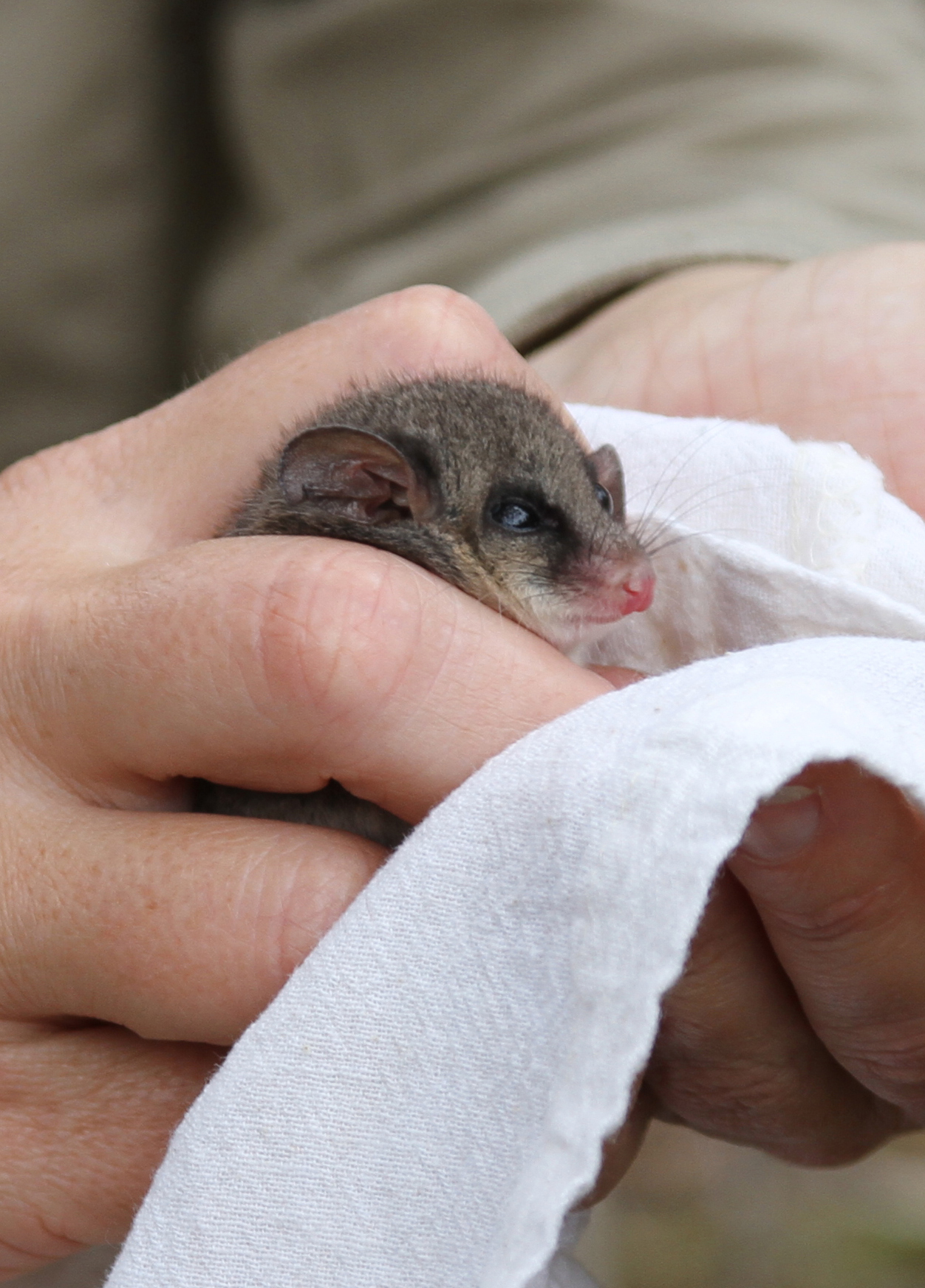
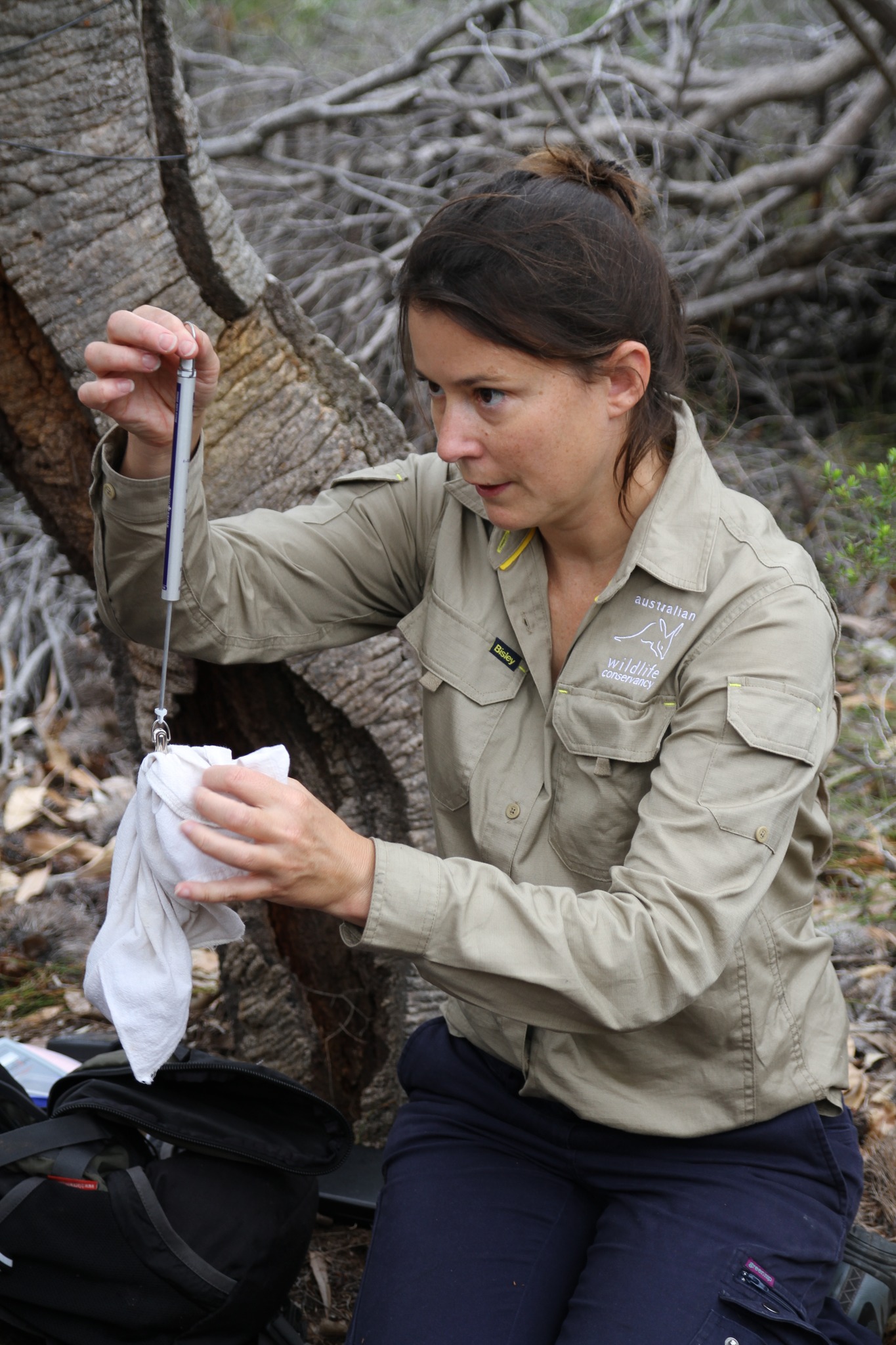
- Weigh less than a golf ball (up to 45g).
- Are important pollinators, transferring pollen between flowers as they feed on nectar.
- Inhabit heathland, Banksia scrub and eucalypt forests along the southeast coast of Australia.
Narrabeen Rock Platform: An Underwater Garden At Your Feet
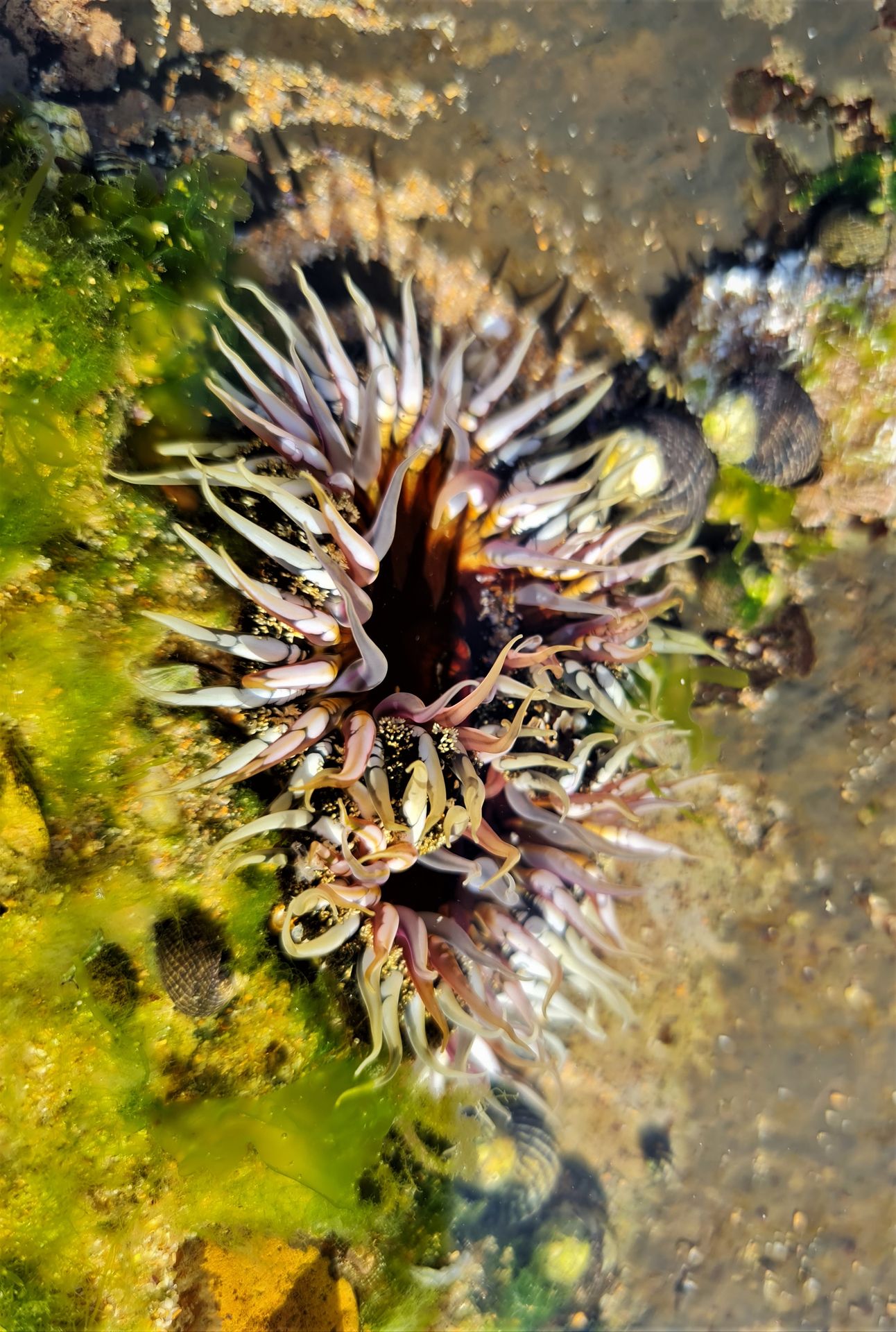
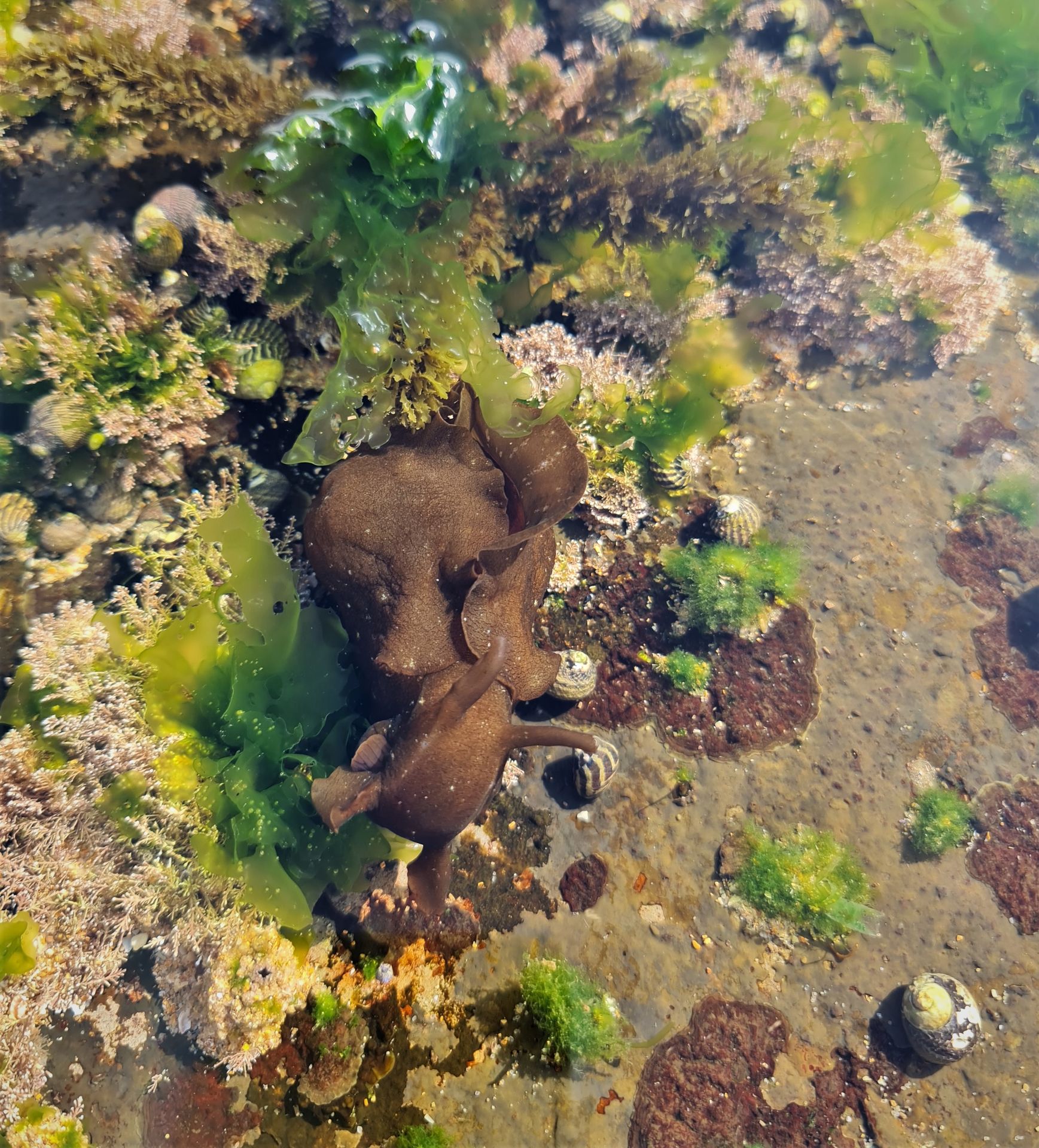
Sydney Wildlife Rescue: Helpers Needed
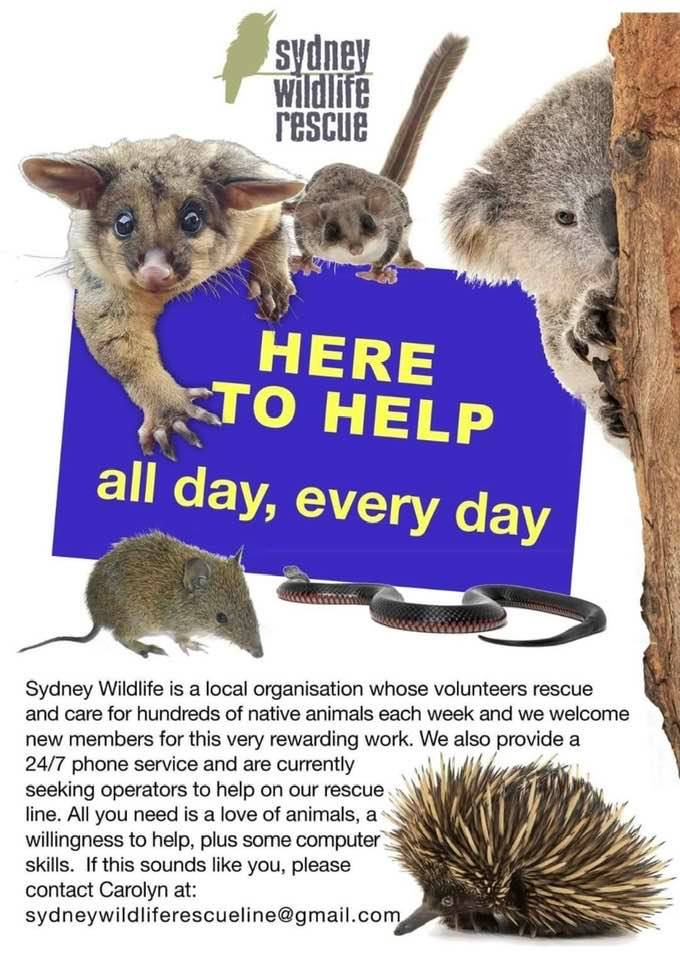
Careel Creek: Dusky Moorhen + Chicks In Residence - Please Keep Your Dogs On Their Leads
Dusky Moorhen in Careel Creek, Saturday October 30, 2021 - photos by A J Guesdon
Dusky Moorhen in Careel Creek, Thursday November 30, 2021 - photos by A J Guesdon
Governing Authority To Reconsider Regulation For Bird-Killing Rodenticides
Retailers urged to act ahead of regulatory changes
BirdLife Australia welcomes the announcement by the Australian Pesticides and Veterinary Medicines Authority that they will reconsider the use of anticoagulant rodenticides, including second-generation products that impact native wildlife. But major retailers, including Bunnings, are being urged to act ahead of any potential regulatory change.
An APVMA public consultation held last year and attempts by the NSW Government to obtain a permit to use huge quantities of bromadialone both highlighted public concern with deadly second-generation anticoagulant rodenticides (SGARs).
SGARs work by causing internal bleeding in rodents and are strong enough to impair or kill birds of prey and other native wildlife that eat the poisoned rats and mice. Recent analysis by BirdLife Australia of dead Powerful Owls showed nearly all had some level of SGAR poisoning.
“We are very pleased that the APVMA has looked at the evidence provided during last year’s public consultation and has decided to reconsider how SGARs are regulated,” said BirdLife Australia’s Urban Birds Program Manager, Dr Holly Parsons.
“There is significant scientific evidence from both overseas and Australia that these chemicals should be banned from public sale and be available for use only by licenced professionals, as is already the case in the EU and Canada,” she continued
“While the APVMA reconsiders arrangements for these products, we call on major retailers — including Bunnings — to move ahead of any regulatory changes and take products off their shelves now.”
“This is an issue that Australians care deeply about. Tens of thousands of people contributed to the APVMA public consultation and subsequently to our petition to Bunnings.”
“Among Australian retailers, Bunnings stocks the largest range of SGAR products. They have a huge opportunity to be industry leaders and act now.”
powerful owl - one of the birds impacted by introducing rodenticides into their home environments
Pesticides Regulatory Newsletter; December 2021
December 15, 2021
Improvements Bill
The Agricultural and Veterinary Chemicals Legislation Amendment (Australian Pesticides and Veterinary Medicines Authority Board and Other Improvements) Bill 2019 (Improvements Bill) passed through Federal Parliament on 1 December 2021.
The Improvements Bill includes measures to:
- establish a governance board for the APVMA
- allow for prescribed approvals and registrations for chemicals of low regulatory concern
- provide for extensions to limitation periods and protection periods as an incentive for chemical companies to register certain new uses of chemical products
- allow for computerised decision-making by the APVMA
- simplify industry reporting requirements for annual returns.
Implementation of the measures will be staggered, and a list of measures and the expected implementation date is available on our website.
Stakeholders are encouraged to subscribe to receive email updates from the APVMA to be notified as measures commence and are implemented.
More information is available on our website.
Updates from the APVMA Chemical Review Team
Proposed regulatory decision on molinate
The proposed regulatory decision on molinate was published in a Special Gazette on 11 October 2021.
The APVMA proposes to:
- affirm the currently approved active constituents
- vary the relevant particulars of the product registrations to allow them to be affirmed
- vary the labels to allow affirmation.
Details of the proposed variations and labels are included in the Special Gazette.
The proposed decision is currently open for public consultation. The closing date for submissions is 11 January 2022.
Reconsideration of anticoagulant rodenticides
The reconsideration of active constituent approvals, product registrations and associated label approvals of anticoagulant rodenticides was announced on 2 November 2021 and published in the APVMA Gazette.
The reconsideration includes both first generation anticoagulant rodenticides (warfarin, coumatetralyl, diphacinone) and second generation anticoagulant rodenticides (brodifacoum, bromadiolone, difenacoum, difethialone, and flocoumafen). The scope of the review includes chemistry, toxicology, worker and public exposure, residues and environment, and will consider whether the product labels carry adequate instructions and warning statements.
The APVMA has requested submission of information for consideration under the review. Details of how to make a submission are included in the APVMA Gazette of 2 November 2021. The closing date for submissions is 2 February 2022.
Action Plan For Australian Birds Released
December 1, 2021:
Many Australian birds faring badly, but conservation action works
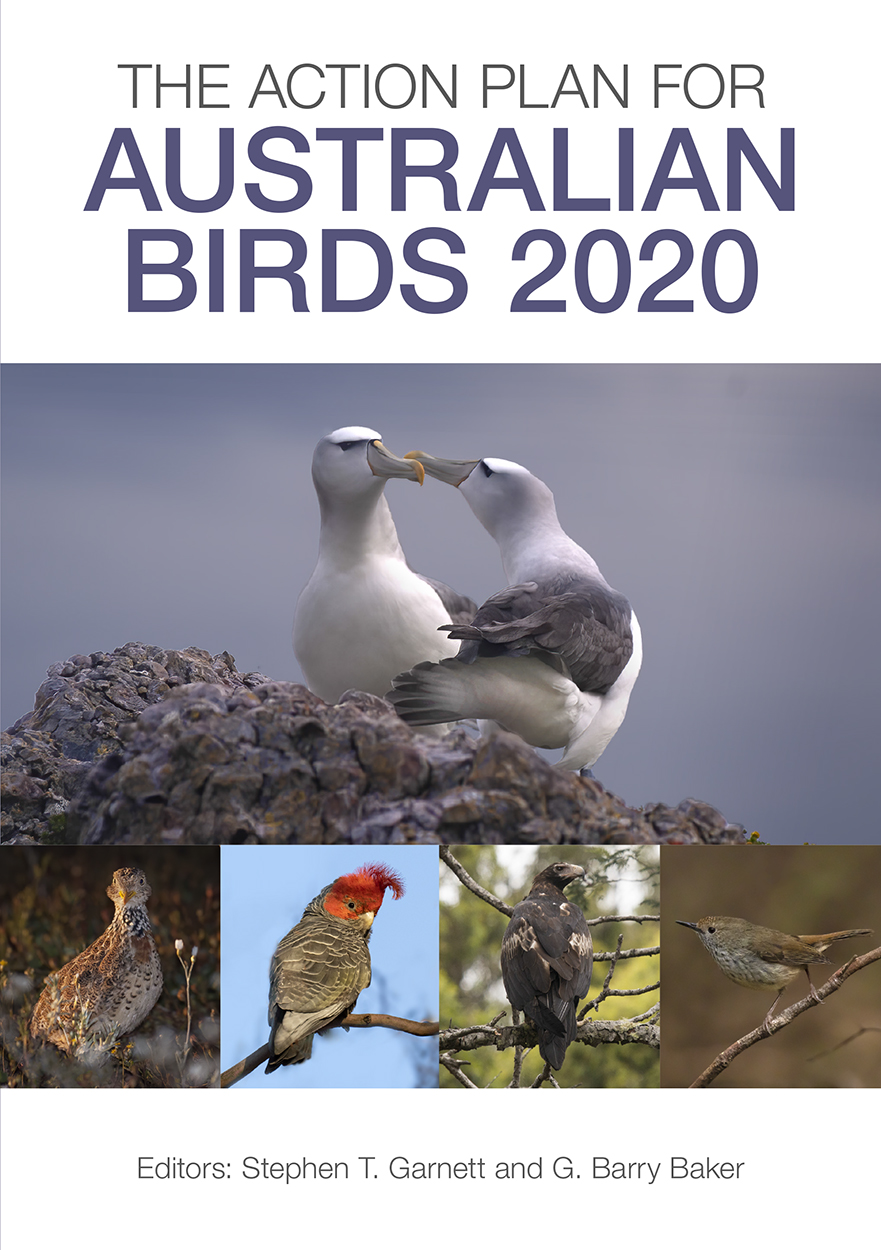 A worrying number of Australia’s birds are closer to extinction than they were a decade ago, according to a landmark new report which was launched today. But the new Action Plan for Australian Birds 2020 shows the situation could have been much worse, if not for conservation efforts across Australia which have prevented further declines for many species.
A worrying number of Australia’s birds are closer to extinction than they were a decade ago, according to a landmark new report which was launched today. But the new Action Plan for Australian Birds 2020 shows the situation could have been much worse, if not for conservation efforts across Australia which have prevented further declines for many species.
Last released in 2011, the wholly updated and revised Action Plan — a collaboration between Charles Darwin University and BirdLife Australia — provides an overview of the risk of extinction of all birds occurring in Australia and our territories.
Written by more than 300 experts, the book was edited by Professor Stephen Garnett and Dr Barry Baker and published by CSIRO Publishing.
Climate change and fire are the biggest threats to Australian birds. In the rainforests of Queensland’s Wet Tropics birds such as Fernwren and Golden Bowerbird are being forced to move towards mountains tops as rising temperatures impact their cool upland rainforest habitat.
Among the 77 birds threatened by increases in fire frequency, 26 were made more threatened by the 2019–20 Black Summer bushfires. This includes 16 on Kangaroo Island alone, such as the tiny Kangaroo Island Southern Emu-wren.
Many of these are among the 91 birds affected by more frequent and severe droughts and heatwaves. Among them is what may be Australia’s rarest bird, the Mukarrthippi Grasswren of central-western NSW, of which they may be only two or three pairs left.
“The Action Plan for Australian Birds 2020 reports on a decade of monitoring and assessment of the populations of Australian birds,” said report author Professor Stephen Garnett.
“The results tell us clearly that without changes, many species will continue to decline or to be lost altogether.”
“However, within our report we also have some clear instructions on how to avoid these outcomes.
The 2020 report also illustrates how conservation action can turn things around when well-resourced and implemented.”
Birds such as the Norfolk Island Green Parrot, Albert’s Lyrebird and Bulloo Grey Grasswren have an improved conservation status thanks to direct conservation efforts to protect against threats and safeguard crucial habitat in conservation reserves such as national parks.
The report also describes how declining populations of several key species have been stabilised or increased following intensive conservation efforts.
These include the Eastern Hooded Plover, Kangaroo Island Glossy Black-Cockatoo and Eastern Bristlebird.
“Our Action Plan is a measure of our performance as a society, of how we treat the birds in our collective care,” said BirdLife Australia CEO, Paul Sullivan.
“Many accounts in this Action Plan document successes in protecting our most threatened birds. This could easily have been a book of the dead, a compendium of species obituaries. That it is not is a testament to the efforts of those who love Australian nature.”
“Species with well-resourced conservation efforts have held the line. With proper investment, more populations will increase by the next Action Plan."
You can purchase a copy of the Action Plan by clicking here.
Determined To Nest: Regent Honeyeaters
December 16, 2021
Captive-bred Regent Honeyeaters breeding in the wild
Back in late October, 58 captive-bred Regent Honeyeaters were released into the eucalypt woodlands around Cessnock-Kurri Kurri in New South Wales. It was the biggest such release of the Critically Endangered species in that state. And despite having been raised in captivity, these birds are taking to life in the wild like a duck to water — and they’re determined to breed!
In the last few weeks, a brood of Regent Honeyeater nestlings was discovered — the first ever successful hatching of chicks from a zoo-bred pair of Regents in NSW. We continued to observe the parents feeding the two nestlings for at least 10 days and all seemed well.
However, sadly, this pioneering pair were forced to abandon their nest during a recent period of inclement weather, as a severe low pressure system lashed the area with heavy rain and strong winds. While this was a disappointing outcome, we were heartened to note the same pair was building a new nest in the same tree just two days after abandoning their first nest!
This determination has been demonstrated by multiple pairs now. The natural drive to breed is certainly strong in these zoo-bred birds, despite this being their first experience at nest building and rearing chicks. A number of pairs of Regents are up to their second, third and even fourth attempts at nest building now! Some of these attempts have been rather short-lived, but we now have at least four zoo-bred pairs incubating and another few pairs building nests. Being that these birds are attempting to breed for the first time it seems more than justified that they require a few practice-runs before perfecting their strategy.
It has been exciting to note at least two zoo-bred pairs have chosen live clumps of Long-flowered Mistletoe (Dendrophthoe vitellina) as nesting sites in the last week. Mistletoe is a vitally important food-source and habitat for nesting, particularly in the Cessnock-Kurri Kurri woodlands.
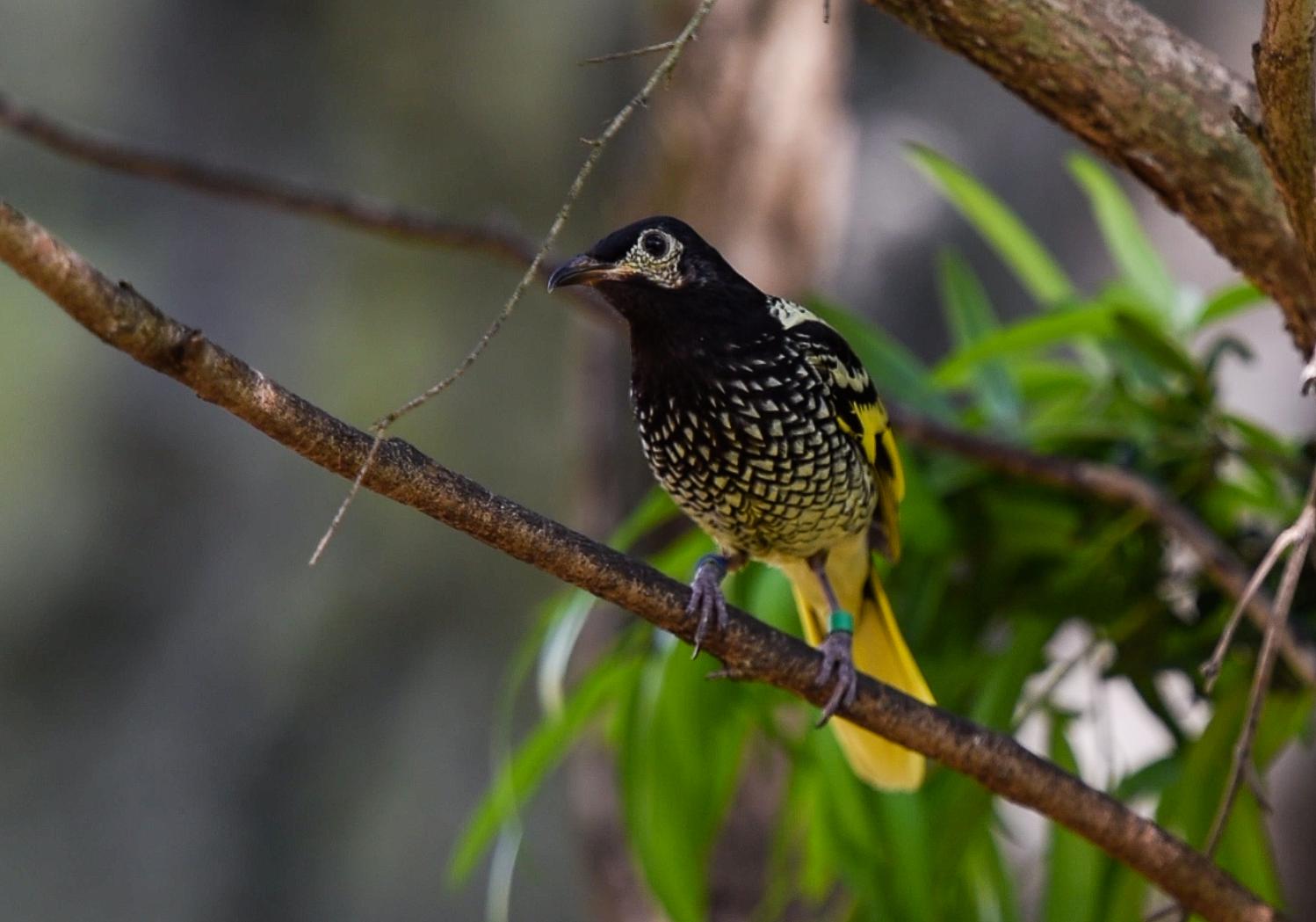
The Aussie Backyard Bird Count Results Are In!
December 13, 2021
Check out BirdLife Australia's recap below or head to https://aussiebirdcount.org.au/2021-results/ for more! The Pittwater statistics collated after the Bird count in November, ran Issue 516, have been added in below.
And for the 8th year in a row, Rainbow Lorikeets have taken the crown for the year’s most counted bird – with over half a million rainbows counted.
Taking place over National Bird Week in October, BirdLife Australia’s #AussieBirdCount is the nation’s largest citizen science event.
Remarkably, over 100,000 people took part this year once again – smashing previous records of the most birds counted in a single day.
Together, we counted and vetted almost 5 million birds from every corner of the country – even as far as Davis Station in Australia’s Antarctic Territory!
And in a surprising turn of events, Red Wattlebirds landed a spot in this year’s 10 most common birds – knocking the Common Myna out of the top 10 for the first time since the Bird Count began in 2014.
A huge thank you to everyone who submitted a survey during the 2021 Aussie Backyard Bird Count – you’re helping us find out more about the birds we live with.
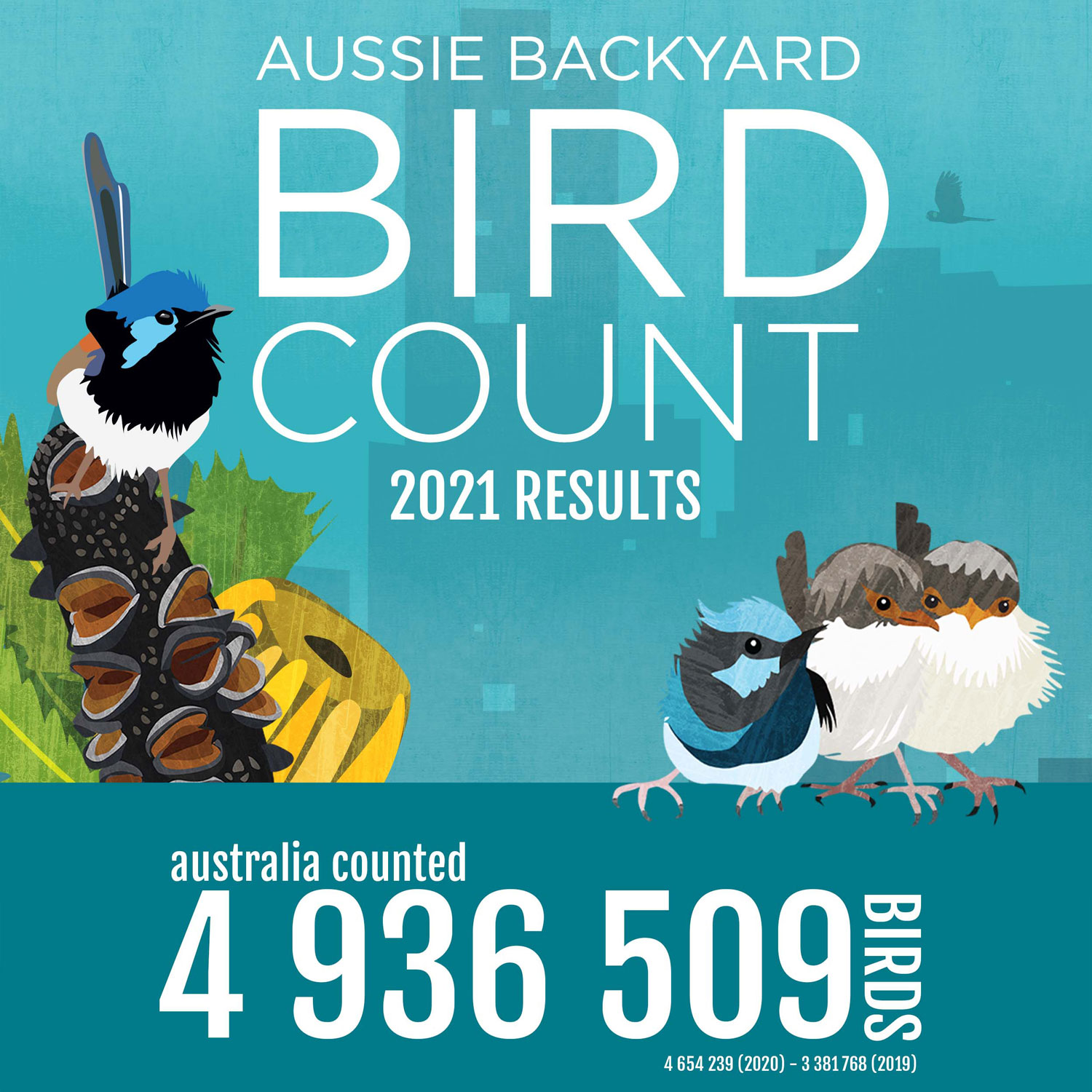
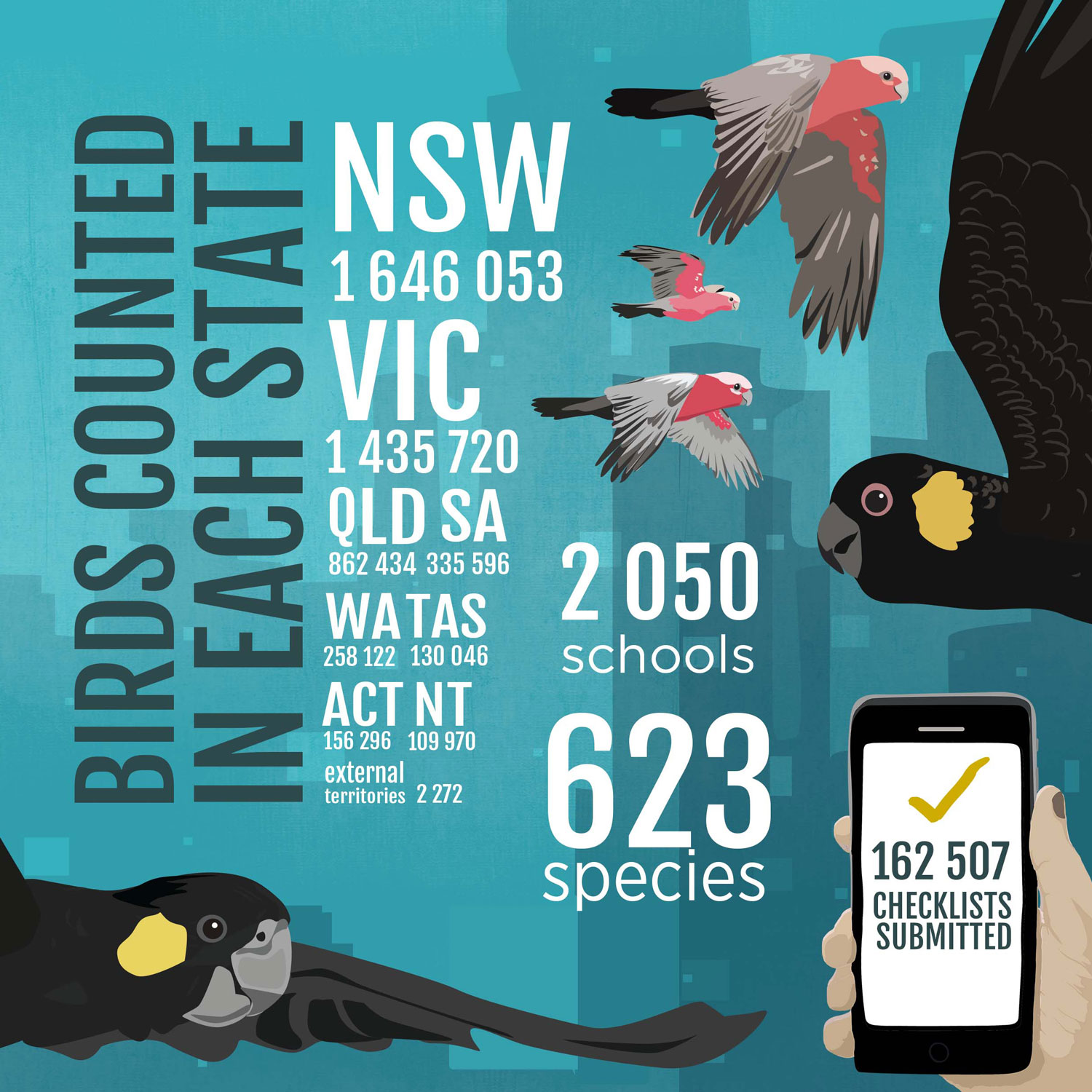
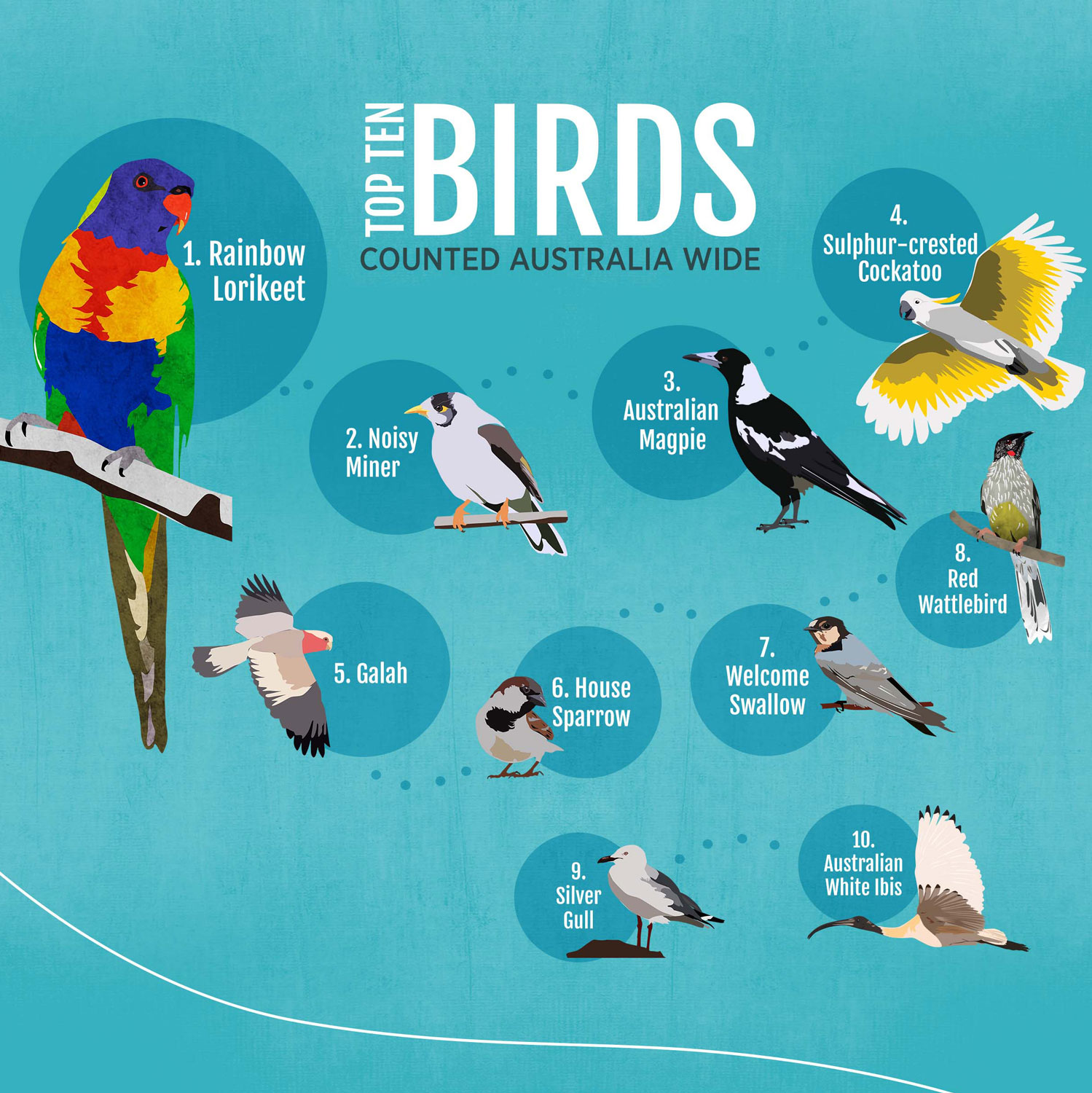
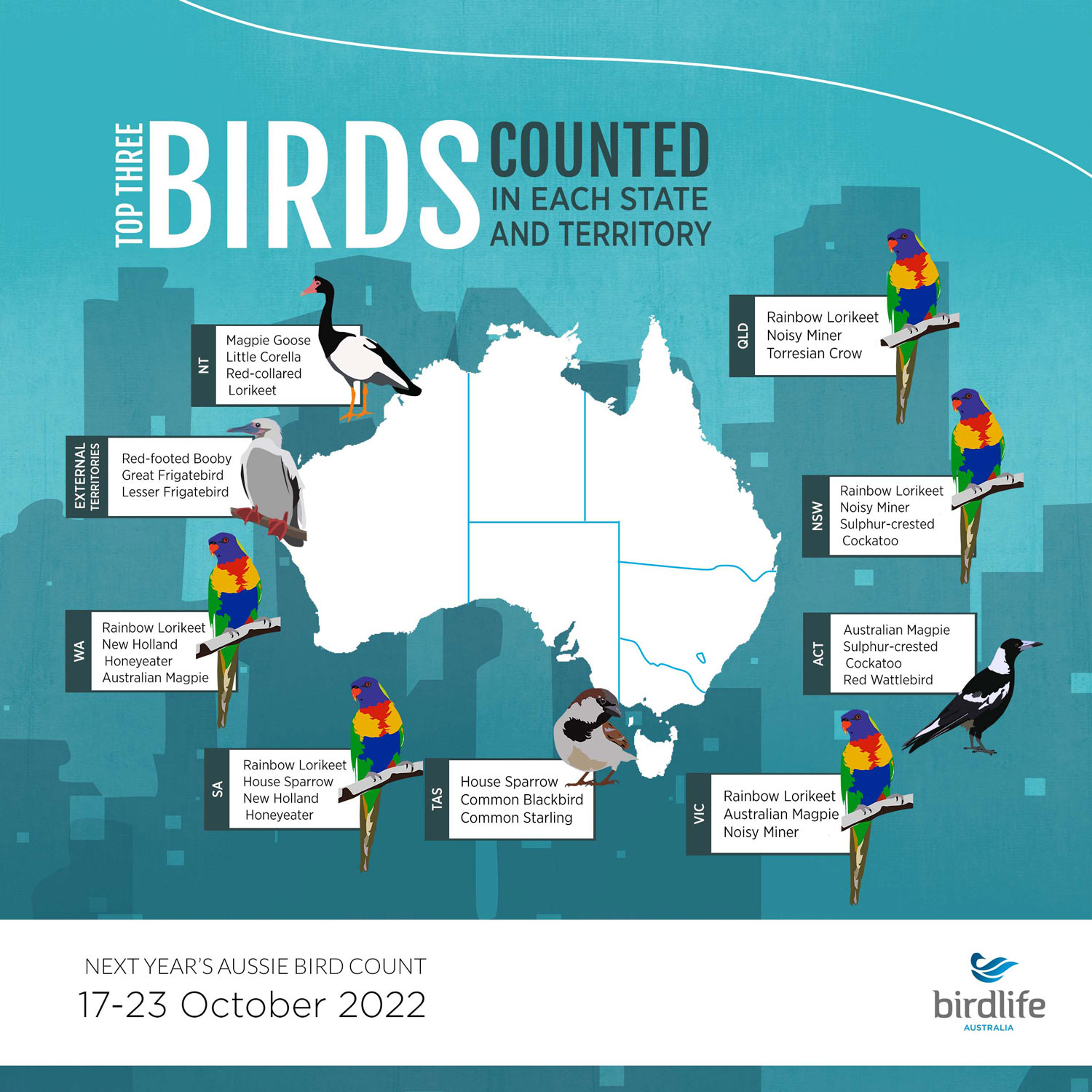
Careel Creek Birds: Aussie Backyard Bird Count 2021 Local Stats
Saturday afternoon, returning north after taking a few happy snaps was good to see a Dusky Moorhen, White-faced Heron and two lots of Pacific Black Ducks along the creek - which still smells putrid and looks rotten, but it was low tide. At least the jacaranda just past the high school is currently flowering, making it look nicer.
This is the first time in decades of walking beside the creek this bird-noticer has seen a Dusky Moorhen in the creek and it scuttled back under some nearby palm fronds on the western bank - possibly a nest may be under there - so please be careful not to scare this returnee to the creek if you're passing that way.
Did you know that our area is part of the ancient Pacific Black Duck songline? A recent Pittwater Online News article, Ellis Rowan's Adventures In Painting Birds, Flowers and Insects: 'This Meant That I Was Tapu - Sacred - Because I Painted The Birds', for Bird Week and the Aussie Backyard Bird Count inspirations shared as part of that an article, ‘Singing up Country’: reawakening the Black Duck Songline, across 300km in Australia’s southeast' by Robert S. Fuller, Western Sydney University; Graham Moore, Indigenous Knowledge, and Jodi Edwards, University of Sydney.
Almost 5 million birds were counted this year. In our area there were more counts submitted in some postcodes than 2020 while others were around the same, which may be reflected in the totals of birds counted overall.
The local statistics by postcode are:
2108: Checklists submitted: 53, Species sighted: 60, Birds sighted: 1,365
2107: Checklists submitted: 210, Species sighted: 76, Birds sighted: 5,320
2106: Checklists submitted: 76, Species sighted: 46, Birds sighted: 1,650
2105: Checklists submitted: 23, Species sighted: 43, Birds sighted: 565
2104: Checklists submitted: 38, Species sighted: 49, Birds sighted: 982
2103: Checklists submitted: 108, Species sighted: 56, Birds sighted: 2,970
2102: Checklists submitted: 64, Species sighted: 81, Birds sighted: 1,577
2101: Checklists submitted: 157, Species sighted: 106, Birds sighted: 2,844
2100: Checklists submitted: 171, Species sighted: 108, Birds sighted: 3,808
2099: Checklists submitted: 252, Species sighted: 91, Birds sighted: 5,192
2097: Checklists submitted: 79, Species sighted: 66, Birds sighted: 1,665
2096: Checklists submitted: 50, Species sighted: 51, Birds sighted: 1,077
2095: Checklists submitted: 99, Species sighted: 64, Birds sighted: 3,445
2094: Checklists submitted:, Species sighted: 27, Birds sighted: 470
2093: Checklists submitted: 101, Species sighted: 71, Birds sighted: 2,820
2092: Checklists submitted: 28, Species sighted: 43, Birds sighted: 569
Last year's statistics for our area are available in: Over 5 Million Birds Counted: Aussie Bird Count 2020 - Local By Postcode Statistics For Our Area
Migratory Bird Season
Boobook Owl And Baby Possum Rescue; Sydney Wildlife Rescue Volunteer - Nesting Boxes Available - All Sales To Sydney Wildlife
Helen Pearce is one of our local Sydney Wildlife volunteers - last week she got a call for a raptor rescue.
Helen says; ''As a licensed wildlife rescuer, I get to deal with some pretty cool animals, but today was a beautiful privilege.
Sydney Wildlife Rescue had a call at about 8:30 this morning for an owl on the ground. Thinking it’d be a Tawny chick (who is not an owl, not even a nightjar, but has very recently been reclassified in its own classification order), but preparing for a Powerful Owl, I set out with all necessary equipment. When I arrived, I found the most gorgeous fledgling Boobook owl. What a cutey!
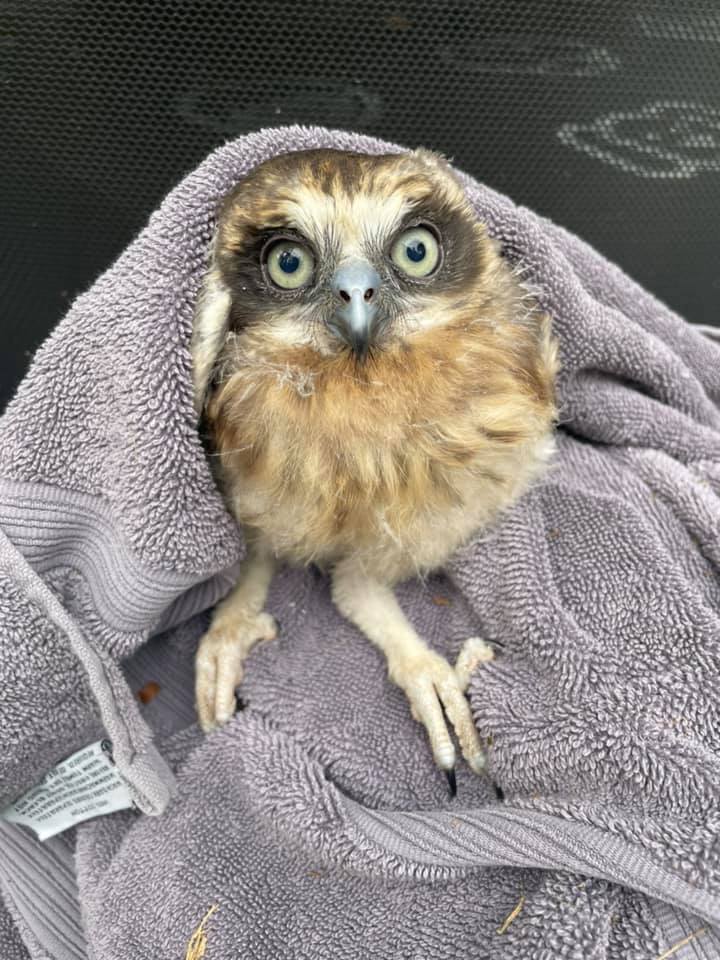
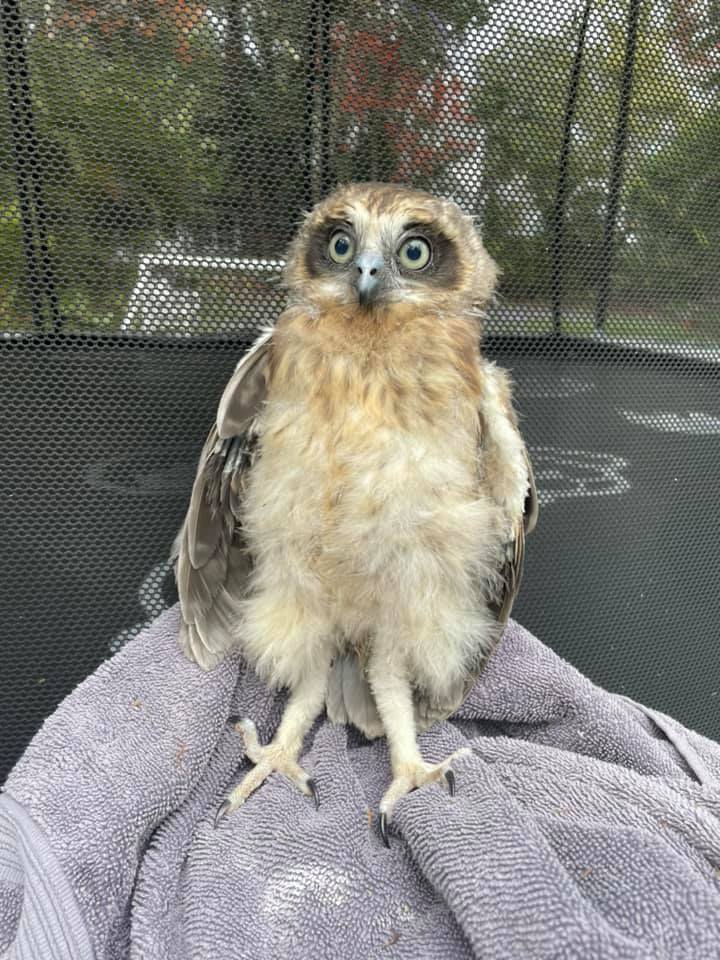
The parents were around and watching and rather concerned as to what we were going to do with their precious baby. Fluttering between Jo’s and Lisa Yost Palmer ‘s garden, I caught the petrified little fluffball of claws and sharp beak and we formulated a plan.
Having consulted with SWR’s experienced raptor coordinator, we made a make-shift nest and Jo and Lisa’s amazing husbands scaled a tree and started fixing the new ‘nest’ as high as we practically could and placed ‘Fluffy’ in.
This evening, mum and dad have tended to the chick and there’s a second chick still in the original nest!
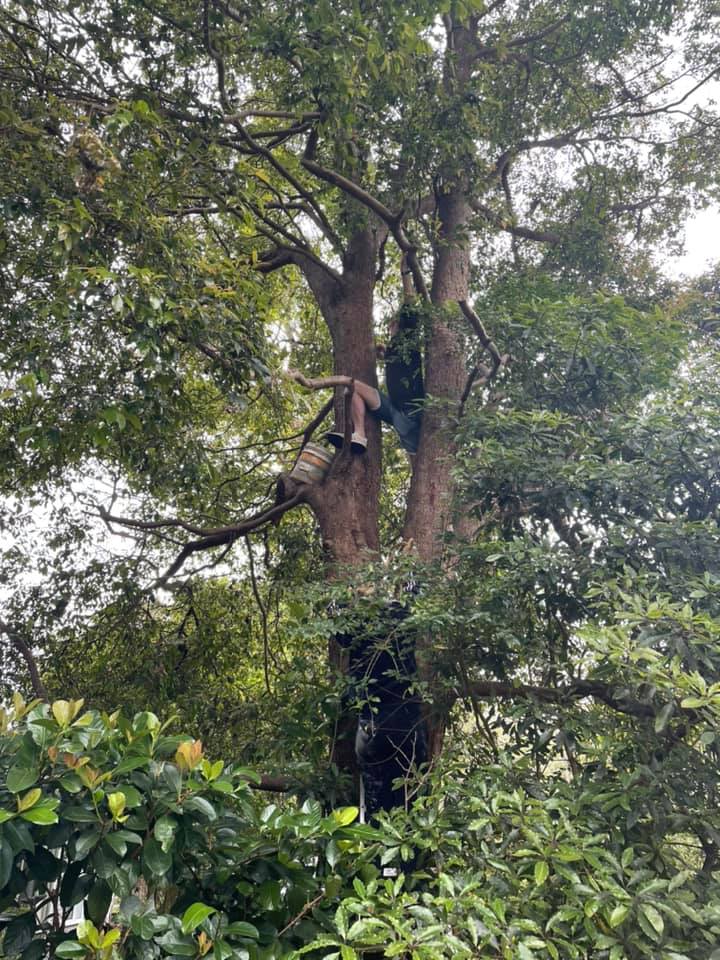
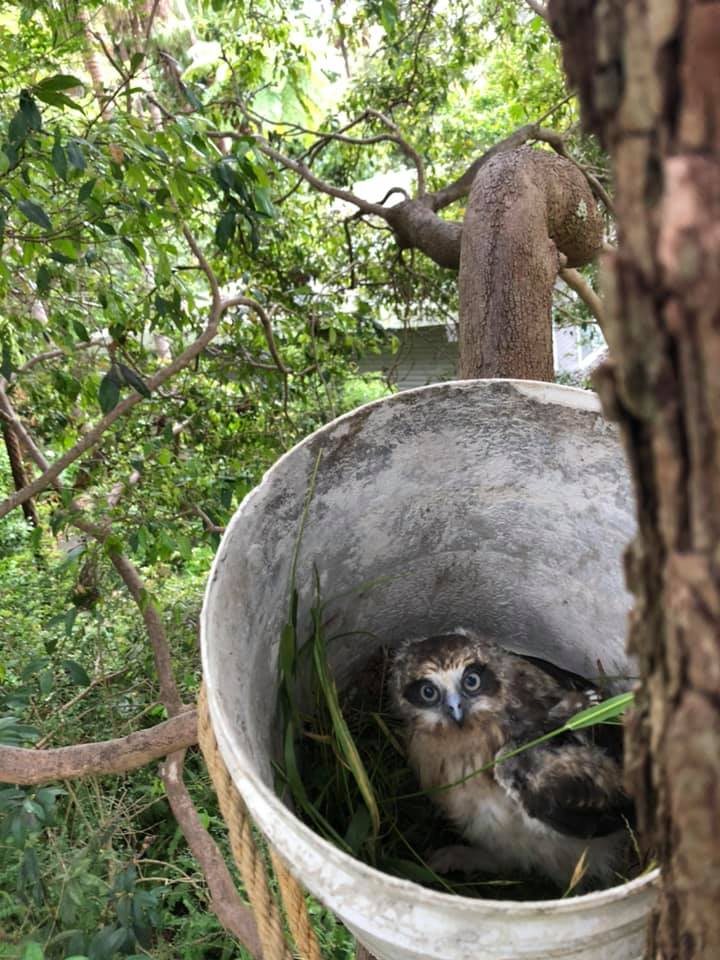
I’d like to extend my massive thanks to all involved for the effort made to help these birds. It’s great to know there’s people like these guys who care so deeply about our wildlife. Chicks of all species are fledging at the moment and may need a little extra help from us humans.''
The other recent rescue Helen has attended is a baby possum. More and more of these are coming into care as their tree homes are cut down without any checking to see if they are already inhabited by our wildlife.
Helen says;
''It’s baby season! And I have a huge soft spot for brushtail possums.
The little guy in this photo is a 300g brushtail Joey. He was found all alone, in the middle of the day on a concrete slab by the side of a building. How he wasn’t already dead, I don’t know. Cats, dogs, birds, snakes, humans……hunger, dehydration, exposure to the sun, wind, cold……either way, he’s a very lucky boy. What happened to his mum is unknown.
He’s very scared. He doesn’t know what’s happened to him, who this strange thing is who’s trying to feed a funny-tasting milk to him, where his mum is. He cries at night, calling for his mum, but she doesn’t come.
He will settle in a day or two and get used to the new milk (which is a specialised marsupial milk, purely for his stage of development. Other various types of milks can kill him) and he’ll begin to trust me, but I can’t replace his mum.
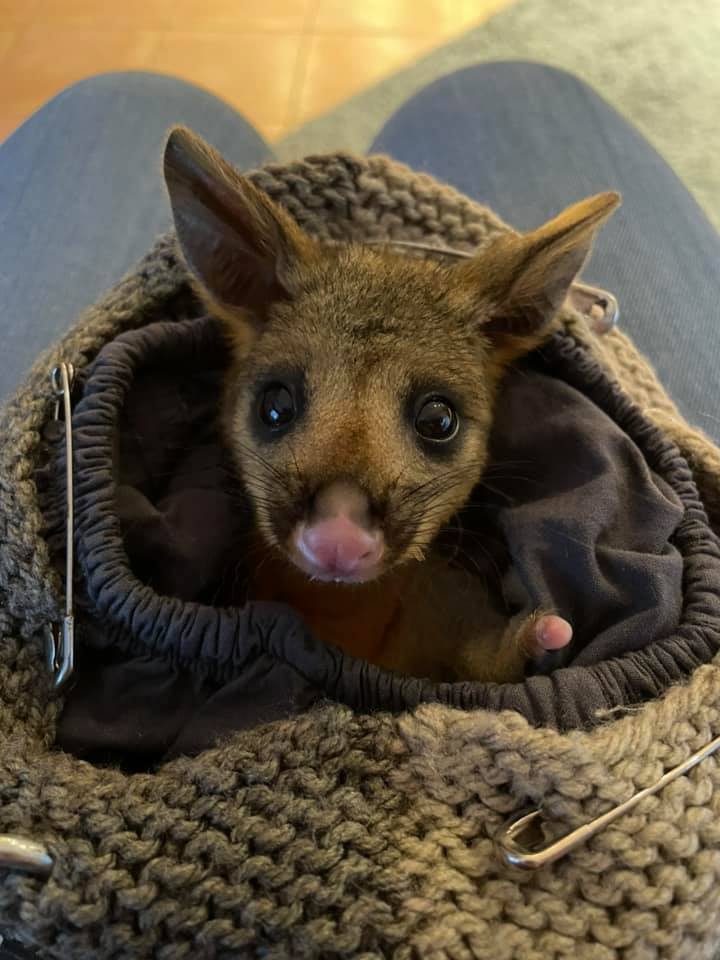
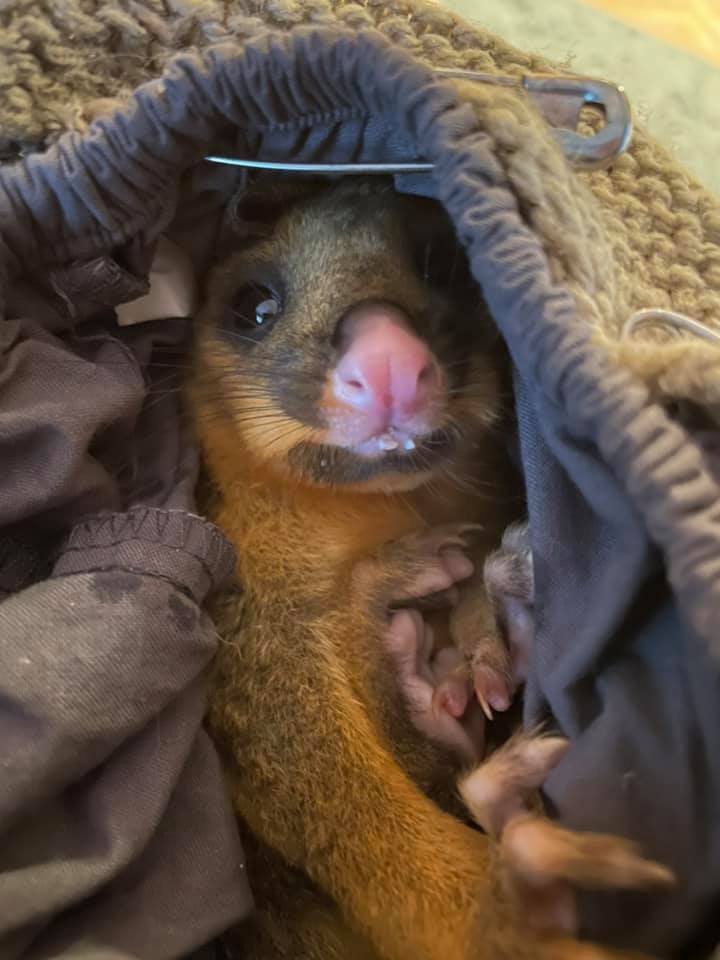
If you find a Joey on its own, it needs help. If you find one, please try to contain it and keep it safe from predators and exposure and call either Sydney Wildlife (Sydney Metropolitan Wildlife Services) or WIRES. If you find a dead possum (ringtail or brushtail), please check the pouch for a Joey. Brushies generally have one but ringtails will have 2, sometimes three. If you are unable to, that’s ok, but please call it in to a wildlife organisation so someone can attend to it.
If you find a native animal in need, or if you have concerns, please call either
Sydney Wildlife Rescue - 02 9413 4300
Or WIRES - 1300 094 737
NB: Please do not attempt to handle a raptor, snake or other wild animals unless you are trained as you may cause injury to them or yourself.
Nesting Boxes Available
We are licensed wildlife rescuers with Sydney Wildlife Rescue and have been making more and more wildlife boxes, both for our releases and for members of the public.
As fewer nesting areas are available and tree hollows are becoming rarer, as development takes over, our native wildlife are struggling. We have decided to make more boxes and sell them to the community with all profits going back to Sydney Wildlife.
They can either be painted and sealed to make them weatherproof or unsealed for you to paint yourself as a fun activity for the family to add your own personal touch.
The possum boxes will all have an access branch on the front. The Kookaburra boxes have an access tunnel to mimic a tree hollow.
Please email me if you’d like to purchase one at helenjanepearce@yahoo.com
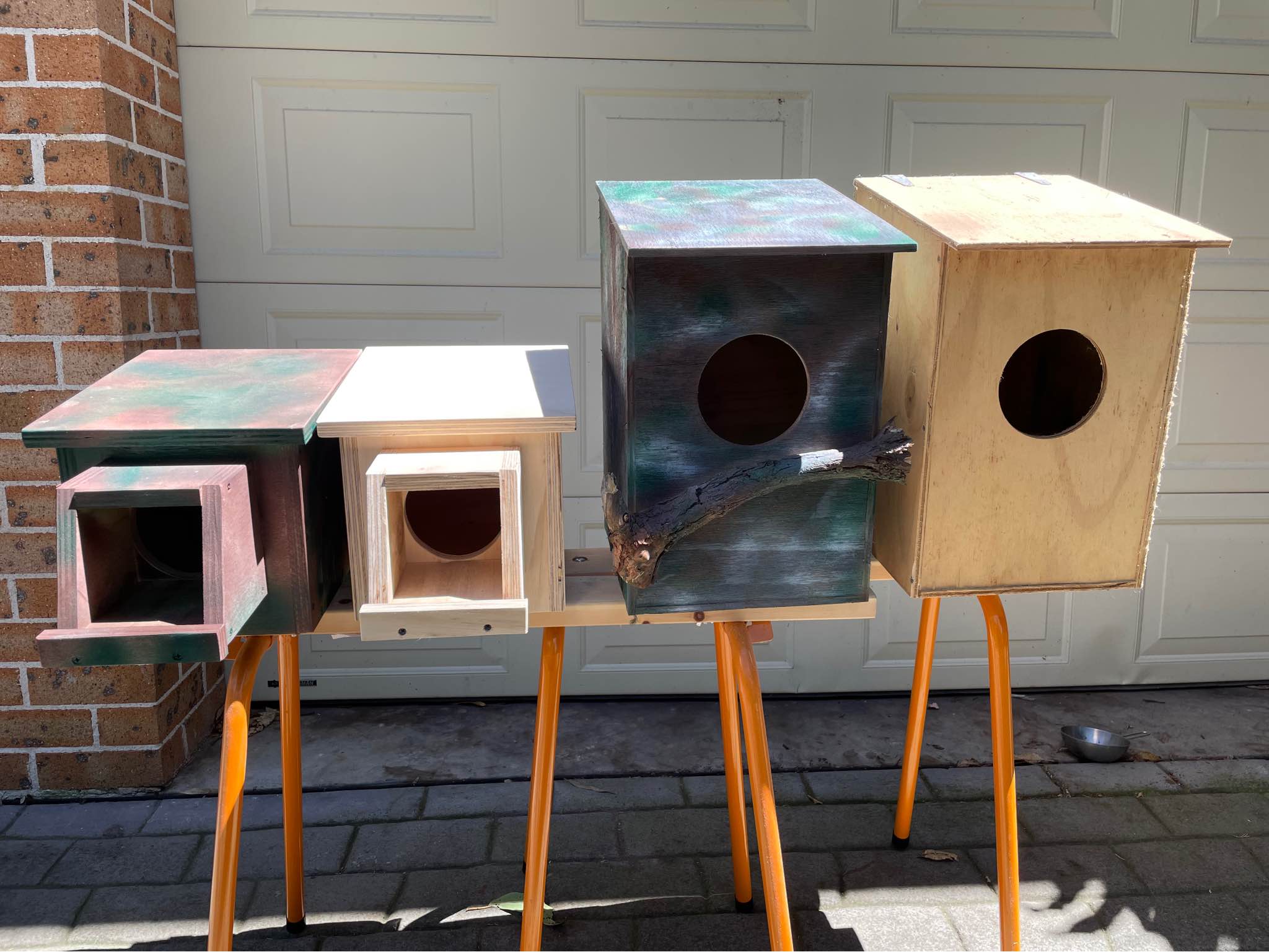
Photos: Helen Pearce
Taronga Zoo Receives AFP Christmas Gift
December 22, 2021
Re-gifting unwanted items is an eternal Christmas grey area, but Australian Federal Police members have embraced the concept this year for a very good cause at Sydney’s Taronga Zoo.
The AFP’s Eastern Command recently upgraded the two-way radio system used by AFP members during operational activity, leaving a surplus of 40 portable radios, associated accessories and infrastructure.
With the tech in good condition, the AFP wanted to help those who dedicate their time to look after furry victims.
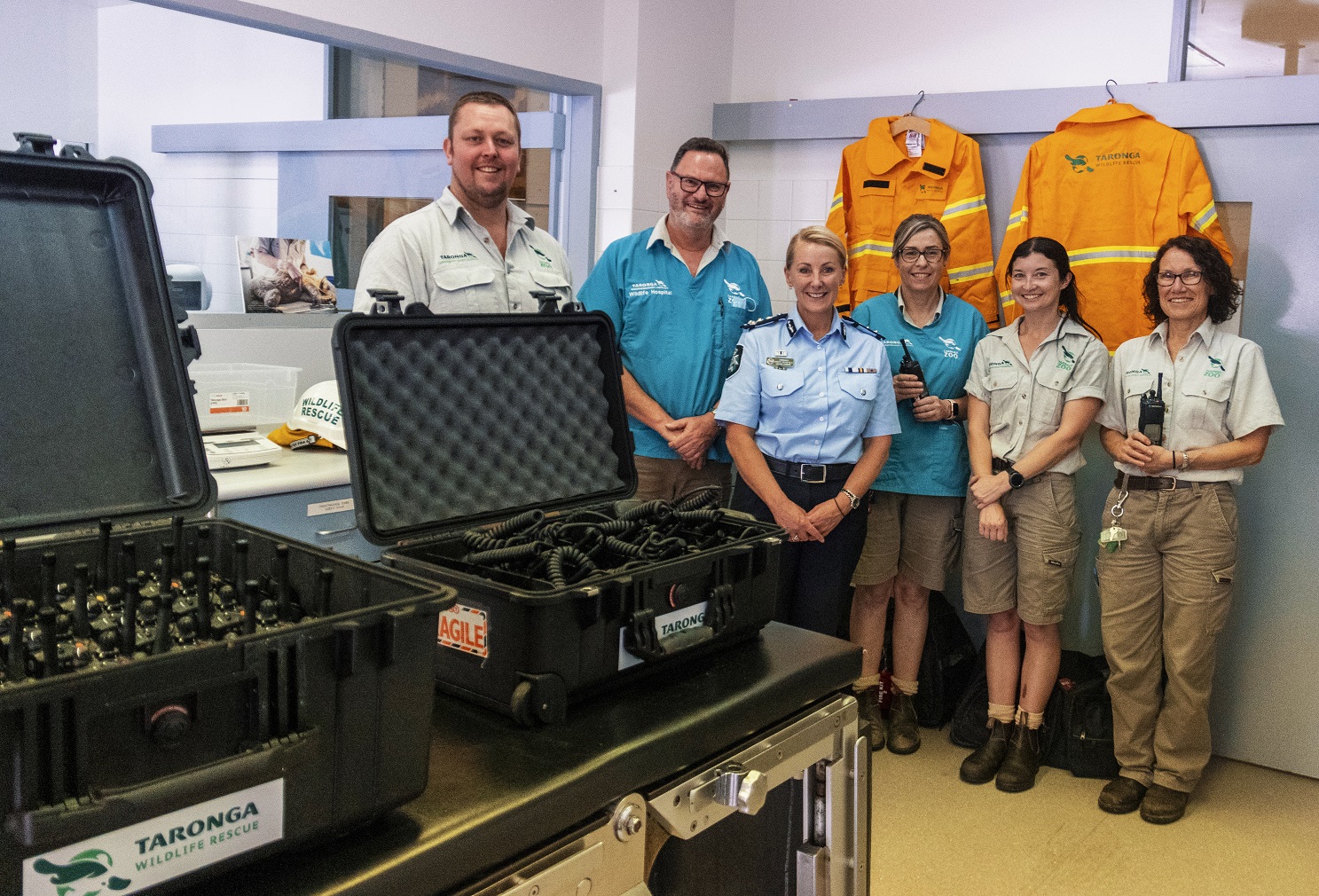
Photo: AFP
Assistant Commissioner Eastern Command Kirsty Schofield said the radio upgrade was to keep pace with modern policing needs, but it was evident the radios and equipment would be useful for someone else, instead of being consigned to e-waste.
“One of our AFP technical experts was doing volunteer emergency management work with the Taronga Zoo, and was impressed by the work of Taronga Wildlife Hospital and Vets Beyond Borders, and their commitment to wildlife rescue and recovery during disasters, such as bushfires,” she said.
“We talked with the Taronga Wildlife Hospital, as the leading wildlife emergency responder in NSW, and found they could use these radios for their emergency response activities in the field, or loan them out to rescue organisations like Vets Beyond Borders doing similar work.
“These radios are specialist equipment that could really help an organisation doing some important work, and the AFP was happy to help out where we could.
“It can’t be ruled out that the equipment may also be used by Santa to locate some stray reindeer on Christmas Eve.”
Nick Boyle, Divisional Director, Welfare, Conservation and Science at Taronga Conservation Society Australia said the equipment would be put to good use.
“We’re really thankful for this donated equipment from the Australian Federal Police which will help us carry out vital work to protect Australia’s iconic wildlife including koalas and platypus,” he said.
“Taronga’s Wildlife Hospitals are extremely busy helping sick and injured wildlife, with their workload sadly increasing each year – in the last year alone, we treated over 1,400 animals across our sites in Sydney and Dubbo.
“Taronga’s expertise is often called upon in climate emergencies with our teams stepping in as first responders. These radios will help improve our communications in the field, which will be invaluable to our dedicated staff when rescuing or bringing in injured wildlife.”
The AFP donation consisted of 40 portable radios and one tactical expeditionary repeater, which improves the range and quality of radios when used in areas with limited mobile phone coverage, or where communications services are affected or destroyed by a disaster.
AFP technical experts helped in the design and setup of the radios for their new use, and are providing training in how to use them and the repeater. The radios have been set up so they can communicate with Taronga Zoo’s network. If purchased new, each radio would cost $4000, and a repeater $20,000.
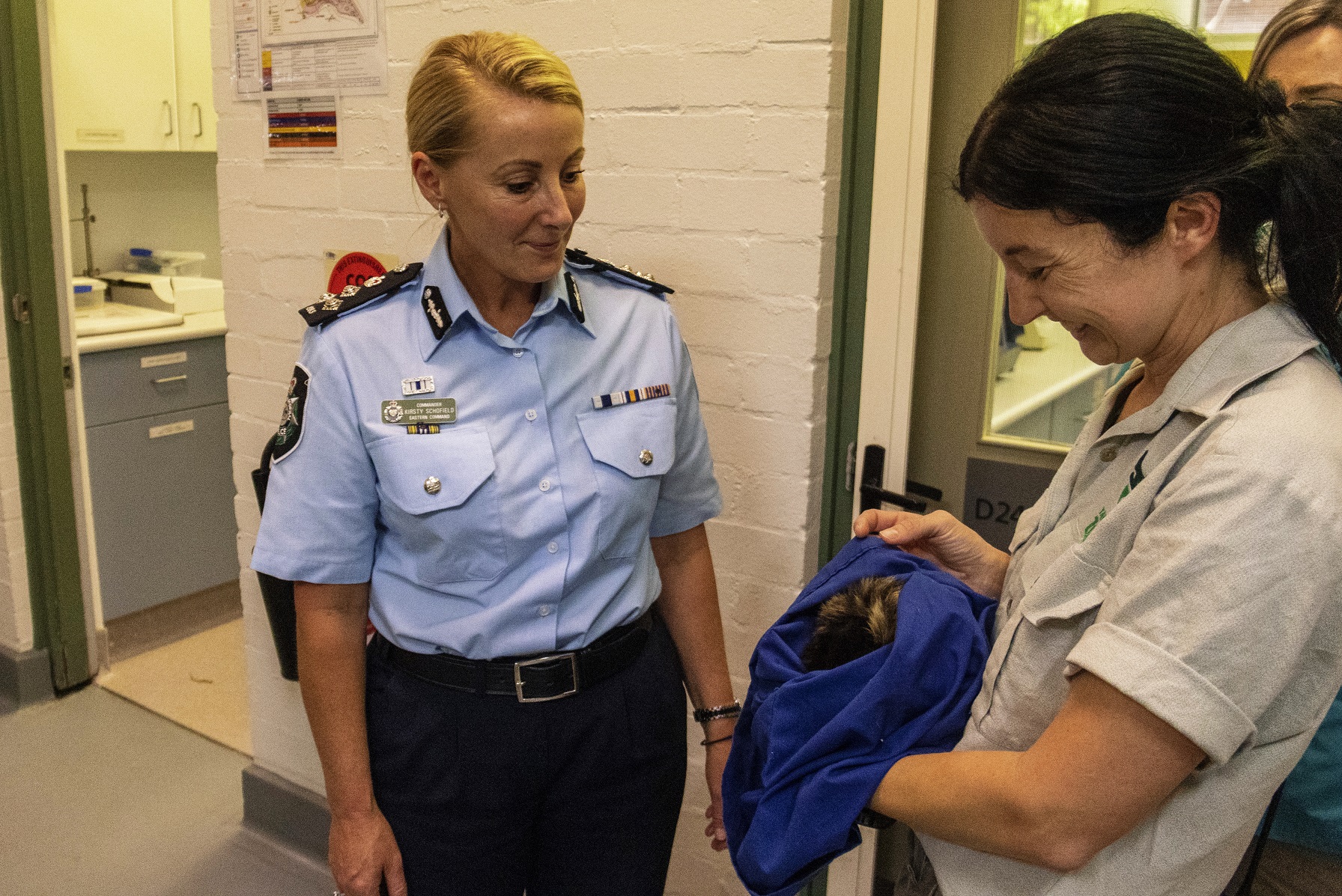
Photo: AFP
Key Koala Habitat Secured For Port Macquarie
December 17, 2021
The NSW Government has today announced the purchase of 194 hectares of prime koala habitat located adjacent to the Lake Innes Nature Reserve, south-west of Port Macquarie.
The purchase is funded as a joint initiative and only possible through the generous contribution of $3.5 million from Koala Conservation Australia (KCA) as well as from the NSW Government's landmark $193 million dollar investment in koala conservation.
Environment Minister Matt Kean said the purchase will protect core koala habitat of strategic importance in the Port Macquarie region which will help us reach our target of doubling the koala population by 2050.
"There has been sustained community advocacy to see this land purchased, and I want to pay particular tribute to the local member Leslie Williams and the KCA who have been instrumental in making this happen, their work will leave an enduring legacy for the community for generations to come," Mr Kean said.
"Our iconic koalas are increasingly threatened by the loss and fragmentation of habitat, this purchase will protect critical habitat from development and ensure the koala population in this area is safeguarded forever."
"Our plan is to add this purchase to Lake Innes Nature Reserve and declare it an Asset of Intergenerational Significance, which will provide the highest possible protections to this critically important population in perpetuity."
Member for Port Macquarie Leslie Williams said this is a victory for the many advocates in the local community who have fought so hard for this result.
"The conservation of koalas on this land will be boosted by an ongoing partnership between the NSW National Parks and Wildlife Service and KCA – a great demonstration of what can be achieved when government works closely with the community."
"It's such welcome news here in the Port Macquarie region that the NSW Government has recognised the significance of this land through our passionate local community campaign," Mrs Williams said.
"Our koala population here in Port Macquarie is beloved – a key part of our community's identity, their conservation helps to support the tourism economy attracting tourists who want to enjoy the magic of seeing a koala in the wild." she said.
"Most importantly, our community has the surety of knowing their children for generations to come will see koalas in the wild, which is cause for celebration."
Chairperson of Koala Conservation Australia Sue Ashton said they are delighted that this purchase is finally being made a reality.
"This is a huge win for the koala population in the Port Macquarie region and will play a critical role in helping the population recover after the terrible Black Summer bushfires," Mrs Ashton said.
"KCA is very pleased to partner with the NSW Government to secure this lasting legacy for one of our most iconic species."
As well as the koala, 3 additional threatened species (eastern coastal free-tailed bat, glossy black cockatoo and grey-headed flying-fox) have been recorded on the property.
It is expected more will be found through survey effort, noting another 44 threatened species that may use habitat on the land have been recorded within a 2-kilometre radius of the property.
Port Macquarie is an iconic area for koalas and the local community has strong association with koalas. The Koala (Guula) is a totem animal to the Birpai people and maintaining this population is of great cultural and spiritual importance to contemporary Birpai families.
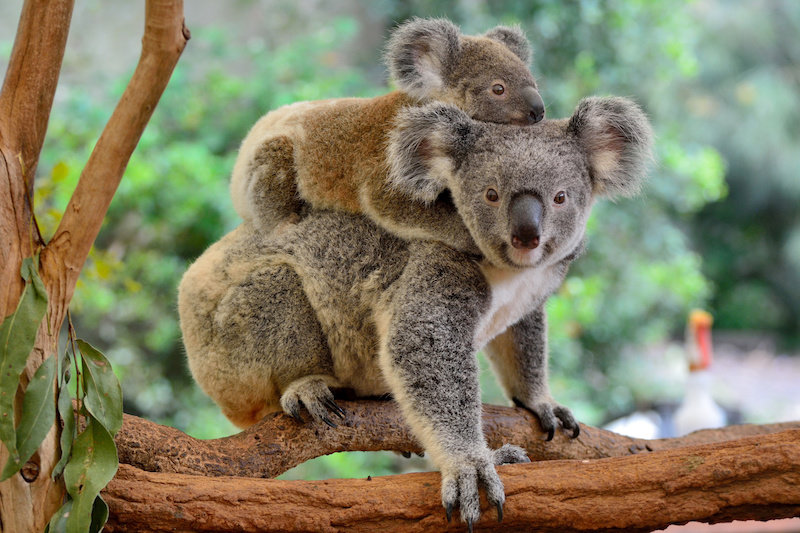
NSW Government To The (Genetic) Rescue Of The Endangered Eastern Bristlebird
December 6, 2021
The NSW Government is launching a genetic rescue mission to save one of NSW's rarest birds, the Eastern bristlebird, from extinction.
NSW Department of Planning, Industry and Environment Senior Threatened Species Officer Kelly Roche said there are only around 2500 Eastern bristlebirds remaining in the wild, most of which occur in small, isolated populations across eastern NSW and southern Queensland.
"Small, disconnected populations can suffer from low genetic diversity, which compromises their ability to breed and leaves them extremely vulnerable to threats such as wildfire, habitat loss, disease and climate change impacts.
"With so few birds remaining, we've reached a critical point where we must pull out all the stops to bring this endangered bird back from the brink, before it is too late.
"That's why under the Saving our Species program we are taking advantage of a cutting-edge conservation technique known as 'genetic rescue' in a bid to turn the tide on Eastern bristlebird extinction in New South Wales.
"Genetic rescue improves resilience by increasing genetic diversity in smaller populations by carefully introducing breeding individuals from suitable larger populations.
"We have gathered samples from wild Eastern bristlebirds across their entire range, including just last week on the North Coast, to obtain information on the genetic characteristics of each population.
"We will use this knowledge to selectively breed birds from different populations, with the aim of improving disease resistance, increasing genetic diversity and lifting fertility rates, particularly in the smallest population of birds located in northern NSW.
"The end goal is to see resilient populations of healthy birds, able to sustain population growth in the wild," said Ms Roche.
Along with genetic rescue NSW Government threatened species experts will continue to implement on-ground habitat management actions which are also helping to reverse the decline.
Actions undertaken as part of Savings our Species program include detailed population mapping, implementing appropriate fire regimes to enhance habitat, and extensive weed and feral animal control. Saving our Species is also working with landholders in known habitat zones to promote habitat protection and encourage sustainable stock grazing.
The genetic rescue project is being undertaken in collaboration with Currumbin Wildlife Sanctuary (CWS), Cesar Australia, the Victorian Department of Environment, Land, Water and Planning (DELWP), University of Queensland, Parks Australia and the Australian Department of Defence.
The eastern bristlebird (Dasyornis brachypterus) is a species of bird in the bristlebird family, Dasyornithidae. It is endemic to Australia. Its natural habitats are temperate forests, temperate shrubland, and temperate grassland. It is threatened by habitat loss. Sites identified by BirdLife International as being important for eastern bristlebird conservation are the Scenic Rim on the border between southern Queensland and northern New South Wales, Budderoo and Barren Grounds, Jervis Bay, and Nadgee to Mallacoota Inlet straddling the border between south-eastern New South Wales and eastern Victoria.
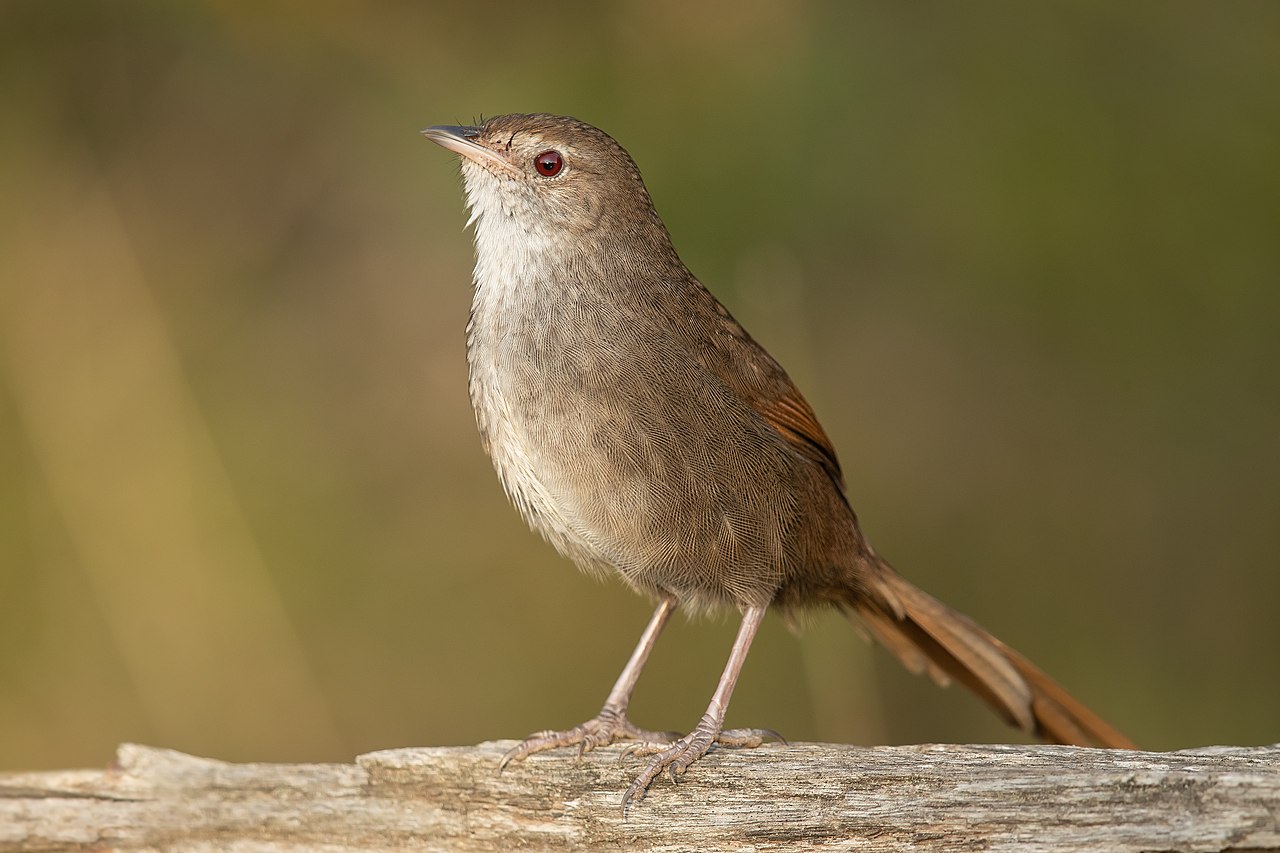
Eastern bristlebird (Dasyornis brachypterus). Currarong, New South Wales. Photo: John J Harrison.
Killalea Reserve Gets Parks Protection
December 6, 2021
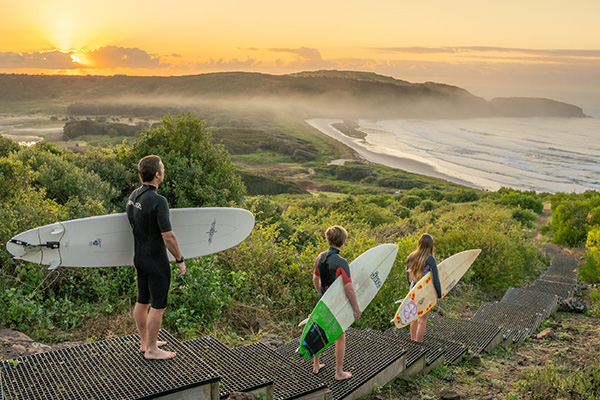 One of the Illawarra’s most popular destinations, Killalea State Park, will be added to the NSW National Parks estate, creating one of NSW’s newest Regional Parks.
One of the Illawarra’s most popular destinations, Killalea State Park, will be added to the NSW National Parks estate, creating one of NSW’s newest Regional Parks.
Environment Minister Matt Kean said the transfer, from NSW Crown Lands, was a major win for the community who have campaigned for greater protections for some time.
“Killalea is an area of incredible ecological and cultural importance and a space that is much loved by locals attracting about 30,000 visitors a month,” Mr Kean said.
“As a Regional Park, Killalea will continue to be treasured, while at the same time its plants, animals, birds and threatened species will be protected for future generations,” Mr Kean said.
Minister for Water, Property and Housing Melinda Pavey said the 260-hectare park will be dedicated as a Regional Park and protected by national parks legislation.
“Dedication of Killalea Regional Park will ensure this spectacular coastal location remains a pristine spot for camping, world class surfing, bushwalking, fishing and picnics,” Mrs Pavey said.
“The reserve is currently managed by Reflections Holiday Parks who welcome the outcome for it to come under the care of the National Parks and Wildlife Service (NPWS) and recognise its unique environmental and cultural values.”
The Park is home to diverse vegetation types that support nine endangered ecological communities and provides habitat for many bird species.
Migratory shorebirds such as the Sooty and Pied Oyster Catcher are also known to nest at Killalea.
NPWS will develop a new Plan of Management for Killalea Regional Park when the transfer takes place, working with local residents, Aboriginal groups, Council, the surfing community and environmental groups.
NSW Sets The Bar For World's Best Public Spaces
December 8, 2021
New South Wales has unveiled its commitment to delivering equal access to better public spaces, with the launch of the NSW Public Spaces Charter at the World Urban Parks Congress in Sydney today.
Minister for Planning and Public Spaces Rob Stokes said the Charter established a set of ten unifying principles to underpin the creation and improvement of high-quality public spaces across the State.
“As NSW’s first Minister for Public Spaces, it is our Government’s priority to provide equal access to public space and I encourage councils, industry and the community to sign up to the Charter to unify that commitment,” Mr Stokes said.
“The pandemic has emphasised the need for safe and welcoming public space, and the NSW Public Spaces Charter will set a design bar for achieving that.
“The Charter provides ten principles for quality public space that have been designed to maximise the social, cultural, environmental and economic benefits that public space delivers.”
During 2022, signatories will be supported with advice on how to implement the NSW Public Spaces Charter into their organisation or practice.
“The benefits of becoming a signatory include access to NSW Government one-on-one support, a community of practice, promotional opportunities and data sharing.”
The NSW Public Spaces Charter has been developed in close alignment with the United Nations Charter of Public Space which was developed in 2013 and formed a basis for the Global Public Space Toolkit.
To view more information, visit: NSW Public Spaces Charter.
To register your interest in becoming a signatory, visit: Sign up to the charter.
Looking After Liverpool's Feathered Friends
December 9, 2021
Wildlife volunteer Luke Williams and his team have received more than 1,800 calls for assistance and released more than 1,150 rescue animals back into the wild in the past two years.
The Bundjalung man from Horningsea Park is the Avian Coordinator for the Cumberland Branch of WIRES whose love for nature started early.
“I’ve had an affinity for our land and animals my entire life,” Mr Williams said.
“Even as a young boy, I was always finding animals, injured or sick and my parents would tell me ‘you can’t keep them in the house, they need to go back to the wild’. My folks were always driving me to the vet to drop off animals and I always had an interest in looking after them.”
Like the animals he cares for, Mr Williams has had his own ups and downs over the past 24 months, losing his job to COVID-19 after a previous injury. But his work with WIRES has helped provide him with a sense of purpose and motivation.
Mr Williams is the first point of contact for people reporting injured birds in the south west Sydney area. From ducks, tawny frogmouths and owls to rainbow lorikeets, cockatoos and magpies. If you can name a bird species that nests in Sydney’s west, he’s helped identify and care for it.
One of his most memorable rescues was an emu found wandering down a footpath in West Hoxton after escaping from a nearby property. When Mr Williams arrived on scene with local police following the animal down the street in front of amazed locals.
He and another WIRES volunteer then kept the emu calm as they waited for a special response team from the NSW National Parks and Wildlife Service to attend.
Without the support of WIRES’ Cumberland Branch’s 86 members and partnerships with local veterinary clinics, Mr Williams says their work wouldn’t be possible.
“I love being able to help nurture and rehabilitate our animals, and I love seeing them being released, after they’ve been in care. It’s very rewarding to see their transformation,” Mr Williams said.
Member for Holsworthy Melanie Gibbons thanked Mr Williams and his team for their ongoing work.
“Volunteer-driven organisations are the backbone of our communities, making them safer and stronger and help build a more resilient and inclusive NSW,” Ms Gibbons said.
“Groups likes WIRES contribute so much and play a vital support role not only protecting our wildlife, but improving people’s wellbeing too by creating the connections so necessary to building our communities.”
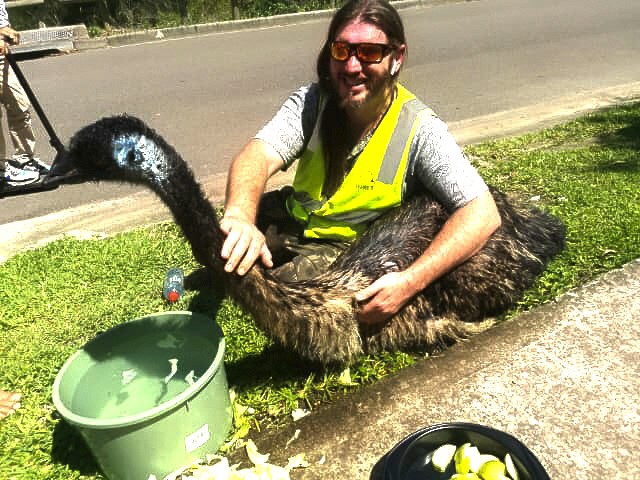
Luke Williams keeping the emu cool while waiting for the special response team. Photo: supplied
Mice Support Extended Into 2022
December 9, 2021
The NSW Government has today announced mice bait rebates for farmers, small businesses and households have been extended into 2022, while primary producers will now be able to make multiple claims for zinc phosphide purchases, up to the $10,000 cap.
Deputy Premier and Minister for Regional NSW Paul Toole said the changes ensured the mice bait rebates would benefit those in the bush who need it most ahead of a potential post-harvest surge.
“The reports we are getting indicate mice numbers are down, but we can’t be complacent, which is why we’ve extended the deadline,” Mr Toole said.
“Under the changes, households and small businesses will have until 31 January to claim up to $500 or $1,000 respectively to help meet the cost of mice baits, traps and cleaning materials bought after 1 February 2021.
“Primary producers, who can claim up to $10,000 in zinc phosphide based bait rebates, will also have until 31 January next year to claim. This change means farmers can better protect crops from any resurgence in mice numbers.
“More than 52,500 households and 6,500 small businesses have taken advantage of this rebate worth more than $31 million so please get your applications in. It’s an easy process both if you’re a small business or household applying through Service NSW, or the Rural Assistance Authority if you’re a primary producer.”
Minister for Agriculture Adam Marshall said the primary producer rebates had proven very successful so far, and were critical in helping keep numbers down.
“Now is not the time for farmers to be doing paperwork, they should instead be focused on managing their properties through harvest and rain events,” Mr Marshall said.
“Farmers did the right thing and baited with zinc phosphide early, ahead of the current harvest, and they will now able to make multiple claims up to the $10,000 cap and get cash flow support sooner.
“The experts are also telling us, although the number of mice has reduced, it is critical to make this harvest as clean as possible to reduce available food and shelter – which is why we’ve extended the deadline for applications.”
Mr Marshall said the NSW Rural Assistance Authority (RAA) had so far approved more than 800 rebates worth $5.5 million.
“The RAA has already approved millions of dollars in rebates, however I want to see
as much money back in farmers’ pockets as possible,” Mr Marshall said.
“We continue to work closely with bait manufacturers to ensure there is enough zinc phosphide concentrate available to produce the bait farmers need to protect harvest.”
For information on rebates for small businesses and households, visit Service NSW.
For information on zinc phosphide rebates, visit the Rural Assistance Authority.
Read the latest information about the mice plague, including information about eligibility, how rebates can be claimed as well as health advice.
Simplified Policies To Drive Planning Reform
- Introduce nine planning principles to guide the planning system, creating clear strategic approaches to delivering housing, jobs, infrastructure and good design;
- Consolidate 45 existing SEPPs into 11 aligned with the planning principles to bring together controls and set a roadmap for ongoing planning reform; and
- Simplify and rationalise other policy including Ministerial directions and planning circulars to align with the planning principles.
Dendrobium Coal Mine Declared State Significant Infrastructure
On Saturday December 4, 2021 Deputy Premier and Minister responsible for Resources Paul Toole said a proposal to extend Dendrobium coal mine had been declared State Significant Infrastructure (SSI) given its importance to Port Kembla steelworks and its thousands of employees.
“Dendrobium is a critical source of coking coal for the Port Kembla steelworks and the decision to declare the project SSI will provide thousands of workers with greater certainty on the future of their jobs,” Mr Toole said.
“This decision recognises the proposal’s potential economic benefits, with the mine already contributing $1.9 billion to the State’s economy each year, employing 4,500 workers and supporting another 10,000 jobs across the Illawarra.”
On February 5 of this year the Independent Planning Commission refused the company's proposed extension under the Sydney Water Catchment.
South32 wants to extract an additional 78 million tonnes of coal from its Dendrobium mine, west of Wollongong, through to 2048.
The company had received approval from the state Department of Planning for the $956 million project but was blocked by the IPC.
The state's planning authority found the impacts of the project outweighed the benefits.
In its reasons it said "the level of risk posed by the project has not been properly quantified and based on the potential for long-term and irreversible impacts — particularly on the integrity of a vital drinking water source for the Macarthur and Illawarra regions, the Wollondilly Shire and Metropolitan Sydney drinking water — it is not in the public interest".
The IPC also raised concerns about the longwall design, the degradation of watercourses and loss of swampland.
WaterNSW also "strongly opposed" the extension, finding it would cause significant environmental impact in watercourses and "would fundamentally change the hydrological and ecological functions" of upland swamps.
Then the proponents, South32, stated that as many as 2,000 jobs in the region were at risk if a reworked mine plan was not considered.
The company then commenced proceedings in the Land and Environment Court, seeking a judicial review of the IPC assessment of the Dendrobium mine.
Minister for Planning and Public Spaces Rob Stokes said Dendrobium mine’s proponent, South32, had taken into consideration concerns raised by the Independent Planning Commission.
“The decision to declare Dendrobium SSI followed support for a motion passed in the Legislative Council early this year. It will now go through a rigorous assessment process and the community will still have their say,” Mr Stokes said.
An SSI declaration does not change the Department of Planning, Industry and Environment’s rigorous assessment of the proposal to extend Dendrobium coal mine.
South32 can now request assessment requirements to prepare an Environmental Impact Statement which will then go on public exhibition for community feedback and detailed assessment.
Draft Cycling Strategy For NSW's National Parks
The Draft Cycling Policy, Draft Cycling Strategy and Draft Cycling Strategy: Guidelines for Implementation is on public exhibition until 30 January 2022.
The scope of this new strategy is broad. It includes all types of cycling experiences in our parks. It is complemented with a more detailed set of guidelines for implementation and updates to our Cycling policy.
- The Draft Cycling policy builds upon our experience from previous versions and has been updated in parallel to the draft strategy. It identifies in a legislative framework where cycling is permissible in parks.
- The Draft Cycling Strategy outlines our vision, objectives and priorities for the provision of cycling experiences.
- The Draft Cycling Strategy: Guidelines for Implementation provides further details on the processes and procedures that National Parks and Wildlife Service (NPWS) will apply to assess, approve, manage and monitor cycling opportunities within NPWS estate as detailed in the Cycling Strategy.
- The draft Cycling Strategy sets a precedent for managing the conservation of natural and cultural heritage values in our parks as a priority and then allows for the development of compatible cycling opportunities. Not all cycling activities will be suitable in all parts of parks.
- The draft Cycling Strategy details a clear framework for how we seek to provide for, and manage, cycling opportunities within parks. The processes for cyclists to work with National Parks and Wildlife Service are made clear. We intend to work collaboratively with stakeholders and other land managers to tackle key challenges including, unauthorised tracks, the safety and enjoyment of visitors on multi-use trails and the provision of park visitor facilities.
- The draft Guidelines for Implementation address the way we will deliver the Cycling Strategy, including the approval process for new tracks and networks, the rehabilitation of unauthorised tracks, how we will work with external parties (including volunteer groups) and our management of cycling experiences. These documents will replace the Sustainable Mountain Biking Strategy 2011.
Public online presentation
You are invited to an online public presentation on Wednesday, 1 December, 12:00 – 1:00pm. Please register to attend this presentation.
Your feedback on the draft Cycling Policy, strategy and implementation guideline documents is valued. Our response to your submission will be based on the merits of the ideas and issues you raise rather than just the quantity of submissions making similar points. For this reason, a submission that clearly explains the matters it raises will be the most effective way to influence the finalisation of the plan.
Submissions are most effective when we understand your ideas and the outcomes you want for park management. Some suggestions to help you write your submissions are:
- write clearly and be specific about the issues that are of concern to you
- note which part or section of the document your comments relate to
- give reasoning in support of your points - this makes it easier for us to consider your ideas and will help avoid misinterpretation
- tell us precisely what you agree/disagree with and why you agree or disagree
- suggest solutions or alternatives to managing the issue if you can.
Have your say by Thursday 30 January 2022.
There are three ways to provide feedback:
Formal submission: Address: Manager, NPWS Planning Evaluation and Assessment Locked Bag 5022 Parramatta NSW 2124
BASIX Higher Standards: Feedback Open
The NSW Government are improving BASIX standards to build more comfortable homes, cut energy costs and contribute to our target of net zero homes by 2050.
This is part of the Trajectory for Low Energy Buildings, a national plan that aims to achieve zero energy and carbon-ready buildings. The plan proposes increases to the energy efficiency provisions in the National Construction Code (NCC) for residential buildings from 2022.
What do the proposed new standards mean:
- Cheaper energy bills. You’ll use less electricity so your bills will be cheaper – saving as much as $980 a year on energy bills.
- More comfortable homes. Your home will be naturally cooler in summer, warmer in winter, which means you won’t be turning the heater or air conditioner on as often
- Fewer carbon emissions. This contributes towards our goal of net zero homes by 2050
The proposed higher standards
Te NSW Department of Planning welcome feedback on the proposed increases to BASIX standards. The proposed changes can be found in the Proposed BASIX Higher Standards document. This document shows a map of the climate zones in NSW.
The proposed thermal performance and energy standards vary according to climate zones.
The tables show the proposed maximum allowable thermal loads and the energy standards for the climate zones.
Technical information about the changes
The proposed BASIX thermal performance and energy standards vary depending on;
- location based on climate
- building type for apartment buildings
Standards for most new residential buildings are proposed to increase across NSW from late 2022. Exceptions include apartment buildings up to 5 storeys and properties in the NSW North Coast climate zone.
The North Coast climate zones where standards won’t be changed are climate zones 9, 10 and 11 defined by the Nationwide House Energy Rating Scheme (NatHERS). They are predominantly on the NSW North Coast but also include Port Stephens and Maitland.
Other documents
Proposed BASIX Higher Standards
Cost Benefit Analysis report
BASIX Higher standards FAQ
Have your say
The government welcome your feedback on the proposed BASIX higher standards from Wednesday, 17 November until January 17 2022. The BASIX higher standards exhibition aligns with the Design and Place SEPP exhibition.
The exhibitions will close on the same day, currently expected in January 2022.
Visit: www.planningportal.nsw.gov.au/draftplans/exhibition/basix-higher-standards
Home Design To Drive Energy Bills Down
November 22, 2021
New sustainability standards for homes will save residents up to $980 a year on energy bills and reduce the State’s carbon footprint as we move to net-zero emissions by 2050.
The Building Sustainability Index (BASIX) is a key assessment tool that ensures new homes are comfortable to live in regardless of the temperature, are more energy efficient and save water.
Minister for Planning and Public Spaces Rob Stokes said BASIX had prevented 12.3 million tonnes of greenhouse gas over the past 17 years – equivalent to taking 2.5 million cars off the road.
“These proposed increases in standards will see more energy-efficient homes from Double Bay to Dubbo and beyond, with better design, better insulation, more sunlight and more solar panels,” Mr Stokes said.
“We want to lift BASIX standards even higher to drive down emissions further, saving another 150,000 tonnes a year and helping to achieve net-zero emissions by 2050.
“Better design will keep your home naturally cooler in summer and warmer in winter, so you won’t be turning the heater or air conditioner on as often.
Energy bills are expected to reduce significantly as a result of the new BASIX standards:
- Savings of up to $190 each year for people living in high-rise apartments;
- Savings of up to $850 each year for people living in new Western Sydney houses; and
- Savings of up to $980 a year for people living in new houses in the regions.
“To showcase the benefits of these new measures, we’re inviting up to 10 builders to test the proposed BASIX requirements ahead of its official roll out next year,” Mr Stokes said.
These new targets complement work underway, such as planting one million trees and investing $4.8 million to make building materials more environmentally friendly.
The community is encouraged to provide feedback on the proposed BASIX changes by Monday 31 January, 2022 at planningportal.nsw.gov.au/BAS IX- standards
Draft Marine Park Management Plan Released
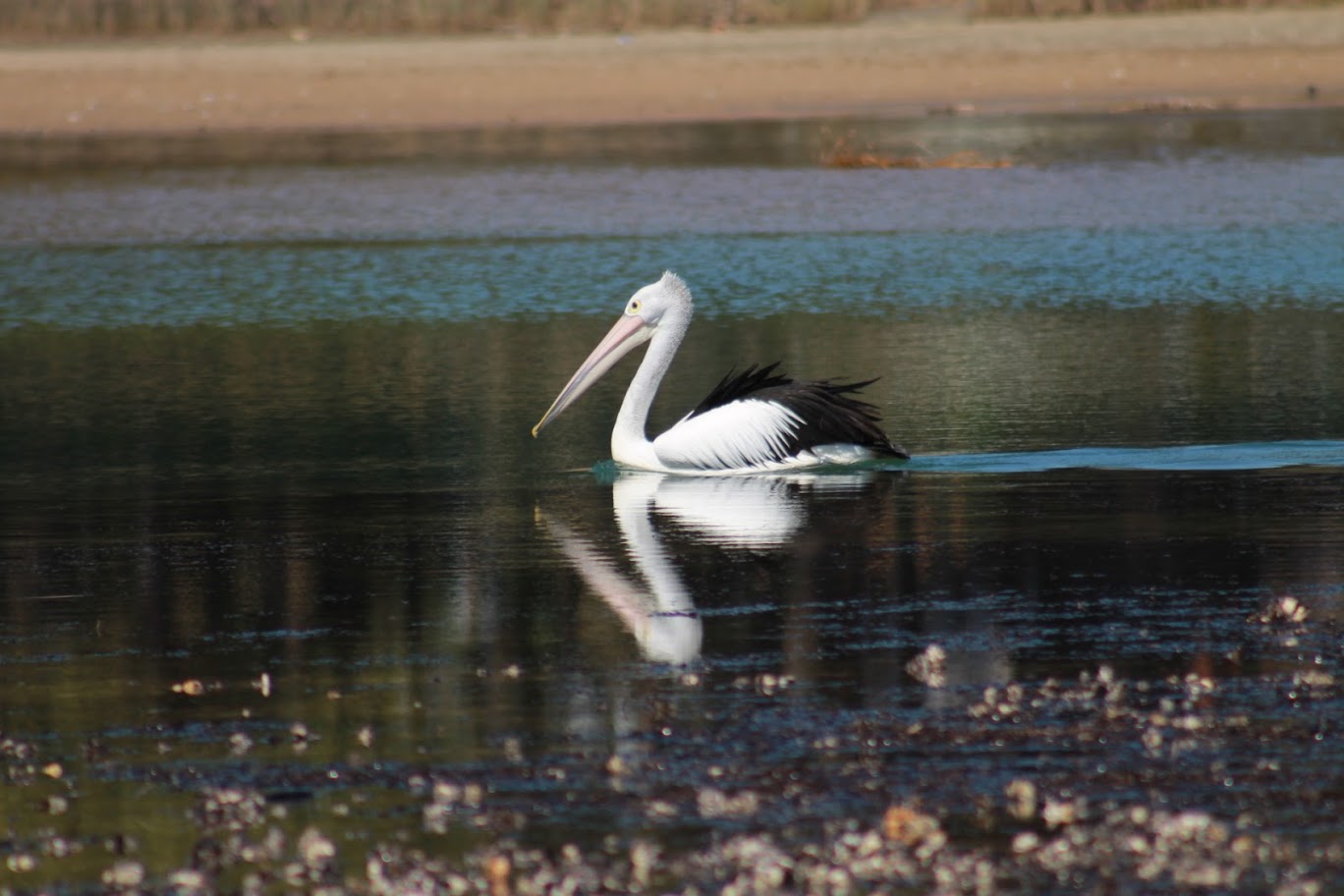
Nature is hiding in every nook of Australia’s cities – just look a little closer and you’ll find it
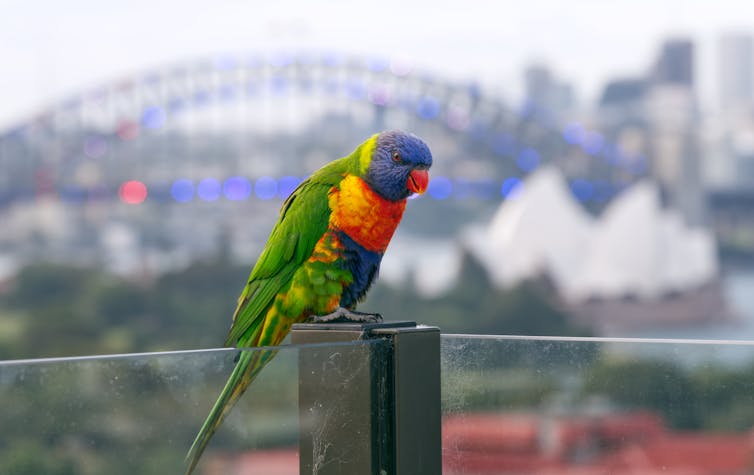
Thanks to technological advances, citizen science has experienced unprecedented global growth over the past decade. It’s enabled millions of people to get involved in science, whether by gathering data, sharing health information or helping to map galaxies.
And just because you live in a city, it doesn’t mean you can’t observe, learn about and contribute to scientific understanding of the natural world. Sometimes, it just means looking a little closer.
However, our recent study revealed in Australia, the number and diversity of urban ecology citizen science projects is relatively low.
This is despite cities being important places of conservation and discovery. There’s enormous value in citizen science projects that encourage urbanites to learn about what is often, quite literally, on their doorsteps.
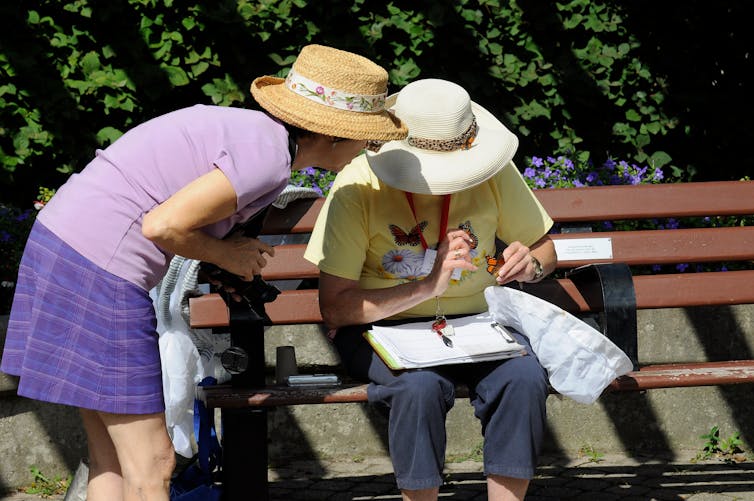
Cities Are Important For Conservation
Recent COVID-19 restrictions mean many of us became more intimately connected to the environment around us. But there is still an overriding perception of urban areas as wastelands devoid of rich and diverse species.
It’s true that for many centuries, vegetation in urban areas has been removed to make way for buildings, roads and other human structures. In many cases, this had led to a more homogeneous composition of species and, in Australia’s case, a seeming predominance of introduced plant and animal species.
However, recent literature has shown cities remain vital habitats for many native species. This includes threatened species such as the fringed spider orchid, found only in Greater Melbourne.
Recent research found 39 nationally threatened species live only in Australian cities and towns, including the western swamp tortoise in Perth and the angle-stemmed myrtle in Brisbane.
It’s important to preserve native vegetation remnants in towns and cities, as well as traditional urban green spaces like parks, cemeteries and backyards.
But it’s just as important to understand which species call these areas home and why. That’s where citizen science can play a big role.

What We Found
We set out to examine the extent to which urban ecology projects in Australia harnessed the resources of citizen scientists. We did this by analysing the projects listed in the Citizen Science Project Finder, hosted by the Atlas of Living Australia.
Of 458 active citizen science projects, only 19 (or 5.3%) were focused on urban environments. Given the number of urban residents in Australia, this constitutes a significant under-representation of projects tailored for these people.
Most of the 19 projects focused on four major cities – Sydney, Brisbane, Perth and Adelaide – while other major cities were notably omitted.
Eight projects focused on broad census approaches – essentially ad hoc observations focused on birds or all flora and fauna in a region. Documenting the presence of various species in urban areas is important. But there’s potential for citizen scientists to help answer more targeted research questions.
For example, grey-headed flying foxes have been documented re-colonising habitat in Melbourne they were once absent from. As cities continue to grow, knowing which species can persist and which have been pushed out is incredibly valuable – and citizen scientists can help in this task.
Also, many of the 19 projects did not provide an easy way to participate, such as easy links to platforms to record and upload data. We were also unable to find scientific papers where results from any of the 19 projects had been published.
Publications would further strengthen the validity of a citizen science approach in urban environments and add another way to measure success.
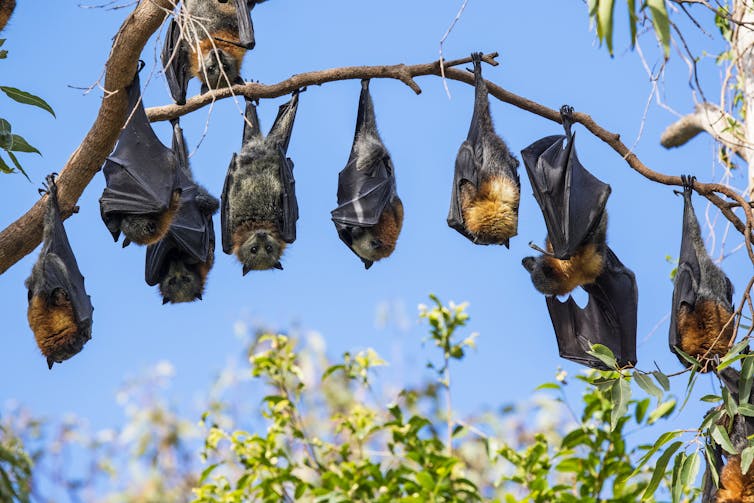
Citizens Are Good For Science
More than 70% of Australians live in a major city. This offers a large pool of potential participants in citizen science projects.
And cities are home to people from a variety of cultures, backgrounds, ages and mobilities. There is increasing acknowledgement that science is enhanced by increasing the diversity of people involved. So a greater number of urban citizen science projects would be good for science.
What’s more, urban projects can provide data from places not typically accessible to professional scientists such as backyards and school grounds. They also allow for the collection of observation-rich and continuous data, which is rare even in professional settings.
And of course, citizen science projects benefit the participants themselves – encouraging people to get outdoors, get active and connect more deeply with nature.
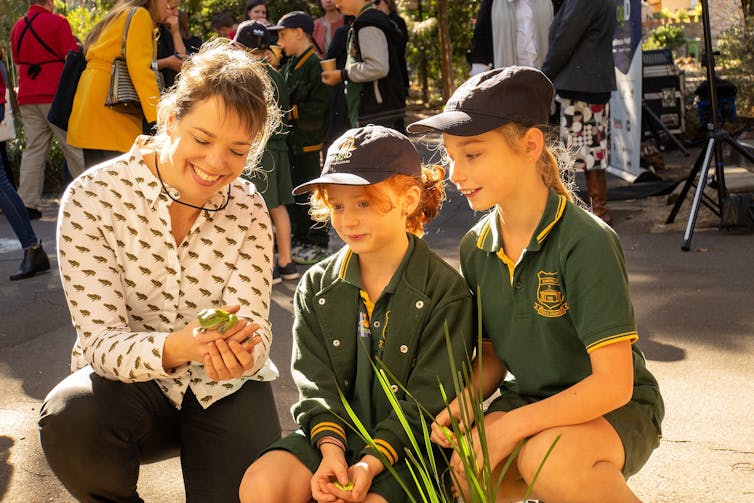
A Tool For Measuring Change
Increasing citizen science in cities could help to shift an overriding narrative that cities are not important places for biodiversity. This may in turn afford greater concentrated effort towards conserving remaining urban green spaces.
Citizen science could help answer key ecological questions about urban environments. For example, research last year showed how citizen scientists helped document species seeking refuge in urban areas following Australia’s horrific 2019-20 bushfires. Expanding such an approach could lead to a better understanding of how cities function as biodiversity refuges.
And a greater focus on citizen science in cities would also enable residents to engage in their surroundings, share their knowledge and help inform the management of the environment around them.![]()
Erin Roger, Citizen Science Program Lead, CSIRO and Alice Motion, Associate professor, University of Sydney
This article is republished from The Conversation under a Creative Commons license. Read the original article.
100 years ago, this man discovered an exquisite parrot thought to be extinct. What came next is a tragedy we must not repeat
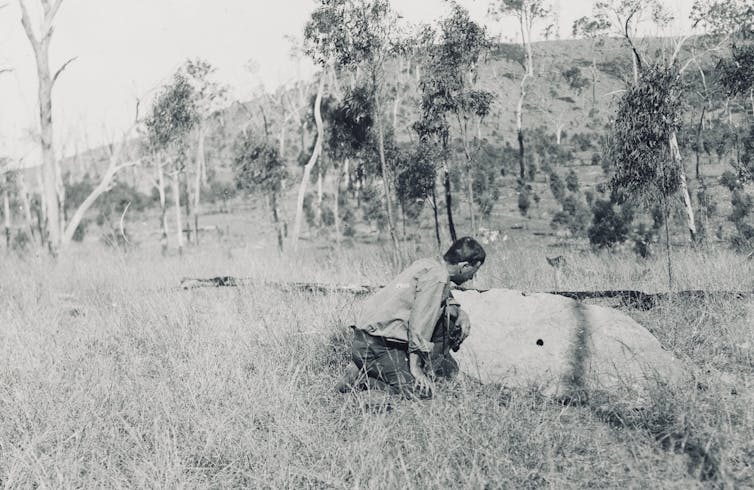
Exactly 100 years ago tomorrow, a bird that had been relegated to extinction made a comeback. The exquisitely beautiful paradise parrot was rediscovered by Cyril Jerrard, a grazier from Gayndah in Queensland’s Burnett district, on December 11 1921.
But its return was fleeting. Scattered pairs were seen around Gayndah until 1929. Some were seen around nearby Gin Gin in the 1930s. After that came only rumour and hope.
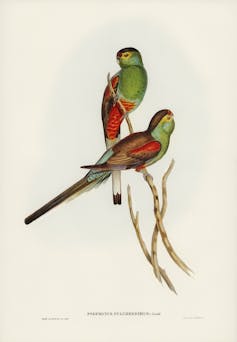
Today, the paradise parrot has the tragic status of extinct. It’s the only mainland Australian bird species known to have suffered that fate since colonisation.
On the 100th anniversary of the parrot’s rediscovery, we might revisit the event and consider why the bird’s resurrection was so brief. From that, we may gain insights into how to help the many species threatened with extinction today.
Our ‘Avarice And Thoughtlessness’
In 1924, a few years after rediscovering the paradise parrot, Jerrard identified the reasons for its decline. “Directly by our avarice and thoughtlessness,” he wrote, “and indirectly by our disturbance of the balance so nicely preserved by nature, we are undoubtedly accountable for the tragedy of this bird.”
Although a grazier, he acknowledged “the most fatal change of all” was wrought by the pastoral industry.
Jerrard’s collaborator in trying to save the bird, the journalist and birder Alec Chisholm, also nominated pastoralism – especially the burning of grasslands – as a main factor in the decline, along with trapping for the aviary trade and feral cats.
But while Jerrard and Chisholm could point out why the paradise parrot was sliding towards extinction, they were unable to do much about it. In books, newspapers and magazines, Chisholm publicised the parrot’s plight and pleaded for its preservation. His pleas didn’t exactly fall on deaf ears, but they were inadequate to counter a social ethos that privileged economic gain over avian loss.

Besides, ornithologists in the 1920s and 1930s had a lamentably limited repertoire of strategies to save endangered species.
On the latter issue, things have changed dramatically. We now have comprehensive scientific studies of the risks facing endangered species, and a vast array of remedial measures.
There are gaps in the science and imperfections in the conservation strategies, but there is a potential to rescue endangered species today that was lacking when the paradise parrot was rediscovered.
Lessons For The Golden-Shouldered Parrot
Take, for example, the paradise parrot’s close relative, the golden-shouldered parrot of Cape York Peninsula. Currently listed by the International Union for the Conservation of Nature as endangered, it faces threats similar to those that annihilated its southern cousin last century.
In the heartland of golden-shouldered parrot territory, pastoralists Sue and Tom Shephard are devoted to preserving the parrots on their station, as was Jerrard 100 years ago. But unlike the Gayndah grazier, the Shephards have scientific backup.
From the pioneering studies of environmental scientists in the 1990s to more recent investigations, scientists working on Cape York Peninsula have scrutinised the species’ needs and advised on how to safeguard them. They place particular stress on fire management.
The birds eat seeds from several preferred grasses, which require specific fire regimes to thrive. The availability of seed affects the parrot’s breeding success. Fire also helps maintain the birds’ grassy woodland habitat and leaves fewer places for predators to hide.
But since European colonisation, fire regimes in Australia have changed dramatically across northern Australia. It has meant the golden-shouldered parrot has less food and is more vulnerable to predators.
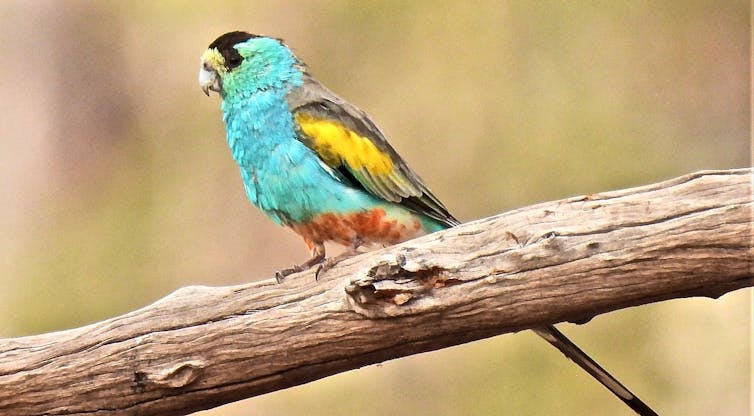
Chisholm in the 1920s knew fire had something to do with the paradise parrot’s demise, but his writings on the topic were sketchy and vague. There was then no clear understanding of the fire ecology of this land, still less of the role of Indigenous fire regimes or willingness to learn from them.
Now, we have detailed calibrations of the type and intensity of fires needed to ensure breeding success for the golden-shouldered parrot and to minimise its loss to predators. Traditional owners of its territory, the Thaypan and Olkola peoples, collaborate with pastoralists and ecologists, linking traditional knowledge with Western science to reestablish fire regimes beneficial to the parrot.
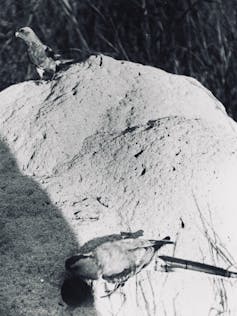
While we’re better equipped today to rescue endangered species than was the case for the paradise parrot last century, that’s no cause for complacency.
Despite the superior conservation strategies and technologies now available, the drivers of extinction identified by Cyril Jerrard in the 1920s – our “avarice and thoughtlessness” – remain stubbornly persistent.
Prioritising Bird Welfare
If we’re to ensure the golden-shouldered parrot and other endangered species do not go the way of the paradise parrot, we need scientific strategies and technologies.
But we need more than those. Sometimes, at least, we need to subordinate avarice to avian welfare.
For that, we need to connect, emotionally and ethically, with the birds around us. Birds must matter to us – not merely in an abstract or objectified fashion but as beings of intrinsic worth.
That’s what Chisholm was getting at in his 1922 book, Mateship with Birds, the concluding chapter of which was titled “The Paradise Parrot Tragedy”. In the lavish language then fashionable among nature writers, he urged readers to:
“dispute the dangerous idea that a thing of beauty is a joy for ever in a cage or cabinet; and disdain, too, the lopsided belief that the moving finger of Civilisation must move on over the bodies of ‘the loveliest and the best’ of Nature’s children”.
He and Jerrard lacked the tools and technologies to avert the paradise parrot’s tragedy, but not an appreciation of our moral responsibility to try to do so. We now have the tools and technologies, but our moral compass seems as fickle as ever.![]()
Russell McGregor, Adjunct Professor of History, James Cook University
This article is republished from The Conversation under a Creative Commons license. Read the original article.
Australian forests will store less carbon as climate change worsens and severe fires become more common
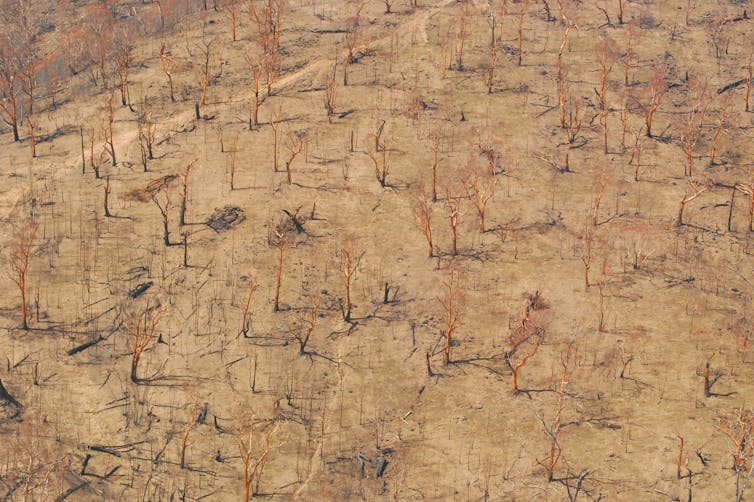
Eucalypt forests are well known for bouncing back after fire, and the green shoots that emerge from eucalypts stems as they begin their first steps to recovery provide some of the most iconic images of the Australian bush.
Resprouting allows trees to survive and quickly start photosynthesising again, which keeps carbon “alive” and stored in the tree. On the other hand, if a tree dies and slowly rots, the carbon stored in the tree is released into the atmosphere as a source of greenhouse gas emissions.
But our new research finds more frequent, severe bushfires and a hotter, drier climate may limit eucalypt forests’ ability to resprout and reliably lock up carbon. This could seriously undermine our efforts to mitigate climate change.
Our findings paint a cautionary tale of a little known challenge posed by climate change, and gives us yet another reason to urgently and drastically cut global emissions.
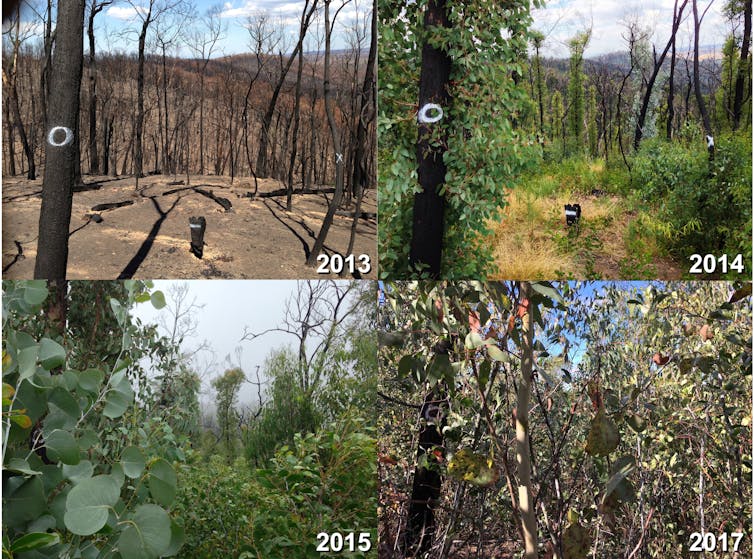
We Need Forests To Fight Climate Change
At the international climate summit in Glasgow last month, more than 100 nations pledged to end and reverse deforestation. This put a much-needed spotlight on the importance of the world’s forests in storing carbon to mitigate climate change.
Victoria’s national parks alone store almost 1 billion tonnes of carbon dioxide equivalent. For perspective, that’s roughly a decade’s worth of Victoria’s net CO₂ emissions in 2019 (91.3 million tonnes).
Australia’s forests have forged a tight relationship with bushfire. But climate change is already changing – and will continue to change – the size, severity and frequency of bushfires. In Victoria, for example, over 250,000 hectares have been burned by at least two severe fires in just 20 years.
This unprecendented frequency has led to the decline of fire sensitive forests, such as the iconic alpine ash.
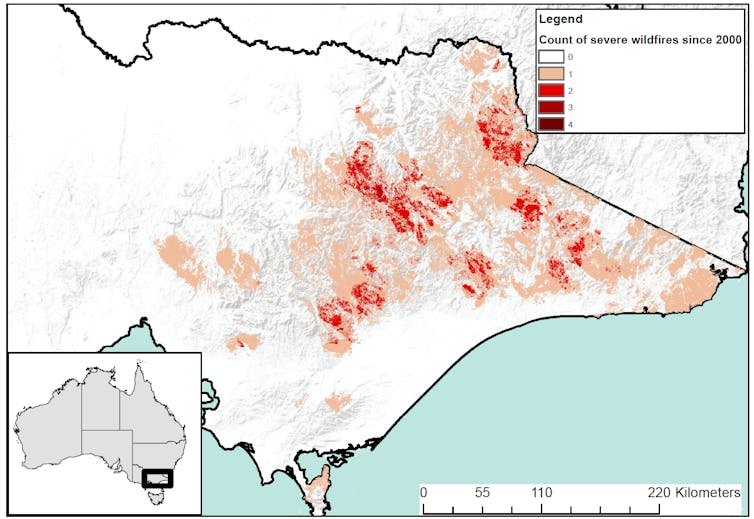
While resprouting eucalypts can be resilient to periodic fires, we know surprisingly little about how they’ll respond to increasingly common severe fires, particularly when combined with factors like drought.
Early evidence shows resprouting can fail when fire is too frequent, as seen in snow gum forests in the Victorian alps.
Understanding why is an area of active research, but reasons could include damaged resprouting buds (as their protective bark is thinned by successive fires), or the depletion of the trees’ energy reserves.

Forests Burned By Two Fires Stored Half The Carbon
If resprouting after fire begins to fail, what might this mean for carbon stores in widespread fire-tolerant eucalypt forests?
In our new paper, we tackled this question by measuring carbon stored in Victoria’s dry eucalypt forests. We targeted areas that had been burned once or twice by severe bushfire within just six years. In these places, severe fires usually occur decades apart.
In general, we found climate change impacts resprouting forests on two fronts:
as conditions get warmer and drier, these forests will store less carbon due to reduced growth
as severe fires become more frequent, forests will store less carbon, with more trees dying and becoming dead wood.
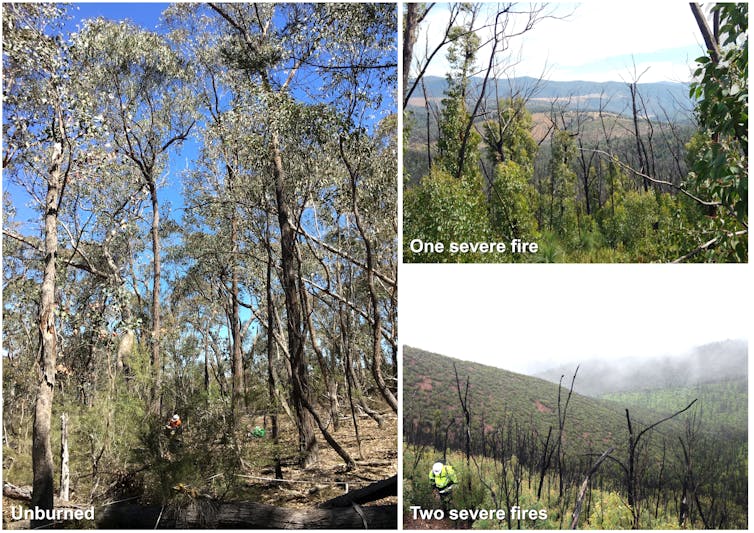
First, we found carbon stores were lower in the drier and hotter parts of the landscape than the cooler and wetter parts. This makes sense - as any gardener knows, plants grow much better where water is plentiful and it’s not too hot.
When frequent fire was added to the mix, forest carbon storage reduced even further. At warmer and drier sites, a forest burned by two severe fires had about half as much carbon as a forest burned by a single severe fire.
More trees were killed with more frequent fire, which means what was once “living carbon” becomes “dead carbon” - which will rot and be a source of emissions. In fact, after two fires, less than half of the forest carbon was stored in living trees.
The carbon stored in large living trees is an important stock and is usually considered stable, given larger trees are generally more resilient to disturbance. But we found their carbon stocks, too, significantly declined with more frequent fire.

What Do We Do About It?
Given how widespread this forest type is in southern Australia, we need a better understanding of how it responds to frequent fires to accurately account for changes in their carbon stocks.
We also must begin exploring new ways to manage our forests. Reinstating Indigenous fire management, including traditional burning practices, and active forest management may mitigate some of the impacts we’ve detected.
We could also learn from and adapt management approaches in the dry forests of North America, where the new concept of “pyro-silviculture” is being explored.
Pyro-silviculture can include targeted thinning to reduce the density of trees in forests, which can lower their susceptibility to drought, and encourage the growth of large trees. It can also involve controlled burns to reduce the severity of future fires.
With the next, inevitable fire season on Australia’s horizon, such approaches are essential tools in our management kit, ensuring we can build better resilience in forest ecosystems and stabilise these crucial stocks of carbon.![]()
Tom Fairman, Future Fire Risk Analyst, The University of Melbourne; Craig Nitschke, Associate Professor - Forest and Landscape Dynamics, The University of Melbourne, and Lauren Bennett, Associate Professor - Ecosystem Sciences and Forest Carbon, The University of Melbourne
This article is republished from The Conversation under a Creative Commons license. Read the original article.
How more motorboat collisions are leaving turtles shell-shocked and mutilated
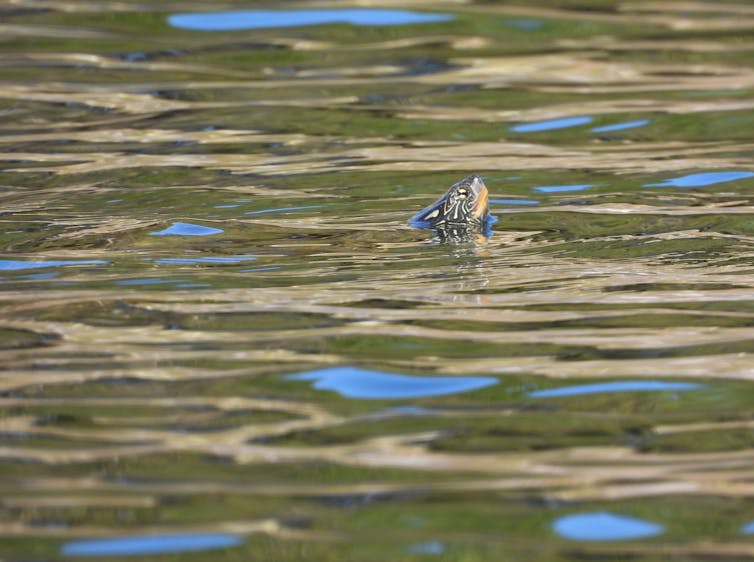
As a wildlife ecologist, I have been keeping tabs on the northern map turtles of Lake Opinicon since 2003. One of these turtles is CJV. She is one of more than 1,800 turtles encountered during our monitoring program.
Every spring, we catch as many turtles as we can. Each turtle is measured, examined for signs of diseases or injuries, and marked with a unique combination of small notches on the edge of its shell. This is how I recognized CJV on May 31, 2019.
CJV and I go way back, to May 19, 2005, to be exact, but we haven’t seen each other since. The passage of time has left its marks on both of us. For starters, I am noticeably greyer, balder and less fit. As for CJV, she has grown a few millimetres, but that would be nearly impossible to tell without very accurate calipers.
But the biggest change in CJV’s appearance is her shell. After missing in action for 14 years, CJV showed up with a large but partially healed scar running from the left side of her shell to her spine. When and where she got injured is anyone’s guess, but the cause of the injury is clear. No natural predators can slice through her bony armour — but a sharp boat propeller surely can.
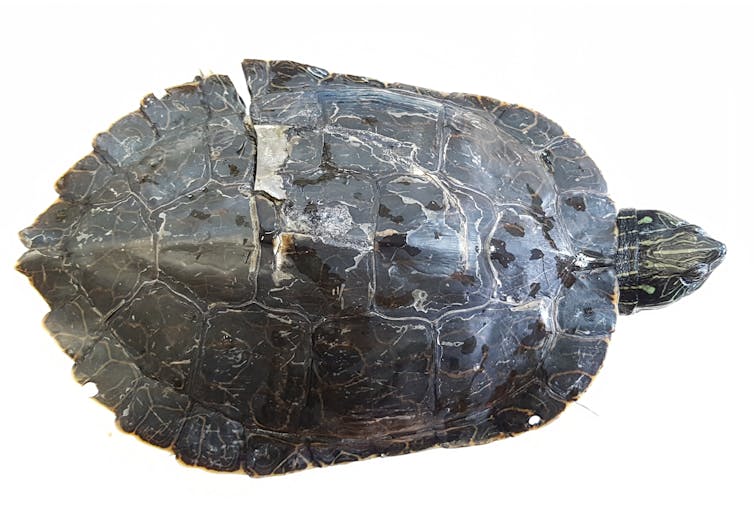
Concerning Rates
Lake Opinicon is nested in the Rideau Canal World Heritage Site, and at the heart of the Frontenac Arch Biosphere Reserve. Unfortunately, these designations are doing little to prevent turtles from being chopped up.
When I first captured CJV in 2005, seven per cent of all the females we examined were scarred. When we met again in 2019, the number had climbed to 13 per cent. But mutilated turtles are not unique to Lake Opinicon.
In 2010, we reported that 13 per cent of female map turtles in the St. Lawrence Island National Park had propeller injuries. Around the same time, researchers from Laurentian University reported that more than 28 per cent of northern map turtles in the Trent Severn Waterway had been struck by a propeller.
There are eight species of freshwater turtles in Canada. All are federally listed as Species at Risk, meaning that to remain a part of our lakes, ponds and rivers, they need protection and conservation efforts.
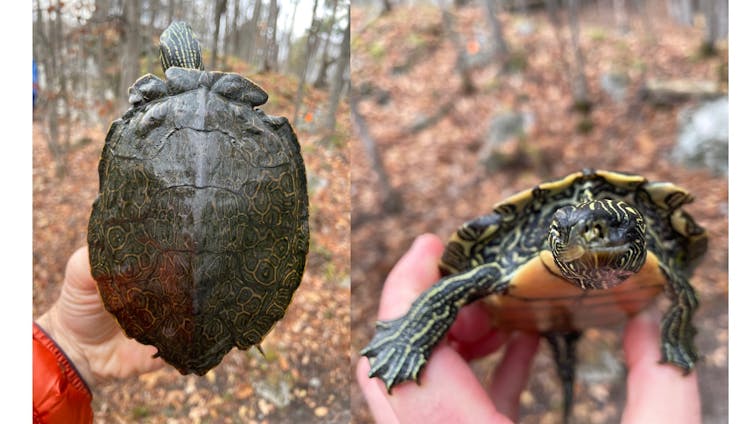
Betting On The Long Haul
It is not a coincidence that all our native turtles are in trouble — the global group of about 350 species is in a dire situation. Sixty-one percent of turtle species are extinct or threatened by extinction. This grim statistic does not have a single root cause. Like most precarious wildlife, turtles are threatened by the usual suspects of habitat loss, poaching, direct mortality from human activities and pollution.
Unfortunately, turtles have something else going against them: a 200-million-year-old gambling habit. When it comes to procreation, turtles play a numbers game: they lay as many eggs as they can over their lifespan, hoping some will eventually make it.
Turtles do not care for their eggs or young in the same way birds and mammals do, and without any care or protection, most eggs and babies are eaten by predators or otherwise die from cold, droughts, floods or other weather hazards. If a female lays enough eggs, however, some will hatch and grow into adults. Longevity is key here, and turtles evolved remarkably long life spans.
Turtles have successfully gambled their way through the last 200 million years, but the playing field has changed. Human activities are cutting the long lives of these animals too short for many females to have won their reproductive bet against time. So here we are with dwindling turtle populations in our protected areas.
We can’t say for sure if, or how much, collision with boats threatens the persistence of turtles because an important piece of information is still missing: the proportion of turtles dying from their propeller injuries. Finding dead turtles in nature is not easy because biologists have fierce competition from scavengers when it comes to finding animal carcasses.
However, what we do know raises a red flag. Many turtle populations are already experiencing an inflated amount of adult mortality. Roads alone kill countless adult turtles every year so boat mortality need not be high to precipitate the decline of some turtle populations.

Testimonial Scars
The visible scars of turtles are a testimony to the pressure recreational boating exerts on aquatic wildlife. Motorboats affect aquatic wildlife and their habitats in many ways: noise pollution, chemical pollution, wakes, erosion, collisions.
In a recent meta-analysis of 94 studies on the effects of water-based recreation on freshwater ecosystems, researchers found boats to consistently cause negative impacts on wildlife. Some of these impacts can be subtle but nonetheless important: the noise from motors alone can affect the behaviour and physiology of nesting bass. Disturbances from motorboats can also reduce the foraging time of waterfowl.
According to the National Marine Manufacturer Association Canada, the sales of outboard engines increased by 17 per cent between 2019 and 2020, and is now at a record high. With such enthusiasm for recreational powerboating, the impacts on turtles and other wildlife need to be measured. This data will dictate the need for conservation actions such as outreach programs, best practices and, if necessary, regulations such as limiting engine size, or restricting traffic.
Mutilated turtles like CJV are a reminder that lakes and rivers are living and fragile ecosystems. These ecosystems and the species they host — including turtles — provide us with countless cultural, economic, health and aesthetic services. These services are increasingly at odds with certain forms of recreational boating.
Without changes in how we perceive and use our lakes and rivers for recreation, we will find more injured turtles … until we won’t find any turtles at all.![]()
Grégory Bulté, Instructor, Ecology and Evolutionary Biology, Carleton University
This article is republished from The Conversation under a Creative Commons license. Read the original article.
Making the tobacco industry pay for cigarette litter could stop 4.5 billion butts polluting the Australian environment
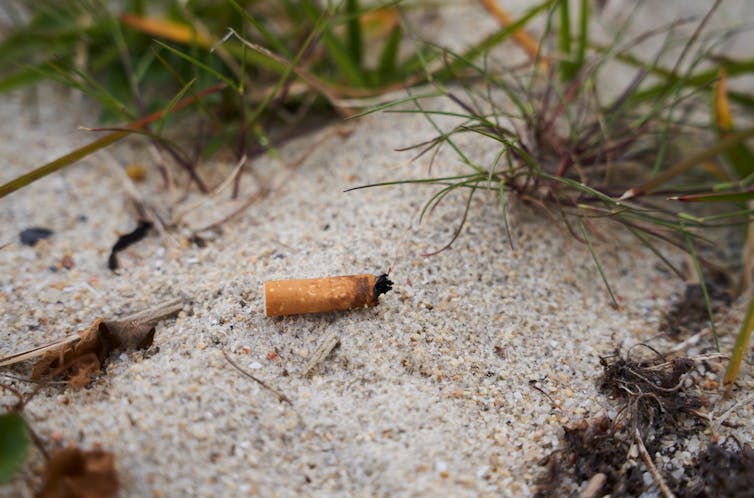
Cigarette butts with filters are the most commonly littered item worldwide, with a staggering 4.5 trillion of them tossed into the environment each year. This is a huge problem; many end up on beaches and in the ocean, and the tar from burnt tobacco in the filter can be toxic to wildlife.
Fixing the problem has focused on changing the behaviour of people who smoke, but a new report shows making the tobacco industry responsible for the litter with a mandatory product stewardship scheme is likely to have a much greater impact.
In Australia alone, it’s estimated up to 8.9 billion butts are littered each year. Under the proposed scheme, we could potentially reduce this by 4.45 billion a year.
So how can it be done in practice? And what would the benefits be from a policy like this?
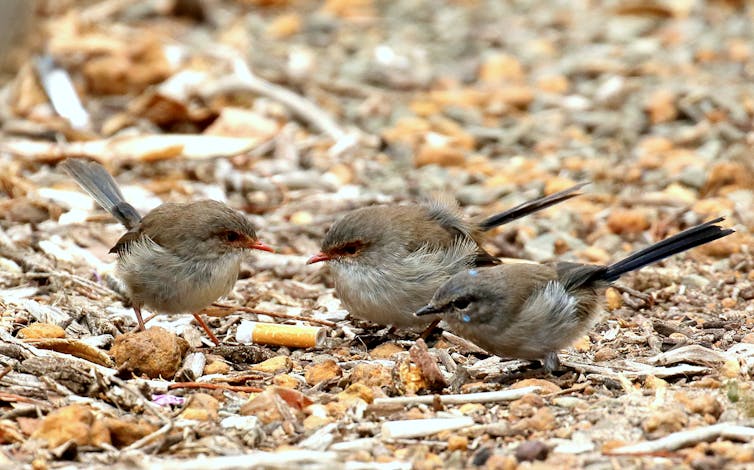
Social And Environmental Costs
Cigarette filters are made of a bioplastic called cellulose acetate, and they typically take years to break down. Smoked cigarette filters are infused with the same chemicals and heavy metals in the tar that harm humans when they smoke.
Research from 2019 found adding cigarette butts to soil reduces the germination of grass and clover seeds and the length of their shoots. Seaworms exposed to used filters have DNA damage and reduced growth.
And exposure to cigarette filters (even unsmoked ones) are toxic to fish – research with two fish species found adding two to four smoked cigarette filters per litre of water could kill them.
Currently, the tobacco industry does not have to pay for the clean-up of cigarette butts polluting the environment. Rather, the community bears the cost. Cigarette litter and its management costs the Australian economy an estimated A$73 million per year.
Local councils in particular spend large amounts of money cleaning it up. The City of Sydney, for example, has estimated their cleaning crews sweep up 15,000 cigarette butts daily from city streets.
And volunteers spend countless hours picking up cigarette butts from parks, streets and beaches. In its 2020 Rubbish Report, Clean Up Australia Day found cigarette butts accounted for 16% of all recorded items.
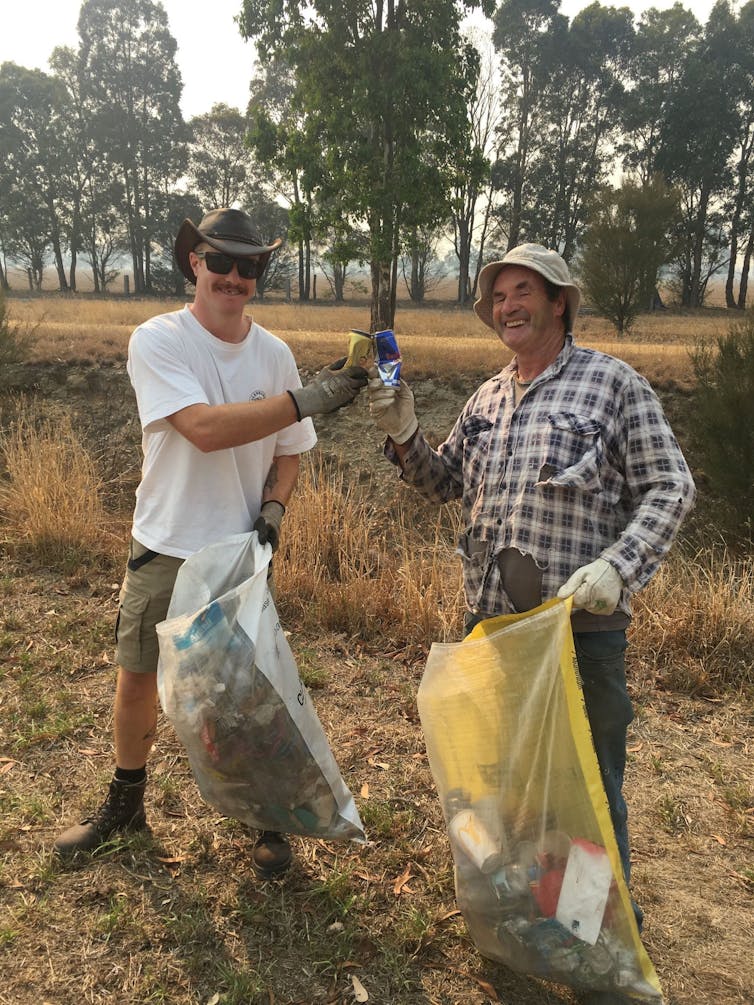
Current Strategies Are Ineffective
The tobacco industry response to product waste has been to focus responsibility on the consumer. Tobacco companies have created public education campaigns aimed at increasing awareness of the butt litter problem, supplied consumers and cities worldwide with public ashtrays, and funded anti-litter groups.
But given the amount of cigarettes that continue to be littered, it’s clear these strategies on their own have been ineffective. Many around the world are now calling for stronger industry regulation.
There have also been calls to ban cigarette filters completely. For example, lawmakers in California and New York have attempted to ban the sale of cigarettes with filters, and New Zealand is finalising their Smokefree Aotearoa Action Plan, which may include a cigarette filter ban.
Many jurisdictions in Australia and worldwide are starting to ban single-use plastics such as straws and takeaway containers, and have been criticised for not including cigarette filters in these laws.
If filters were banned, cigarette butt litter would remain, but without the plastic filter. Although, a recent trial of cigarettes without filters found that people smoked fewer of these than when they were given the same cigarettes with filters. More research is needed on the health impact of smoking filterless cigarettes and the environmental impact of filterless cigarette butts.
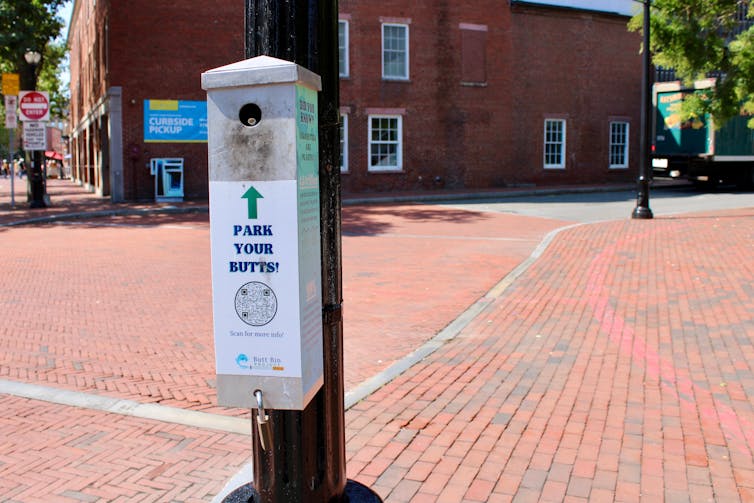
What Would A Stewardship Scheme Look Like?
The federal government’s National Plastics Plan, released in March this year, committed to initiate a stewardship taskforce that would reduce cigarette butt litter in Australia, and would consider a potential stewardship scheme. However, they proposed the stewardship taskforce be industry led.
Product stewardship schemes can be voluntary or written into law. For example, waste from product packaging is managed through a voluntary scheme, the Australian Packaging Covenant, which sets targets for reducing packaging waste that aren’t written into law. On the other hand, there is a law in Australia requiring companies who manufacture TVs or computers to pay some of the costs for recycling these products.
The new research, commissioned by World Wildlife Fund for Nature Australia, considered four regulatory approaches: business as usual, a ban on plastic filters, a voluntary industry product stewardship scheme, and a mandatory product stewardship scheme led by the federal government.

Each of these options were ranked according to factors such as the regulatory effort required to implement them, their cost, consumer participation and the extent to which they would reduce environmental impacts on land and waterways.
A ban on plastic cigarette filters and a mandatory product stewardship scheme were assessed as having the greatest potential environmental benefit. While uncertainties remain about a filter ban, there is no such barrier to implementing a mandatory product stewardship scheme on cigarette waste.
This scheme could involve a tax that would pay for the recovery and processing costs associated with cigarette butt litter. The study suggested introducing a levy of A$0.004 – less than half a cent – on each smoked cigarette to manage the waste. Other studies from overseas, however, show this cost would need to be higher.
We can look to the UK for an example of where to start. The UK is currently considering implementing an extended producer responsibility scheme to address cigarette litter. In November this year, it released a consultation document on different options.
They proposed a mandatory scheme where the tobacco industry would pay for the full costs of cleaning up and processing cigarette waste. Other costs they might be made to pay are for gathering and reporting data on tobacco product waste, provision of bins for cigarette butts, and campaigns to promote responsible disposal by consumers.
It is time for the federal and state governments in Australia to make the tobacco industry pay for the mess they create.![]()
Kylie Morphett, Research Fellow, School of Public Health, The University of Queensland; Coral Gartner, Director, NHMRC Centre of Research Excellence on Achieving the Tobacco Endgame, The University of Queensland, and William Clarke, Professor of waste management, The University of Queensland
This article is republished from The Conversation under a Creative Commons license. Read the original article.
Why dingoes should be considered native to mainland Australia – even though humans introduced them

Dingoes are often demonised as a danger to livestock, while many consider them a natural and essential part of the environment. But is our most controversial wild species actually native to Australia?
Dingoes were brought to Australia by humans from Southeast Asia some 4,000 years ago. Technically, this means they are an introduced species, and an “alien” species by classic ecological definitions . By contrast, most legal definitions consider dingoes native, because they were here before Europeans arrived.
Though it sounds academic, the controversy has real consequences for this ancient dog lineage. In 2018, the Western Australian government declared dingoes were not native fauna due to crossbreeding with domestic dogs. This potentially makes it easier to control their numbers.
In a new research paper, I find dingoes do indeed fit the bill as an Australian native species, using three new criteria I propose. These criteria can help us answer questions over whether alien species can ever be considered native, and if so, over what time frame.
Why Does Alien Or Native Status Matter?
Humans have been moving animal species around for millennia. Thousands of years ago, neolithic settlers moved rabbits to Mediterranean islands, traders unwittingly took black rats from India to Europe and Indigenous Southeast Asian people took pigs to Papua New Guinea.
The rate of species introductions has ramped up with the movement and spread of people, with many recent arrivals posing a major threat to biodiversity.
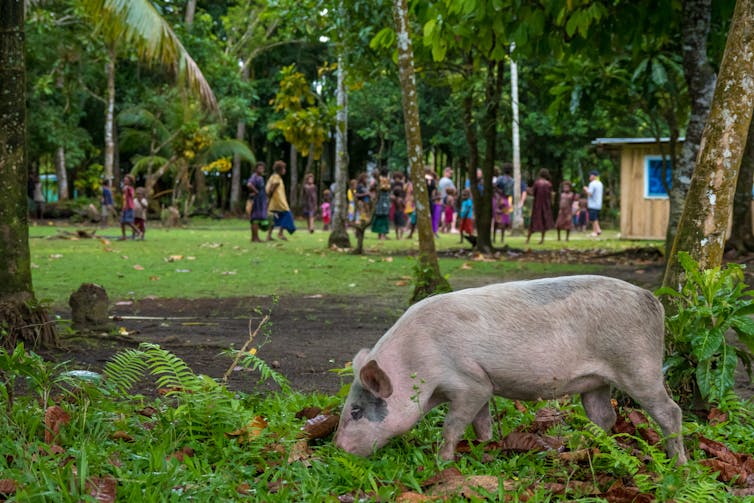
Researchers often distinguish between alien and native using the year the species was introduced. There are obvious problems with this, given the dates used can be arbitrary and the fact perceptions of nativeness can be based on how much humans like the species, rather than its ecological impact. For example, there has been strong opposition to killing “friendly” hedgehogs in areas of Scotland where they are introduced, but less cute animals like American mink get no such consideration.
For conservationists, alien status certainly matters. Alien species act differently to native species in their new environments, which can give them an advantage over locals in terms of competition for food, predation and spreading new diseases. This can cause native population declines and extinctions.
As a result, species considered alien in their ecosystems are often targets for control and eradication. But species considered native are usually protected even if they have extended their range significantly, like eastern water dragons or the Australian white ibis.
Native status is, of course, a human construct. Past definitions of nativeness have not directly considered the ecological reasons for concern about alien species.
This is what my new research seeks to address.
An Ecological Definition Of Nativeness
What I propose are three staged criteria to determine when an introduced species becomes native:
has the introduced species evolved in its new environment?
do native species recognise and respond to the introduced species as they do other local species?
are the interactions between introduced and established native species similar to interactions between native species (that is, their impacts on local species are not negative and exaggerated)?
For dingoes on mainland Australia, the answer is yes for all three criteria. We should consider them native.
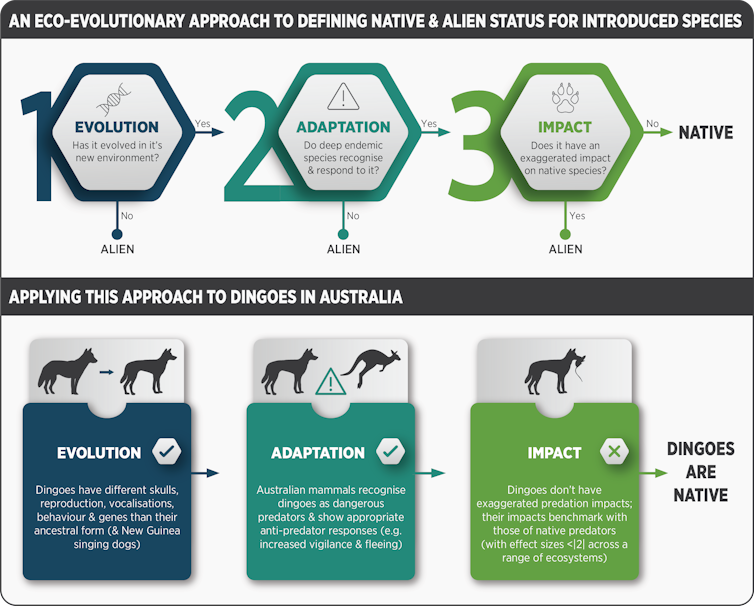
Firstly, dingoes are not the same dogs first brought here. Dingoes are now quite different to their close ancestors in Southeast Asia, in terms of behaviour, how they reproduce and how they look. These differences have a genetic basis, suggesting they have evolved since their arrival in Australia. Their heads are now shaped differently, they breed less often and have better problem solving skills than other close dog relatives.
Second, it is well established that native prey species on mainland Australia recognise and respond to dingoes as dangerous predators – which they are.
Finally, dingo impacts on prey species are not devastating like those of alien predators such as feral cats and foxes. While hunting by dingoes does suppress prey numbers, they don’t keep them as low (and at greater risk of extinction) as do foxes and cats.
Of course, dingo impacts were unlikely to have always been so benign. Dingoes are linked to the extinction of Tasmanian tigers (Thylacines), Tasmanian devils and the Tasmanian flightless hen, which disappeared from mainland Australia soon after the dingo arrived.
In my paper, I argue such impacts no longer occur because of evolutionary change in both dingoes and their prey. We can see this in Tasmania, which dingoes never reached. There, prey species like bandicoots still show naiveté towards dogs. That means we should not consider dingoes to be native to Tasmania.
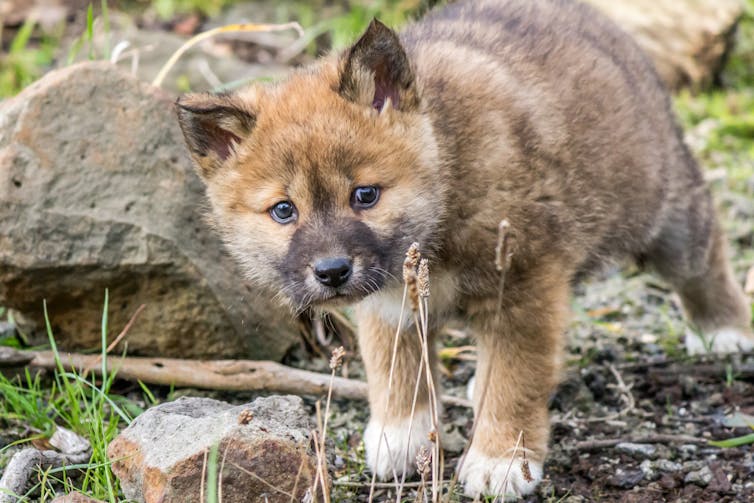
Alien Today, Native Tomorrow?
This idea challenges the dogma alien species remain alien forever. This is an unsettling concept for ecologists dealing with the major and ongoing damage done by newer arrivals. Some argue we should never embrace alien species into natural ecosystems.
This makes no sense for long-established introduced species, which might now be playing a positive role in ecosystems. But it’s a different story for recently introduced species like cats, given not enough time has passed to get past the exaggerated impacts on local species.
These ideas are not about considering all species present in an ecosystem to be native. Introduced species should still be considered alien until proven native.
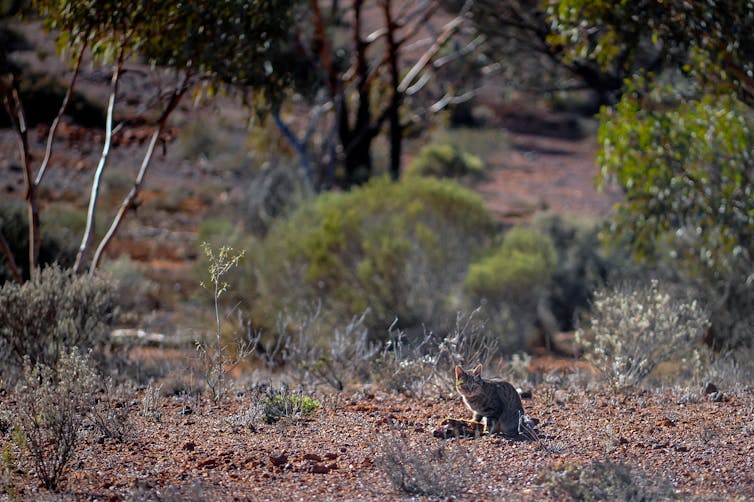
This approach suggests ways of classifying species which might be native to a country but have moved to new places within the country through mechanisms like climate change or re-wilding. For example, we can’t simply assume returning Tasmanian devils to mainland Australia more than 3,000 years after dingoes drove them extinct there would count as reintroducing a native species.
Defining nativeness in this ecological way will help resolve some of the heated and long-running debates over how to distinguish alien and native species.
How? Because it targets the key reason conservationists were worried about alien species in the first place – the damage they can do.![]()
Peter Banks, Professor of Conservation Biology, School of Life and Environmental Sciences, University of Sydney
This article is republished from The Conversation under a Creative Commons license. Read the original article.
Why climate change must stay on the news agenda beyond global summits

During last month’s COP26 summit, climate change was a ubiquitous story. News hooks abounded, from unpacking the flurry of non-binding pledges to reporting on the failure of rich nations to honour demands of countries at the frontline, criticising the summit as the “most exclusionary COP ever”.
Even in today’s crowded information landscape, mainstream news media continue to play an important role in shaping how we understand and act on climate change.

Based on research interviews with climate reporters, I argue the main stories are about climate breakdown and climate justice, and entire newsrooms, not just science and environment specialists, need to step up to demonstrate that understanding.
This needs to be reflected in the quantity and quality of climate coverage, well beyond the brief window of COP summits.
Climate Change Is Every Story
My research, which focused on interviews with journalists who consistently cover climate change, highlights how climate reporting directly challenges journalism’s traditional tendency to divide the world into rounds.
As Kennedy Warne, founder and former editor of New Zealand Geographic, puts it:
The exclusive deployment of science journalists to the climate beat has had the unfortunate problem or effect of scientising the whole thing, when it’s really a human life, human hopes, human dreams, human inter-generational responsibility type of issue.
While specialist expertise does matter, the lion’s share of climate coverage can no longer be left to a handful of science and environment reporters.
When it comes to ensuring climate stories get regular coverage across newsrooms of large media outlets, Stuff is taking a laudable lead. In early 2020, it established a climate desk with a climate editor and reporter. The climate desk journalists, Eloise Gibson and Olivia Wannan, set about embedding climate reporting within the organisation’s outputs.
Newsroom is an example of a smaller organisation in which climate coverage is also a priority and mainstay, with diverse and regular reporting within its climate emergency section.
Specialist Reporters Matter
Specialist climate reporters can build up a base of knowledge in a complex domain. But the journalists I interviewed were clear that media outlets don’t have to have a climate desk to produce more and better climate coverage.
On the science side, explaining the ecosystems and human implications from melting glaciers or freshwater policy is crucial.
In politics, reporters need to continue holding governments accountable to their promises, as many did recently in highlighting the dubious accounting in Aotearoa’s latest emissions reduction pledge.
Reporters are responsible for connecting the consequences of rising emissions for people’s lives.
Stuff’s Charlie Mitchell describes a 2017 story about the impacts of coastal erosion on mostly low-income residents of the West Coast coal-mining town of Granity.
It sticks out for me because climate change can be quite abstract and hard to communicate in some ways. But in that story, it was very real, it was very tangible.
Alex Braae, a former reporter at The Spinoff, picks out a different kind of local story about a meeting on carbon farming in the economically run-down King Country town of Taumarunui. It detailed the concerns of local farmers about planting productive farmland with carbon-absorbing pines at the cost of local jobs and community cohesion.
It took into account the fact that we might know exactly what the scientific solutions to climate change are, but we don’t necessarily know how to turn scientific changes into social and political policy that won’t leave people behind.
Covering Climate Responsibly
The journalists I interviewed highlighted that in order to cover climate responsibly, they aim to:
● Provide accurate and contextualised stories
● strive for fair and diversified representation
● strive for regular and fresh coverage
● maintain emotional awareness
● make coverage interesting and relevant
● remain responsive to audience needs and feedback.
Accuracy is a tenet of responsible journalism. Another principle is balance, but journalists were clear that mainstream editors have understood the dangers of false balance for about a decade now. While climate denial is no longer platformed in a misguided effort to balance a story, this should apply to opinion columns as well.
Stories need to be based on evidence, which can come from Western science or other long-established knowledge systems like mātauranga Māori.

The journalists I interviewed said it was important to them to make a conscious effort to seek out and fairly convey a wide range of perspectives.
Those already marginalised or in vulnerable situations face disproportionate impacts and multiplied inequities.
Jamie Tahana, previously at RNZ Pacific and now RNZ Te Ao Māori, emphasises that being able to tie frontline perspectives into political and scientific climate discussion brings them to life, reminding us that decisions made at political summits like COPs amount to decisions about Pacific Islanders’ lives and livelihoods.
Connecting With Audiences
When Rebekah White, editor at New Zealand Geographic, imagines climate reporting in a decade, she isn’t optimistic about lessening the class divide between mainstream media’s primary audiences and those most affected.
I suspect that it’s going to be much the same as today. A bunch of journalists trying to make something that predominantly affects under-privileged people relevant to the middle-class people who are the main consumers of their media.
Still, climate connects with our daily lives and our choices all the time, whether we acknowledge it or not. Stories about air pollution, house insurance, banking, living in poverty, e-scooters or the best vegan restaurants all have climate angles.
A 2019 Stuff survey garnered 15,248 responses and showed audiences were keen for more accessible and relatable climate coverage.
They asked for more coverage of the impacts of their lifestyle and political choices, reporting that holds politicians and industry to account and more emphasis on the farming sector, especially about how it is adapting.
They were also keen on more forecasting of future climate impacts, as well as hopeful and solutions-based stories.
COVID-19 need not be a deterrent to climate coverage. Globally, around two in three people think climate change is an emergency, even during the pandemic.
Canadian analysis shows while COVID-19 can compete with climate stories within a finite pool of audience attention, it also opens up opportunities to link the two. And a US study shows that while the amount of climate coverage dropped off during the early months of the pandemic, page views on climate stories didn’t.
Off the back of the momentum generated by COP26, it’s incumbent on all of Aotearoa’s newsrooms to ensure climate remains on the news agenda.![]()
Áine Kelly-Costello, , University of Gothenburg
This article is republished from The Conversation under a Creative Commons license. Read the original article.
Australia’s agriculture sector sorely needs more insights from First Nations people. Here’s how we get there
Joshua Gilbert, University of Technology Sydney and James Pratley, Charles Sturt UniversityMuch of the debate on Indigenous agriculture in Australia has focused on a contested pre-colonial definition as to whether Aboriginal and Torres Strait Islander people deserve the English title of “farmer”.
However this view stifles the real story of Indigenous engagement in Western agriculture. It also fails to recognise the inherent need for Indigenous peoples’ involvement in the sector.
In 2020, the Australian Department of Agriculture, Water and Environment conducted a series of roundtables to develop the National Agriculture Workforce Strategy.
The strategy noted the urgency of transforming the agricultural workforce into a “complex, modern, sophisticated sector”.
There is no doubt the agricultural workforce is changing.
However, there’s a worryingly unsophisticated understanding of workforce diversity within the sector – especially in terms of Indigenous involvement in agriculture.
Agriculture Must Connect With Indigenous People
There is a critical and overdue need for agriculture to connect with Indigenous people.
This is best demonstrated through the Indigenous land holdings across the nation.
The Guardian Australia recently noted Aboriginal and Torres Strait Islander people own up to 54.17% of Australia’s landmass.
This is comparable to the National Indigenous Australians Agency estimate of Indigenous land ownership, which puts the figure at around 40%.
This extensive landholding by First Nations people is an essential component of the continued practice of agriculture in Australia. But despite Indigenous people owning these vast areas of land, only 1% of the agricultural workforce identify as Indigenous.
This rate is unacceptably low, given 3.3% of Australia’s population more broadly identify as Indigenous.
The National Agriculture Workforce Strategy identifies solutions to this lack of Indigenous workforce. Solutions such as promoting Indigenous people in agriculture through marketing, and fostering Aboriginal and Torres Strait Islander leadership in this sector.
However, these proposed strategies fail to acknowledge broader concerns about inadequate Indigenous representation in the sector.
Better Data And A Pipeline Of Indigenous Graduates
To date, there has been no concerted effort across the agriculture sector to understand the size and scale of current Aboriginal and Torres Strait Islander involvement, nor their agricultural production.
For example, the Australian Bureau of Statistics’ Agriculture Census does not provide the opportunity for farmers to identify as Indigenous. Agriculture research and development corporations usually don’t collect these data, either.
There are also pipeline issues regarding Indigenous involvement in the sector. A recent study of 15 years of data by one of us (James Pratley) demonstrated universities had a low attraction and retention rate for Indigenous students. Fewer than five Indigenous students graduate in agriculture across Australia each year.
Despite the lack of university graduates, Australia has a growing Indigenous youth demographic, which could contribute to a much-needed workforce in future.
To encourage Indigenous people to enter agriculture, we need to show Aboriginal and Torres Strait Islander people belong in the sector. They need to feel welcome in our universities and TAFEs and we must better support those entering the industry.
Charles Sturt University has developed an Indigenous agriculture initiative drawing attention to the lack of Indigenous agriculture graduates. It also provides Indigenous students scholarships to study agriculture and/or do postgraduate research on aspects of Indigenous agriculture.
This provides Indigenous people with a pathway into agricultural industries and shows Indigenous people what opportunities exist.
Attracting And Retaining Indigenous Talent
It’s also imperative larger agricultural companies develop Reconciliation Action Plans (detailed, long-term strategies to meaningfully advance reconciliation between Indigenous and non-Indigenous people within an organisation). Big firms must also start or renew their efforts towards building more diverse workforces and supply chains.
Over 1,100 Australian organisations have followed this path.
Agricultural companies such as Incitec Pivot, OBE Organics and Bayer have recently developed Reconciliation Action Plans. Other agricultural businesses and industries need to ensure their houses are in order too.
Reconciliation Action Plans provide a pathway for organisations to advance reconciliation across their business. This can be done through identified actions such as increasing Indigenous staff and initiatives for staff. Organisations are accountable for these actions through the Reconciliation Action Plan they develop.
As these Reconciliation Action Plans mature, employers in the agricultural sector will seek out Indigenous talent to meet targets and to crucially provide new perspectives.
Indigenous people’s input and talent is vital to modernising the agricultural sector. There is a huge opportunity to build employment pipelines from schools through universities into the broader agrifood industry.
A clear understanding of the size and scale of current Indigenous agricultural contributions is sorely needed.
Industry leaders who work to establish and grow the talent pipelines and develop Reconciliation Action Plans will reap the rewards.![]()
Joshua Gilbert, Researcher (Indigenous Policy) Jumbunna Institute for Indigenous Education & Research and Higher Degree Research Student at Charles Sturt University, University of Technology Sydney and James Pratley, Research Professor of Agriculture, Charles Sturt University
This article is republished from The Conversation under a Creative Commons license. Read the original article.
Liquid marbles: how this tiny, emerging technology could solve carbon capture and storage problems
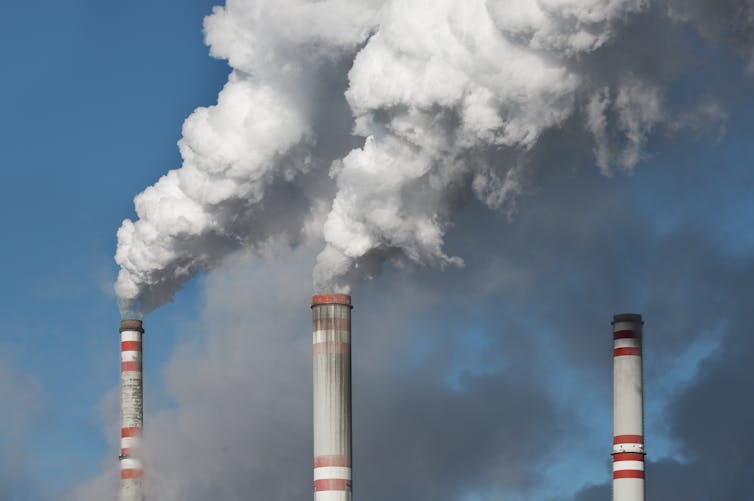
Carbon capture and storage (CCS) has been touted, again and again, as one of the critical technologies that could help Australia reach its climate targets, and features heavily in the federal government’s plan for net-zero emissions by 2050.
CCS is generally when emissions are captured at the source, such as from a coal-fired power station, trucked to a remote location and stored underground.
But critics say investing in CCS means betting on technology that’s not yet proven to work at scale. Indeed, technology-wise, the design of effective carbon-capturing materials, both solid and liquid, has historically been a challenging task.
So could it ever be a viable solution to the fossil fuel industry’s carbon dioxide emissions?
Emerging overseas research shows “liquid marbles” – tiny droplets coated with nanoparticles – could possibly address current challenges in materials used to capture carbon. And our modelling research, published yesterday, brings us a big step closer to making this futuristic technology a reality.
Issues With Carbon Capture
Under its Technology Investment Roadmap, the Morrison government considers CCS a priority low-emissions technology, and is investing A$300 million over ten years to develop it.
But the efficacy and efficiency of CCS has long been controversial due to its high-operational costs and scaling-up issues for a wider application.
An ongoing problem, more specifically, is the effectiveness of materials used to capture the CO₂, such as absorbents. One example is called “amine scrubbing”, a method used since 1930 to separate, for instance, CO₂ from natural gas and hydrogen.
The problems with amine scrubbing include its high costs, corrosion-related issues and high losses in materials and energy. Liquid marbles can overcome some of these challenges.
This technology can be almost invisible to the naked eye, with some marbles under 1 millimetre in diameter. The liquid it holds – most commonly water or alcohol – is on the scale of microlitres (a microlitre is one thousandth of a millilitre).
The marbles have an outer layer of nanoparticles that form a flexible and porous shell, preventing the liquid within from leaking out. Thanks to this armour, they can behave like flexible, stretchable and soft solids, with a liquid core.
What Do Marbles Have To Do With CCS?
Liquid marbles have many unique abilities: they can float, they roll smoothly, and they can be stacked on top of each other.
Other desirable properties include resistance to contamination, low-friction and flexible manipulation, making them appealing for applications such as gas capture, drug delivery and even as miniature bio-reactors.
In the context of CO₂ capture, their ability to selectively interact with gases, liquids and solids is most crucial. A key advantage of using liquid marbles is their size and shape, because thousands of spherical particles only millimetres in size can directly be installed in large reactors.
Gas from the reactor hits the marbles, where it clings to the nanoparticle outer shell (in a process called “adsorption”). The gas then reacts with the liquid within, separating the CO₂ and capturing it inside the marble. Later, we can take out this CO₂ and store it underground, and then recycle the liquid for future processing.
This process can be a more time and cost-efficient way of capturing CO₂ due to, for example, the liquid (and potentially solid) recycling, as well as the marbles’ high mechanical strength, reactivity, sorption rates and long-term stability.
So What’s Stopping Us?
Despite recent progress, many properties of liquid marbles remain elusive. What’s more, the only way to test liquid marbles is currently through physical experiments conducted in a laboratory.
Physical experiments have their limitations, such as the difficulty to measure the surface tension and surface area, which are important indicators of the marble’s reactivity and stability.

In this context, our new computational modelling can improve our understanding of these properties, and can help overcome the use of costly and time-intensive experiment-only procedures.
Another challenge is developing practical, rigorous and large-scale approaches to manipulate liquid marble arrays within the reactor. Further computational modelling we’re currently working on will aim to analyse the three-dimensional changes in the shapes and dynamics of liquid marbles, with better convenience and accuracy.
This will open up new horizons for a myriad of engineering applications, including CO₂ capture.
Beyond Carbon Capture
Research on liquid marbles started off as just an inquisitive topic around 20 years ago and, since then, ongoing research has made it a sought-after platform with applications beyond carbon capture.
This cutting-edge technology could not only change how we solve climate problems, but environmental and medical problems, too.
Magnetic liquid marbles, for example, have demonstrated their potential in biomedical procedures, such as drug delivery, due to their ability to be opened and closed using magnets outside the body. Other applications of liquid marbles include gas sensing, acidity sensing and pollution detection.
With more modelling and experiments, the next logical step would be to scale up this technology for mainstream use.![]()
Charith Rathnayaka, Lecturer in Mechanical Engineering, University of the Sunshine Coast; Emilie Sauret, Professor, Queensland University of Technology; Nam-Trung Nguyen, Professor and Director of Queensland Micro- and Nanotechnology Centre, Griffith University, and Yuantong Gu, Professor, Mechanical Systems and Asset Management, Queensland University of Technology
This article is republished from The Conversation under a Creative Commons license. Read the original article.
How much meat do we eat? New figures show 6 countries have hit their peak
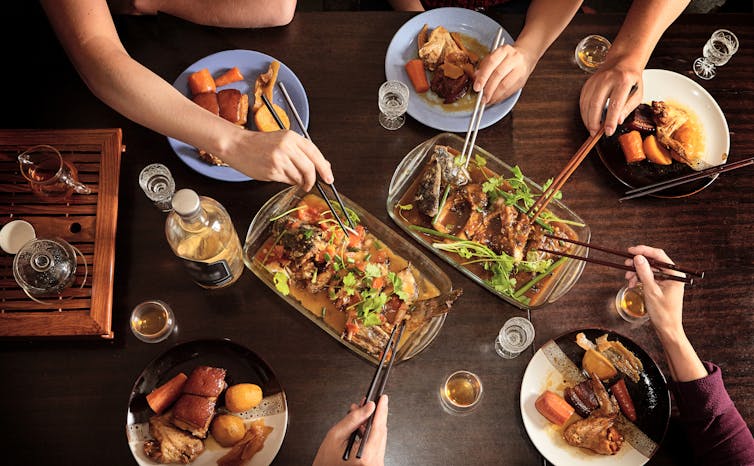
Eating meat comes with an enormous environmental footprint, with food systems responsible for an estimated 34% of global emissions. And yet, in most countries, meat consumption is continuing to rise.
Our new study investigated whether meat consumption increases as income increases. We specifically tested if there’s a point at which improvements in GDP per capita are no longer associated with greater meat consumption. In other words, in a world of increasing GDP, when might meat consumption peak?
After analysing data for 35 countries, we identified such a tipping point at around US$40,000 (A$57,000) of GDP per capita. Only six of the 35 countries, however, had reached this, with other countries continuing on an increasing trajectory.
Overall, we found each person worldwide ate, on average, 4.5 kilograms more meat per year in 2019 than in 2000. While we can’t say what’s behind the general choice to eat more meat, our study identifies some insightful trends.
The Problem With Meat
Emissions from meat production are largely due to land clearing, including deforestation, to create more pasture and grow feed for livestock.
To put it into perspective, human settlements occupy only 1% of the planet’s landmass, while livestock grazing and feed production use 27%. Compare this to 7% used for crop production for direct human consumption, and 26% occupied by forests.
As a result, a recent UK study found a vegetarian diet produces 59% less emissions than a non-vegetarian one. And interestingly, it found that the average diet for men in the UK had 41% more emissions than that of women, because of their greater intake of meat and other animal-based products.
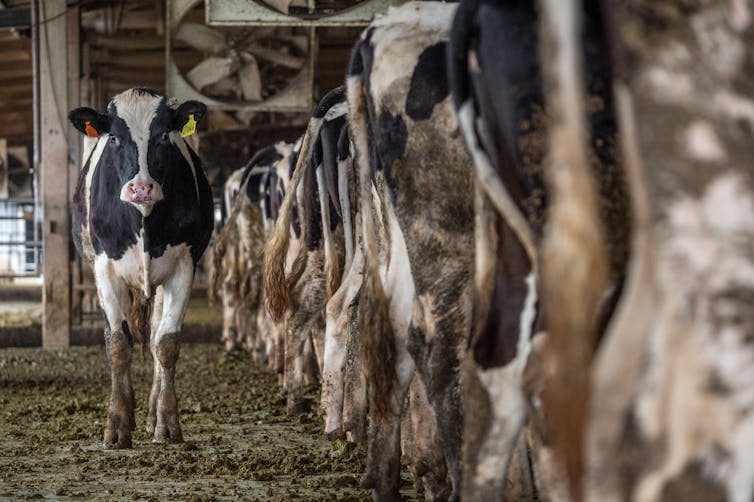
Despite the growing evidence and awareness of the climate impact of our diets, we found the average amount of meat – beef, poultry, pork and sheep – a person ate each year increased from 29.5kg in 2000 to 34kg in 2019.
Poultry is the most popular option (14.7kg), followed by pork (11.1kg) and beef (6.4kg).
Poultry On The Rise
Nearly all countries studied (30 of 35) experienced a steady increase in annual per capita poultry consumption between 2000 and 2019. It doubled in 13 countries, with more than 20kg eaten each year in Peru, Russia and Malaysia.
In addition to the poultry industry’s long-term focus on creating cheap and convenient food, many western consumers are now replacing beef with poultry. One possible reason is because of its smaller environmental footprint: chickens require less land and generate much lower emissions than cattle.
However, this comes at a price. It exposes the world, including Australia, to new virus outbreaks such as the bird flu, and results in the overuse of antibiotics in farm animals. This could lead to antimicrobial resistance developing, and the loss of antibiotics to treat human bacterial infections.
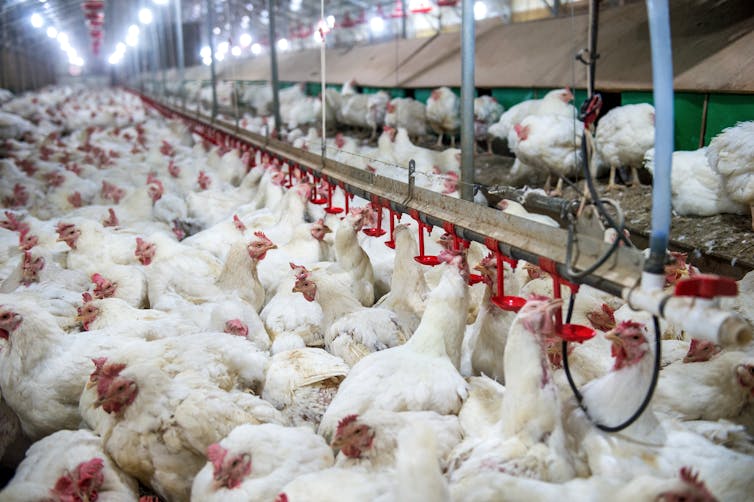
Industrial farming practices have added further pressures, with animals raised in confined spaces where they’re easily exposed to pathogens, viruses and stress, making them more prone to disease.
We have seen similar impacts in China, the world’s largest producer and consumer of pork. Our analysis revealed major dietary fluctuations, such as when pork consumption dropped substantially in 2007 after prices increased by over 50%, following outbreaks of swine influenza and SARS outbreaks in humans at the time.
Which Countries Have Reached Peak Meat?
While meat consumption increased around the world on average, taking a closer look at individual countries reveals a more complicated story.
Of the 35 countries we studied, 26 had a clear correlation between GDP growth and meat consumption levels. For the remaining nine, there was no such a correlation, while six appeared to have reached a meat consumption peak: New Zealand, Canada, Switzerland, Paraguay, Nigeria and Ethiopia. The reasons for this span both sides of the economic wealth spectrum.
The three western countries may have reduced meat consumption because of conscious preferences for plant-based foods, as the health and environmental benefits become more well known. Most notably, people in New Zealand decreased their average consumption from 86.7kg in 2000 to 75.2kg in 2019.
For the remaining three countries, reaching the peak probably wasn’t voluntary, but related to economic downturn, weather calamities and virus outbreaks. In Paraguay, for example, an outbreak of foot and mouth disease in 2011 resulted in cattle slaughter.
Australia continues to be one of the world’s top meat-eating countries, with an annual consumption of 89.6kg per capita in 2019, up from 88.2kg per capita in 2000. Most of this was poultry.
Outdoor livestock are extremely vulnerable to extreme weather events, such as droughts, heat waves and floods. This is one reason the share of beef in Australia’s meat exports decreased by 15%, due to weather extremes and drought during 2019. Beef consumption in Australia still remains high in relative terms.
Meat Was Left Out Of Climate Talks
Meat consumption was largely left out of the debates at the international climate change summit in Glasgow, Scotland, last month. Our study makes it clear this omission is unacceptable.
The food we eat is a personal choice, but it needs to be an informed personal choice. The climate, environmental and health and welfare implications of our food choices require awareness and role setting not only by climate warriors such as activist Greta Thunberg, but also by policy leaders.
There were two positive developments at the climate summit: the agreement to put a stop to deforestation (which was joined by Australia) and the collective pledges to reduce the levels of methane (which Australia did not join).
The relationships between deforestation and livestock, and between methane emissions and livestock, must be made transparent. Otherwise, it will be difficult to expect people to shift their food preferences towards more plant-based meals.
The change could start with what we put on our plates this holiday season.![]()
Diana Bogueva, Team Manager/ Adjunct Postdoctoral Fellow, University of Sydney; Clare Whitton, , Curtin University; Clive Phillips, Former Foundation Professor of Animal Welfare, University of Queensland, Curtin University, and Dora Marinova, Professor of Sustainability, Curtin University
This article is republished from The Conversation under a Creative Commons license. Read the original article.
Bushcare In Pittwater
Where we work Which day What time
Avalon
Angophora Reserve 3rd Sunday 8:30 - 11:30am
Avalon Dunes 1st Sunday 8:30 - 11:30am
Avalon Golf Course 2nd Wednesday 3 - 5:30pm
Careel Creek 4th Saturday 8:30 - 11:30am
Toongari Reserve 3rd Saturday 9 - 12noon (8 - 11am in summer)
Bangalley Headland 2nd Sunday 9 to 12noon
Bayview
Winnererremy Bay 4th Sunday 9 to 12noon
Bilgola
North Bilgola Beach 3rd Monday 9 - 12noon
Algona Reserve 1st Saturday 9 - 12noon
Plateau Park 1st Friday 8:30 - 11:30am
Church Point
Browns Bay Reserve 1st Tuesday 9 - 12noon
McCarrs Creek Reserve Contact Bushcare Officer To be confirmed
Clareville
Old Wharf Reserve 3rd Saturday 8 - 11am
Elanora
Kundibah Reserve 4th Sunday 8:30 - 11:30am
 Mona Vale
Mona Vale Mona Vale Beach Basin 1st Saturday 8 - 11am
Mona Vale Dunes 2nd Saturday +3rd Thursday 8:30 - 11:30am
Newport
Bungan Beach 4th Sunday 9 - 12noon
Crescent Reserve 3rd Sunday 9 - 12noon
North Newport Beach 4th Saturday 8:30 - 11:30am
Porter Reserve 2nd Saturday 8 - 11am
North Narrabeen
Irrawong Reserve 2nd Saturday 2 - 5pm
Palm Beach
North Palm Beach Dunes 3rd Saturday 9 - 12noon
Scotland Island
Catherine Park 2nd Sunday 10 - 12:30pm
Elizabeth Park 1st Saturday 9 - 12noon
Pathilda Reserve 3rd Saturday 9 - 12noon
Warriewood
Warriewood Wetlands 1st Sunday 8:30 - 11:30am
Whale Beach
Norma Park 1st Friday 9 - 12noon
Western Foreshores
Coopers Point, Elvina Bay 2nd Sunday 10 - 1pm
Rocky Point, Elvina Bay 1st Monday 9 - 12noon
Gardens And Environment Groups And Organisations In Pittwater
Avalon Golf Course Bushcare Needs You
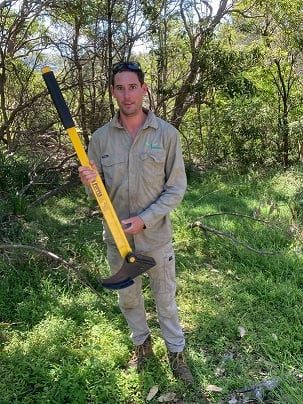
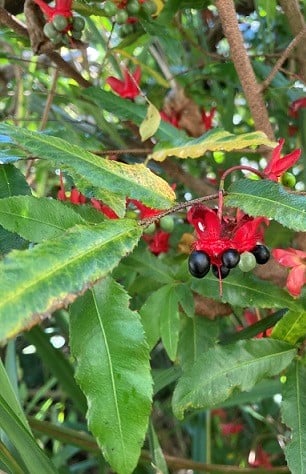
Pittwater Reserves + Others
A History Of The Campaign For Preservation Of The Warriewood Escarpment by David Palmer OAM and Angus Gordon OAM
Angophora Reserve - Angophora Reserve Flowers
Annie Wyatt Reserve - A Pictorial
Avalon's Village Green: Avalon Park Becomes Dunbar Park - Some History + Toongari Reserve and Catalpa Reserve
Bairne Walking Track Ku-Ring-Gai Chase NP by Kevin Murray
Bangalley Headland Bangalley Mid Winter
Banksias of Pittwater
Barrenjoey Headland: Spring flowers Barrenjoey Headland after fire
Bayview Baths
Bayview Wetlands
Beeby Park
Bilgola Beach
Botham's Beach
Bungan Beach Bush Care
Careel Bay Saltmarsh plants
Careel Bay Birds
Careel Bay Clean Up day
Careel Bay Playing Fields History and Current
Careel Creek
Careel Creek - If you rebuild it they will come
Centre trail in Ku-ring-gai Chase National Park
Chiltern Track- Ingleside by Marita Macrae
Clareville Beach
Clareville/Long Beach Reserve + some History
Coastal Stability Series: Cabbage Tree Bay To Barrenjoey To Observation Point by John Illingsworth, Pittwater Pathways, and Dr. Peter Mitchell OAM
Cowan Track by Kevin Murray
Curl Curl To Freshwater Walk: October 2021 by Kevin Murray and Joe Mills
Currawong and Palm Beach Views - Winter 2018
Currawong-Mackerel-The Basin A Stroll In Early November 2021 - photos by Selena Griffith
Currawong State Park Currawong Beach + Currawong Creek
Deep Creek To Warriewood Walk photos by Joe Mills
Drone Gives A New View On Coastal Stability; Bungan: Bungan Headland To Newport Beach + Bilgola: North Newport Beach To Avalon + Bangalley: Avalon Headland To Palm Beach
Dunbar Park - Some History + Toongari Reserve and Catalpa Reserve
Dundundra Falls Reserve: August 2020 photos by Selena Griffith - Listed in 1935
Elsie Track, Scotland Island
Elvina Track in Late Winter 2019 by Penny Gleen
Elvina Bay Walking Track: Spring 2020 photos by Joe Mills
Elvina Bay-Lovett Bay Loop Spring 2020 by Kevin Murray and Joe Mills
Fern Creek - Ingleside Escarpment To Warriewood Walk + Some History photos by Joe Mills
Ingleside
Ingleside Wildflowers August 2013
Irrawong - Ingleside Escarpment Trail Walk Spring 2020 photos by Joe Mills
Irrawong - Mullet Creek Restoration
Katandra Bushland Sanctuary - Ingleside
McCarrs Creek
McCarr's Creek to Church Point to Bayview Waterfront Path
McKay Reserve
Mona Vale Beach - A Stroll Along, Spring 2021 by Kevin Murray
Mona Vale Headland, Basin and Beach Restoration
Mount Murray Anderson Walking Track by Kevin Murray and Joe Mills
Mullet Creek
Narrabeen Creek
Narrabeen Lagoon Catchment: Past Notes Present Photos by Margaret Woods
Narrabeen Lagoon State Park
Narrabeen Lagoon State Park Expansion
Narrabeen Rockshelf Aquatic Reserve
Nerang Track, Terrey Hills by Bea Pierce
Newport Bushlink - the Crown of the Hill Linked Reserves
Newport Community Garden - Woolcott Reserve
Newport to Bilgola Bushlink 'From The Crown To The Sea' Paths: Founded In 1956 - A Tip and Quarry Becomes Green Space For People and Wildlife
Pittwater spring: waterbirds return to Wetlands
Pittwater's Lone Rangers - 120 Years of Ku-Ring-Gai Chase and the Men of Flowers Inspired by Eccleston Du Faur
Pittwater's Parallel Estuary - The Cowan 'Creek
Riddle Reserve, Bayview
Salvation Loop Trail, Ku-Ring-Gai Chase National Park- Spring 2020 - by Selena Griffith
Stapleton Reserve
Stapleton Park Reserve In Spring 2020: An Urban Ark Of Plants Found Nowhere Else
The Chiltern Track
The Resolute Beach Loop Track At West Head In Ku-Ring-Gai Chase National Park by Kevin Murray
Towlers Bay Walking Track by Joe Mills
Trafalgar Square, Newport: A 'Commons' Park Dedicated By Private Landholders - The Green Heart Of This Community
Turimetta Beach Reserve by Joe Mills, Bea Pierce and Lesley
Turimetta Beach Reserve: Old & New Images (by Kevin Murray) + Some History
Turimetta Headland
Warriewood Wetlands and Irrawong Reserve
Whale Beach Ocean Reserve: 'The Strand' - Some History On Another Great Protected Pittwater Reserve
Winji Jimmi - Water Maze

New Shorebirds WingThing For Youngsters Available To Download
A Shorebirds WingThing educational brochure for kids (A5) helps children learn about shorebirds, their life and journey. The 2021 revised brochure version was published in February 2021 and is available now. You can download a file copy here.
If you would like a free print copy of this brochure, please send a self-addressed envelope with A$1.10 postage (or larger if you would like it unfolded) affixed to: BirdLife Australia, Shorebird WingThing Request, 2-05Shorebird WingThing/60 Leicester St, Carlton VIC 3053.

 Shorebird Identification Booklet
Shorebird Identification Booklet
The Migratory Shorebird Program has just released the third edition of its hugely popular Shorebird Identification Booklet. The team has thoroughly revised and updated this pocket-sized companion for all shorebird counters and interested birders, with lots of useful information on our most common shorebirds, key identification features, sighting distribution maps and short articles on some of BirdLife’s shorebird activities.
The booklet can be downloaded here in PDF file format: http://www.birdlife.org.au/documents/Shorebird_ID_Booklet_V3.pdf
Paper copies can be ordered as well, see http://www.birdlife.org.au/projects/shorebirds-2020/counter-resources for details.
Download BirdLife Australia's children’s education kit to help them learn more about our wading birdlife
Shorebirds are a group of wading birds that can be found feeding on swamps, tidal mudflats, estuaries, beaches and open country. For many people, shorebirds are just those brown birds feeding a long way out on the mud but they are actually a remarkably diverse collection of birds including stilts, sandpipers, snipe, curlews, godwits, plovers and oystercatchers. Each species is superbly adapted to suit its preferred habitat. The Red-necked Stint is as small as a sparrow, with relatively short legs and bill that it pecks food from the surface of the mud with, whereas the Eastern Curlew is over two feet long with a exceptionally long legs and a massively curved beak that it thrusts deep down into the mud to pull out crabs, worms and other creatures hidden below the surface.
Some shorebirds are fairly drab in plumage, especially when they are visiting Australia in their non-breeding season, but when they migrate to their Arctic nesting grounds, they develop a vibrant flush of bright colours to attract a mate. We have 37 types of shorebirds that annually migrate to Australia on some of the most lengthy and arduous journeys in the animal kingdom, but there are also 18 shorebirds that call Australia home all year round.
What all our shorebirds have in common—be they large or small, seasoned traveller or homebody, brightly coloured or in muted tones—is that each species needs adequate safe areas where they can successfully feed and breed.
The National Shorebird Monitoring Program is managed and supported by BirdLife Australia.
This project is supported by Glenelg Hopkins Catchment Management Authority and Hunter Local Land Services through funding from the Australian Government’s National Landcare Program. Funding from Helen Macpherson Smith Trust and Port Phillip Bay Fund is acknowledged.
The National Shorebird Monitoring Program is made possible with the help of over 1,600 volunteers working in coastal and inland habitats all over Australia.
The National Shorebird Monitoring program (started as the Shorebirds 2020 project initiated to re-invigorate monitoring around Australia) is raising awareness of how incredible shorebirds are, and actively engaging the community to participate in gathering information needed to conserve shorebirds.
In the short term, the destruction of tidal ecosystems will need to be stopped, and our program is designed to strengthen the case for protecting these important habitats.
In the long term, there will be a need to mitigate against the likely effects of climate change on a species that travels across the entire range of latitudes where impacts are likely.
The identification and protection of critical areas for shorebirds will need to continue in order to guard against the potential threats associated with habitats in close proximity to nearly half the human population.
Here in Australia, the place where these birds grow up and spend most of their lives, continued monitoring is necessary to inform the best management practice to maintain shorebird populations.
BirdLife Australia believe that we can help secure a brighter future for these remarkable birds by educating stakeholders, gathering information on how and why shorebird populations are changing, and working to grow the community of people who care about shorebirds.
To find out more visit: http://www.birdlife.org.au/projects/shorebirds-2020/shorebirds-2020-program
Aussie Bread Tags Collection Points

CHRISTMAS POEM.
OLD Christmas comes ! his airy steeds
The warm north winds which waft him on,
No grand yule log he bears, nor needs,
For snows and biting frosts we've none.
No howling storms his train attend,
No icy gales around him play ;
But balmy winds their wings unbend,
And sport amid his locks of grey !
No bright green holly we may twine,
His old and wrinkled brow to grace ;
But better far a wreath of vine
Will here become his merry face !
Old Christmas comes, and with him, too,
He brings a sheaf of golden grain ;
A heavy fleece of snowy hue
Finds place amid his num'rous train !
He brings the clust'ring grape that would
Suffice an epicurean taste ;
He brings the juicy pine, a food
On which the gods might love to feast !
The dainty pear, the melting peach,
The apple rosy-cheek'd; whate'er
A southern clime may yield to each
He brings, the hearts of all to cheer.
W. PORTER, Narrabri.
CHRISTMAS POEM. (1871, December 23). Illustrated Sydney News (NSW : 1853 - 1872), p. 7. Retrieved from http://nla.gov.au/nla.news-article63618420
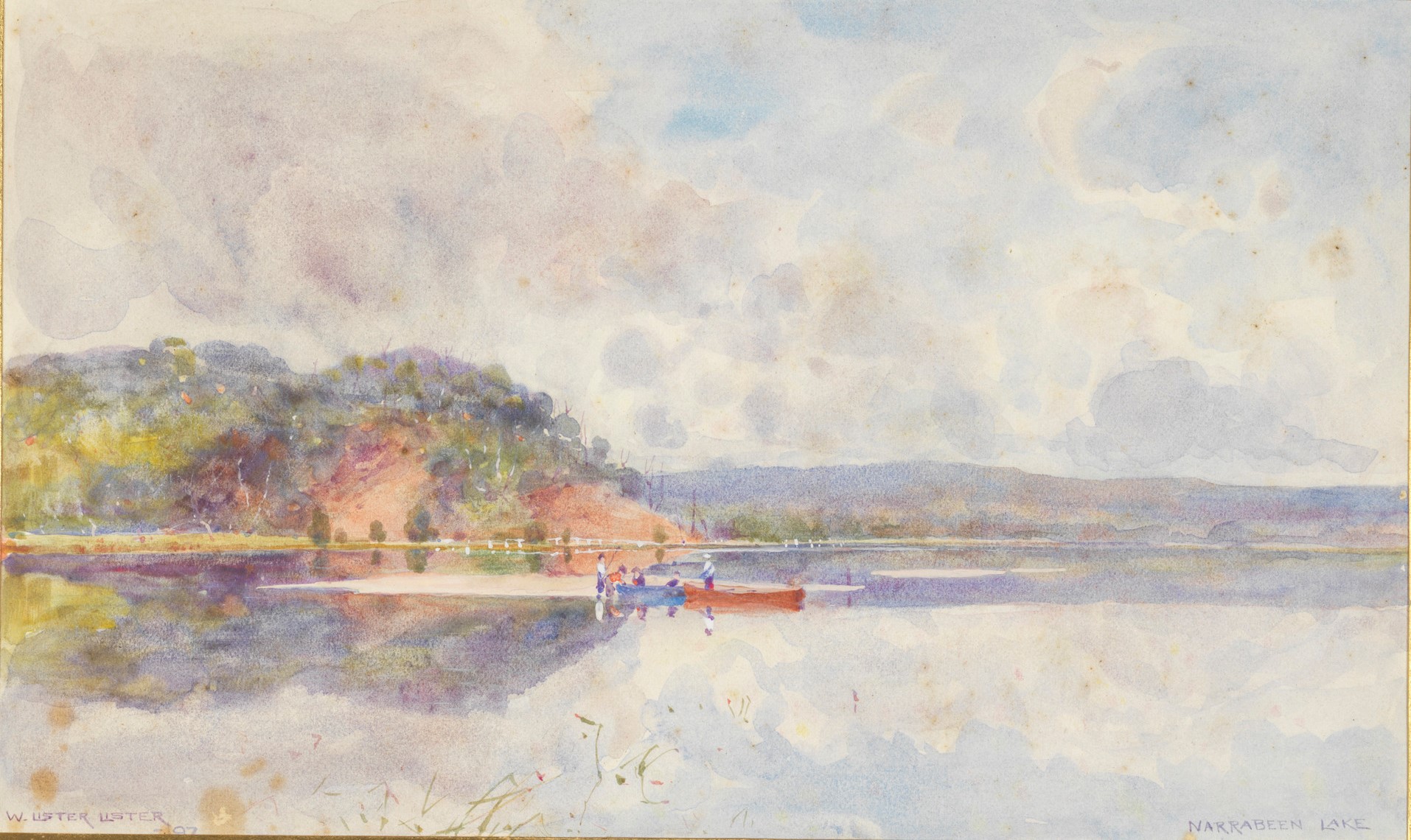
Have Yourself A Merry Little Christmas (2021 Christmas In Rockefeller Center)
Carrie Underwood performs “Have Yourself A Merry Little Christmas” from her “My Gift (Special Edition)” album from NBC’s Christmas in Rockefeller Center.
How To Host A Safe Party: Tips And Advice
A Voice For Young People In Online Safety
TAFE NSW Offers Thousands Of Free Training Places
November 22, 2021
School leavers and jobseekers in the Northern Beaches now have access to thousands of free course places in the NSW Government funded Summer Skills, Lockdown Learning, and Job Trainer programs at TAFE NSW.
TAFE NSW is offering free training in courses aligned to meet the skills needs of businesses in NSW, such as aviation, construction, cyber security and hospitality.
TAFE NSW Managing Director Steffen Faurby said more than 20,000 people have already enrolled in fee-free Lockdown Learning courses, with almost 10,000 people studying with TAFE NSW for the first time.
“TAFE NSW has assisted thousands of people with free training to upskill themselves or their staff, enhance their job prospects, or begin retraining for a new career,” Mr Faurby said.
“With HSC exams underway, Summer Skills offers school leavers free short courses to upskill over the summer months, in courses such as Medical Terminology, Design and Build a Website, and Retail Customer Service.”
TAFE NSW Northern Beaches will be offering the free Summer Skills course: Statement of Attainment in Introduction to Cookery Skills.
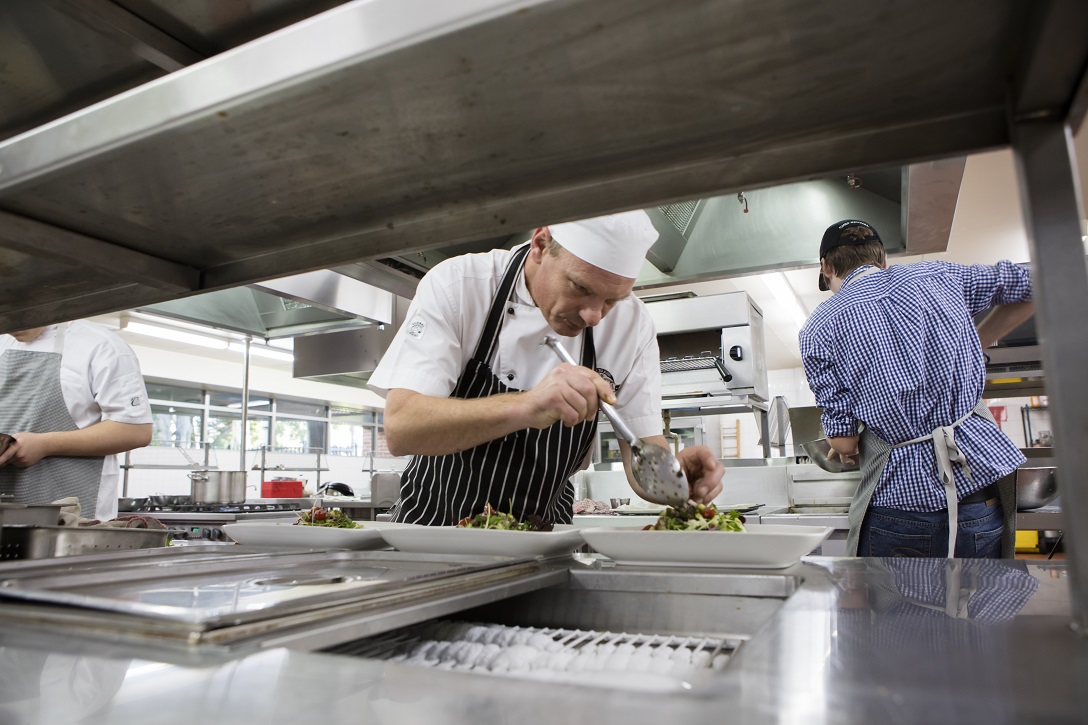
Leading employment marketplace Seek currently has 1,200 kitchenhand jobs in NSW on its site, with North Shore & Northern Beaches accounting for more than 140 of them.
TAFE NSW Head Teacher of Commercial Cookery Richard Etherington said the Statement of Attainment in Introduction to Cookery Skills is fully subsidised for eligible students and allows them to launch a career in the fast-paced hospitality industry.
“TAFE NSW is offering many Summer Skills courses via online learning or virtual classrooms, which means that no matter where you are located you can take up the opportunity to boost your employability and gain new skills,” Mr Etherington said.
“The Statement of Attainment in Introduction to Cookery Skills is being offered at the local Northern Beaches campus, and is a great opportunity for school leavers to learn practical cookery and kitchen organisational skills.
“Students will learn how to prepare dishes using basic methods of cookery, use hygienic practices for food safety, participate in safe work practices, and use food preparation equipment.”
For more information about studying at TAFE NSW, visit www.tafensw.edu.au or phone 131 601.
Seniors Stories: Volume 7 Now Available
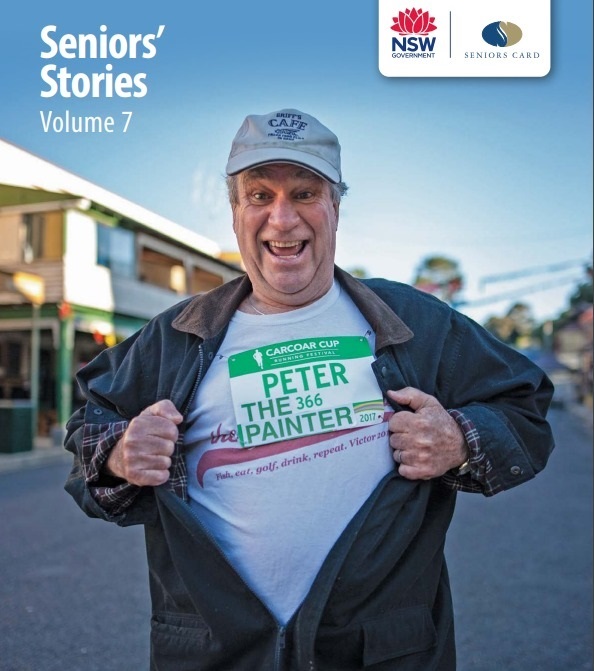
"Castaway" - By ESMA
NAZARE ALIVE Part 3 Big Wednesday 8th Dec 2021
Thomas Kincade's Christmas Cottage
Christmas Under Wraps
How to enjoy a digital detox over Christmas

It is not surprising that many of us have been suffering from digital overload during the pandemic, and taking care of our “digital wellbeing” has become a common theme. Social media, online shopping, making reservations, and even necessary chores like paying bills have meant that technology has pervaded every aspect of our lives.
Whether home schooling or working from home, our mobile phones have never been far from our side. We’ve even embraced video communication technology for keeping in touch with friends and loved ones, whether they live locally or thousands of miles away.
To be frank, it can be very hard to imagine how we can just decide to cut it off. And the constant pressure to always be available – and reply immediately – can be overwhelming.
But with Christmas coming, you may be planning to take a break from work and perhaps even go on holiday. So, why not take the opportunity to have a break from technology and try a digital detox?
In our new work we investigated different ways to reduce tech use on holiday. Here’s what we discovered.
1. Lock It Away
By far the most efficient way to get the most out of the experience is to lock your phone, laptop and tablets away. Of course, you have the option to turn on “do not disturb” mode, or selectively turn off notifications on some apps. However, it is quite a task to turn off notifications for certain groups of apps, and with your phone still in your pocket there’s always an excuse to check Facebook or Instagram, to reply to an email, or upload a photo. This approach means you could still scroll through your phone, and muscle memory means you can open apps without even realising it.
You could consider limiting your phone usage time. For example, one hour in the morning and one hour in the evening. But our study found that soon you would spend much longer without realising it and find more excuses to be online.
So, the best solution is to go cold turkey and lock your phone in a box or hide it somewhere. This removes the challenges of turning off notifications or limiting your phone time.

At first it might be a bit overwhelming. But after a while you will start to feel the benefits, and will hopefully feel more liberated, freer, or like a weight has been lifted.. You may even find that you want to stay disconnected for longer.
2. Don’t Forget To Plan
It’s very difficult not to unwind in the countryside. There, you don’t need to worry about navigating city streets and the overwhelming digitalised infrastructure of cities (such as apps for booking restaurants, cinema tickets and public transport). So if you can get away, it will make the detox feel much more natural.
But prior planning is essential. Turn on your out-of-office message, let your colleagues, clients and boss know that you are away. Inform your loved ones and friends so you won’t be stressed about them trying to reach you.
You should also print booking confirmations and train, plane and other travel tickets – and get a paper map so you can leave your digital devices behind. If you find the preparation too much of a fuss, you can book your experience with a digital detox holiday provider who will help with the planning and adjustment to a week or two without sensory overload.
3. Find The Positives
As technology is considered the “default” in our lives, you might experience some difficulties disconnecting cold turkey from a world where we are connected 24 hours a day, seven days a week.
At first, disconnecting might throw up some considerable emotional challenges – such as feeling stressed, anxious or frustrated.
We suggest trying to re-frame the struggles in your mind as positive by looking at the experiences as rewards rather than punishments. For example, not being able to use digital apps or websites to navigate around and find highly-rated restaurants can be frustrating – but it can also create a sense of excitement from having the opportunity to explore the unknown, experience unexpected encounters, or master new skills in using paper maps and perhaps even a compass.
You might find hidden gems or more opportunities to talk to locals.
Yes, you won’t be able to share your experience instantly on social media, but you will have more quality time with your companions rather than checking likes and replying to comments on your posts.
The digital detox experience opens up opportunities to reconnect with long forgotten nostalgic childhood memories, and the old times you probably haven’t thought about for a long time. Sometimes humming an old tune or simply playing some childhood games can be enough to take you back.
4. Reflection
The most important tip is to reflect on the digital detox experience. Everyone has their own unique relationship with technology, and you would benefit greatly from finding the best way to achieve a healthier relationship with it. Try to use the experience as an opportunity to reflect on how the digital detox makes you feel, and what would you like to do after returning to the busy connected world to help prevent digital overload from setting in again.![]()
Brad McKenna, Associate Professor in Information Systems, University of East Anglia and Wenjie Cai, Senior Lecturer in Tourism and Hospitality, University of Greenwich
This article is republished from The Conversation under a Creative Commons license. Read the original article.
Private space stations are coming. Will they be better than their predecessors?

A new era of space stations is about to kick off. NASA has announced three commercial space station proposals for development, joining an earlier proposal by Axiom Space.
These proposals are the first attempts to create places for humans to live and work in space outside the framework of government space agencies. They’re part of what has been called “Space 4.0”, where space technology is driven by commercial opportunities. Many believe this is what it will take to get humans to Mars and beyond.
There are currently two occupied space stations in low Earth orbit (less than 2,000km above Earth’s surface), both belonging to space agencies. The International Space Station (ISS) has been occupied since November 2000 with a typical population of seven crew members. The first module of the Chinese station Tiangong was launched in April 2021, and is intermittently occupied by three crew.
The ISS, however, is slated to retire at the end of the decade, after nearly 30 years in orbit. It has been an important symbol of international cooperation following the “space race” rivalry of the Cold War, and the first truly long-term space habitat.
Plans for multiple private space stations represent a major shift in how space will be used. But will these stations change the way people live in space, or replicate the traditions of earlier space habitats?

Commercialising Life In Space
The change is driven by NASA’s support for commercialising space. This emphasis really started about a decade ago with the development of private cargo services to supply the ISS, like SpaceX’s Cargo Dragon, and private vehicles to deliver astronauts to orbit and the Moon, such as SpaceX’s Crew Dragon, Boeing’s Starliner, and Lockheed Martin’s Orion capsules.
Start-up Axiom Space was awarded a $140 million contract by NASA in February 2020 for a private module to be attached to the ISS. Axiom announced Philippe Starck will design a luxurious interior.
Starck compares it to “a nest, a comfortable and friendly egg”. There’s also a huge viewing area with two-metre-high windows for tourists to look out at Earth and space.
The first module is due to be delivered to the ISS in 2024 or 2025, with others following each year. By the time the ISS is decommissioned around 2030, Axiom’s modules will become a free-flying station.
Axiom has signed a contract with French-Italian contractor Thales Alenia Space, which built close to 50% of the ISS’s habitable volume for NASA and the European Space Agency, to produce its habitat.
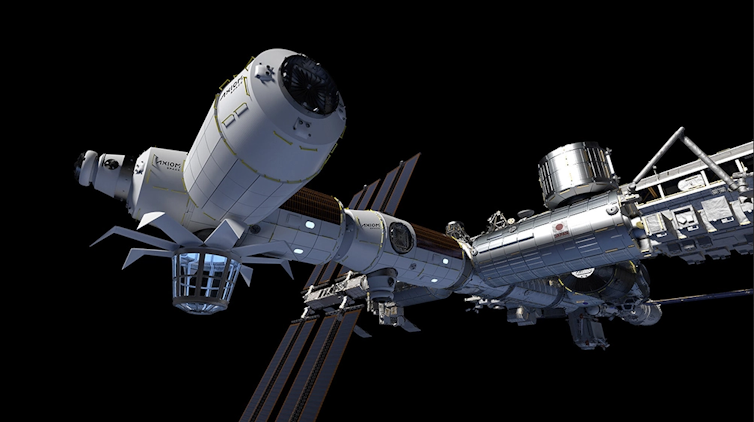
But there’s more. Three other groups have just been selected for the first phase of NASA’s Commercial LEO Destinations competition to build free-flying space stations to replace ISS.
First, a group composed of Nanoracks, Voyager Space, and Lockheed Martin proposed a station called Starlab to provide research, manufacturing, and tourism opportunities. This was almost immediately followed by a competing project called Orbital Reef, by Blue Origin, Sierra Space, and Boeing. A third project, by Northrop Grumman, will be made of modules based on its existing Cygnus cargo vehicle.

But How Are Space Stations Actually Used?
Less clear is whether the private space stations will be more liveable than earlier generations of space stations, like Salyut, Mir, and ISS.
Typically, older space stations were designed to meet engineering constraints rather than starting with crew comfort. What lessons have been learned to make life better in space?
Until recently, there was little research that focused on the lived experience of astronauts on space stations. That’s where social science approaches, such as the ones we are using in the International Space Station Archaeological Project, come in.
Since 2015, we have developed new, data-driven understandings of how ISS crew adapt to life in a context of confinement, isolation, and microgravity. We observe and measure their interactions with built spaces and the objects surrounding them. What are the patterns of usage of different spaces and items?
Asking these kinds of questions reveals information never considered in habitat design before. It turns out the crew don’t necessarily use the spaces inside the ISS the way they were designed - for example, they personalise different areas with visual displays of items that reflect their beliefs, interests, and identity.
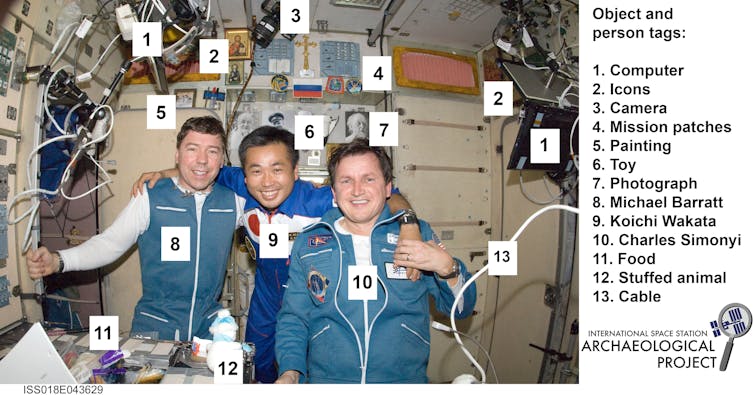
The crew also doesn’t use all spaces inside ISS equally. People from different genders, nationalities, and space agencies appear in some modules more than others among the 16 that make up the station. These patterns are related to the way work is divided up between crews and agencies, as well as the layout of the modules themselves.
One big challenge of life in orbit is the lack of gravity. Objects like handrails, Velcro, bungee cords, and resealable plastic bags act as “gravity surrogates” by fixing objects in place while everything else floats around. Our research is mapping how crew adapt these gravity surrogates to make their activities more efficient, and how the placement of the surrogates changes the way different spaces are used.
Society And Culture In Space
Even with added luxury features like large windows, designers and engineers have a long way to go to make space stations efficient, comfortable, and welcoming, especially for the predicted space tourism market.
The plans for privately-owned and -operated space stations are undeniably ambitious and could transform how humans live in this environment. But it’s likely that the companies working on them don’t yet know what they don’t know about how people actually use space habitats.
Only by turning towards new kinds of questions and research from a social and cultural perspective will they be able to make real changes that can improve mission success and crew well-being.![]()
Justin St. P. Walsh, Associate professor of art history and archaeology, Chapman University and Alice Gorman, Associate Professor in Archaeology and Space Studies, Flinders University
This article is republished from The Conversation under a Creative Commons license. Read the original article.
80 years on, the attack on Pearl Harbour offers lessons for today

“Pacific Ablaze” read Australian papers on December 8 1941, as the world learned about the monumental events that unfolded only hours before. Japan had simultaneously declared war against the United States and Great Britain, then immediately launched stunning attacks spanning 6,400 kilometres (and the international date line) from Singapore to Hong Kong, Malaya, Bangkok, Guam and the Philippines.
The most iconic attack was on Pearl Harbour. Within the US territory of Hawaii (where it was still December 7), Japanese forces decimated the immense naval base, drawing the US into the second world war that had begun in 1939.
The attack opened the war’s Pacific theatre, spanning the entire ocean. It brought untold devastation, loss and change to the Pacific’s remotest islands and its densest population centres.
Eighty years on, the prodigious history triggered on the “day which will live in infamy” is being revived in increasingly ominous ways.
Japan’s opening attacks triggered a cascading crisis of events. After the December 7 and 8 attacks, Australians were told that halting Japan’s southward expansion “all depends on Singapore”. Singapore fell in a matter of days, on February 15 1942. Prime Minister John Curtin described this event as “Australia’s Dunkirk”, leaving it wide open to invasion. New Guinea was then attacked on February 16.
Three days later, the war came to Australia’s mainland. Darwin was bombed for the first time on February 19, killing more than 230 people and destroying infrastructure.
Bombing raids across northern Australia followed, as did acute fears of Japanese submarine attacks along the industrial and heavily populated east coast. These fears were realised with attacks in Sydney Harbour in May and Newcastle in June 1942.
The arrival of American troops reversed Australia’s desperate situation. The first of nearly 1 million who rotated through Australia (then with a population of 7 million) began arriving in December 1941.
In the wake of the Pacific-wide attacks of December 7 and 8, Curtin recognised Australia’s grave defence vulnerabilities premised on deeply flawed British imperial plans. He declared “Australia looks to America” as its only hope against invasion.
The arrival of American troops ensured Australian soil would not be the battleground for defeating Japan. Instead, Pacific islands from the Alaska Territory’s Aleutian Islands, Kiribati, the Solomon Islands, Australia’s colonies of Papua and New Guinea to Japan’s former mandated territories colonies, like the Northern Marianas, saw four years of slaughter.
The blood-letting finally ended with the war’s greatest mass-casualty events of all, the US atomic bombs dropped on the Japanese cities of Nagasaki and Hiroshima in August 1945.
Throughout the war, Australia (first Melbourne and then Brisbane) served as America’s headquarters for prosecuting the war against Japan. The countless bonds forged in war were only solidified after the war’s end with the rapid escalation of the Cold War and the outbreak of proxy wars in the Pacific region involving the US and its allies against Communist Russia and China. These were most notably in Korea (1950-1953) and then Vietnam (1965-1975).

Throughout the postwar era, the 1951 ANZUS Treaty served as the basis for the US and Australian relationship. During these decades, the Pacific islands faded into the geopolitical background, though they were littered with the war’s still deadly refuse. But China’s growing influence from the mid-2000s slowly reignited Australian and US attention to the Pacific Islands.
In 2021 we have seen an intense recalibration of the US-Australia relationship. The surprise September 2021 announcement of the AUKUS agreement between the US, Australia and the UK has led to an avalanche of debate about northern attacks on Australia from an Asian power (this time China), submarines and the Pacific’s nuclear legacies.
Then, on November 29 2021, the US Defence Department announced in its global posture review that it will concentrate military activities and infrastructure in Australia and select Pacific Islands.
There’s no question the US and the UK are returning to the Pacific at levels not seen since the second world war. The AUKUS agreement, initiated by the Morrison government, encapsulates the escalating tensions due to China’s troubling acts. These include its rhetorical and trade war with Australia, aggressions towards Taiwan, military expansion in the South China Sea and its deepening influence in the Pacific islands as a suspected veiled means to project its military power.
Australia’s prime minister and, most recently, defence minister have conjured up the Pacific War, saying “we live in the echoes of the 1930s”, citing “mistakes” that led to the war.
China has lashed back, criticising the Australian government for super-charging fears that history is repeating at a terrifying scale and pace.
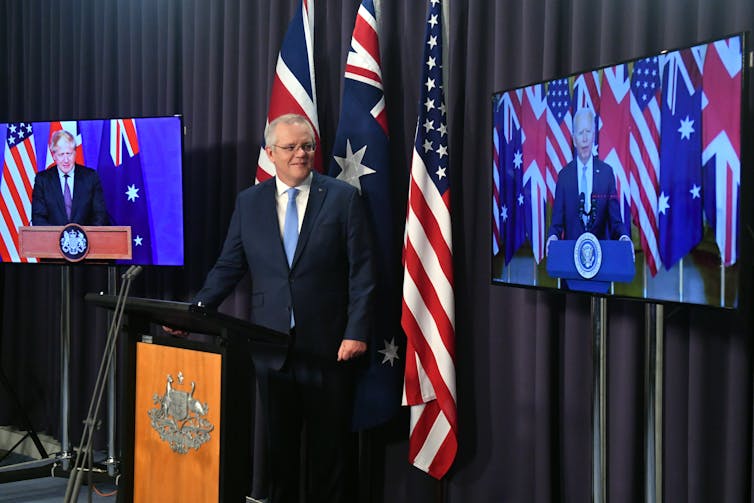
The 80th anniversary of the Pearl Harbour attack is an opportune moment to take stock and think about some lessons of history. Here are some to consider.
Australia, the US and Britain were all woefully unprepared for Japan’s belligerence from late 1941. Securing Australia’s defences now is sensible, if not overdue.
However, addressing this security need does not have to be accompanied by the beating of war drums or the fracturing of other vital alliances, as with the Morrison government’s diplomatic “own goal” with France over the submarine deal scuttled by the AUKUS agreement. With AUKUS, the Biden administration got a taste of Australia taking the diplomatic lead – an enraged France withdrew its US ambassador for the first time in history. One of the vital mistakes that led to war was the failure of diplomacy.
The Pacific war was ruinous. It caused unimaginable suffering to Japan’s populace both in a defeated Japan and living around the Pacific region. Immediately after Pearl Harbour, Japanese people were “rounded up” into internment camps and their personal assets stripped.
In the case of Hawaii, where one-quarter of the population in 1941 was of Japanese descent, they lived under harsh military law. Pacific Islanders, whose islands were war fronts, also suffered immeasurably from the conflict.
Australian and American soldiers and their families also sustained terrible losses. For many who survived the war, its horrors never ceased.
For China, the war began years before 1941, in the 1930s, with Japanese aggression and a crushing invasion epitomised by searing events, like the 1937 Rape of Nanking.
The brutality and devastation sparked by the Pearl Harbour attacks should not fade from the minds of politicians from all sides. Eighty years on, there remain powerful lessons to be learned.![]()
Patricia A. O'Brien, Visiting Fellow, Department of Pacific Affairs, Australian National University; Adjunct Fellow, Center for Strategic and International Studies, Washington DC; Adjunct Professor, Asian Studies Program, Georgetown University
This article is republished from The Conversation under a Creative Commons license. Read the original article.
Asia Pacific Triennial of Contemporary Art shows how our local differences demand curiosity and care
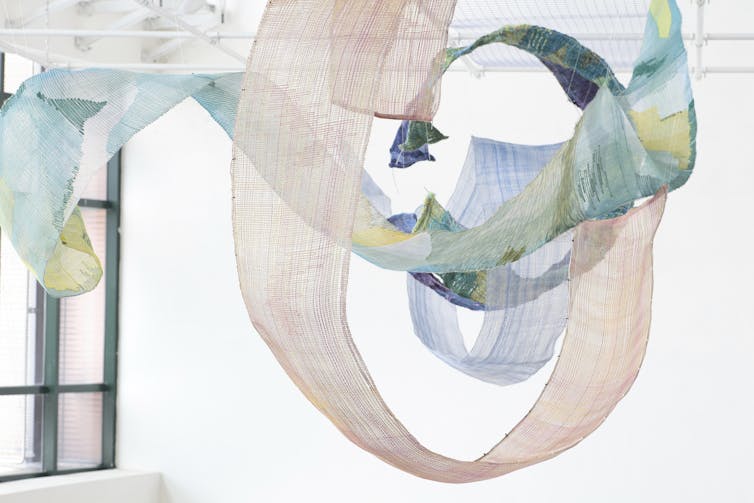
Review: Asia Pacific Triennial of Contemporary Art, Queensland Art Gallery and Gallery of Modern Art
The Asia Pacific Triennial of Contemporary Art has earned its rightful place in Australia’s cultural calendar for the ambitious scope of its artistic programming, highlighting the diversity and range of artistic practices across the Asia Pacific region. This 10th triennial, ATP10, features 150 artists and collectives from 30 countries.
The curatorial gambit characterising the triennial since its inception in 1993 has always been highly complex: how to give representation to the region’s complexity, without homogenising or flattening cultural differences?
To answer this question, I would point to two interconnected concerns or themes that distinguish APT10: an emphasis on First Nations’ perspectives and a gentle excavation of underexamined or invisible histories.
Cross-Cultural Conversations
The extraordinary Yolngu/Macassan Project draws attention to the richness of the cultural, social, and spiritual connections between the Macassan sailors from southern Sulawesi in Indonesia and the Yolngu people of north-eastern Arnhem Land.
For hundreds of years, this pre-colonial relationship was based on the Macassan trading tamarind in exchange for sea cucumbers (trepang), until the practice was banned in the early 1900s. The project includes a Yolngu-crafted Macassan sail, bark paintings and pottery shards and underscores the enduring influence of the Macassan’s visits on the Yolngu people.

Co-curated by Abdi Karya and Diane Moon, the richness of the Yolngu/Macassan Project accentuates the crucial educational role played by APT10: by investing in research and collaboration, meaningful cross-cultural conversations are reignited and brought to the attention of broader audiences.
Another important curatorial collaboration is Between Earth and Sky: Indigenous Art from Taiwan. Co-curated by Paiwan artist Etan Pavavalung and Makatao curator Manray Hsu, eight Indigenous artists from Taiwan work across mediums to retrieve cultural techniques and criticise the corrosive effects of colonisation.
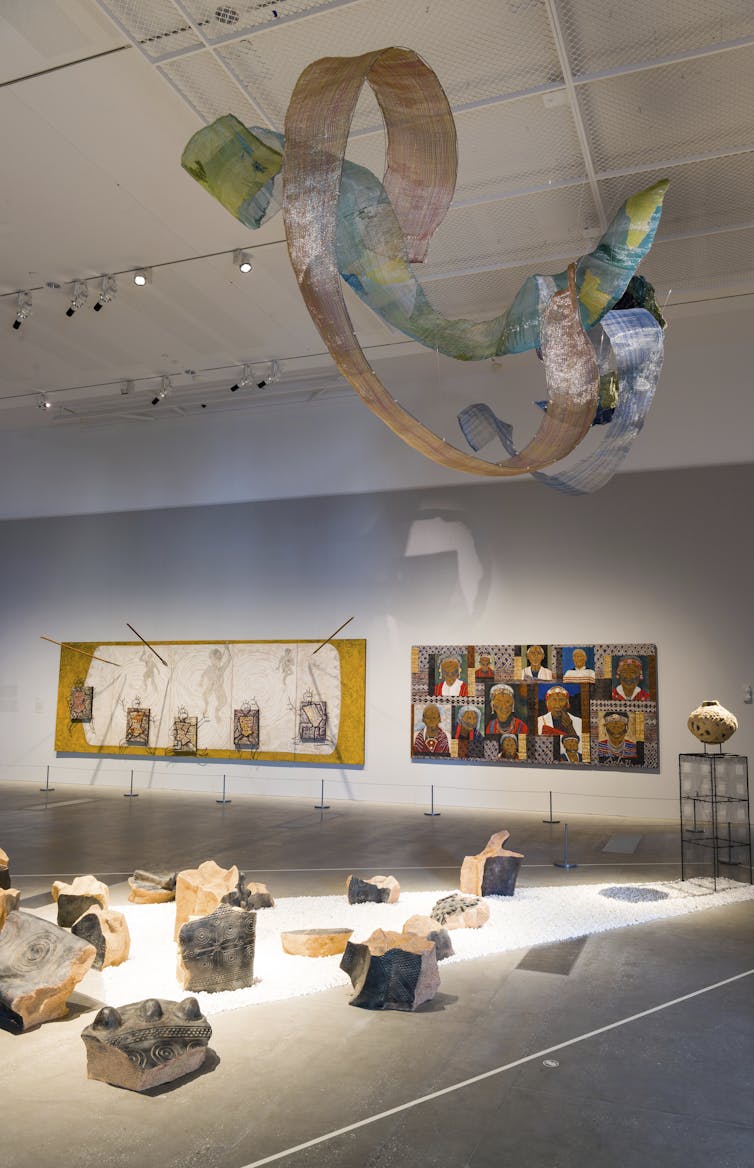
For over two decades, Yuma Taru has driven the revival of Atayal weaving and dyeing. Seeking guidance from her grandmother and Tribal Elders, Taru established a collective of local women dedicated to preserving traditional weaving practices and techniques.
The spiral of life – the tongue of the cloth (yan pala na hmali) – a mutual dialogue (2021) is a textile-based installation hung from the ceiling and gives visible representation to the Atayal oral language.
According to the Atayal Elders, words must be akin to the cloth’s softness, so thoughts can be conveyed without injury or damage to the listener.
Ideas Of Scale
Themes of migration and displacement are taken up by Suva-born, Melbourne raised Salote Tawale. Tawale has exploited the scale of GOMA’s dramatic central gallery space by installing a large bamboo raft No location (2021).
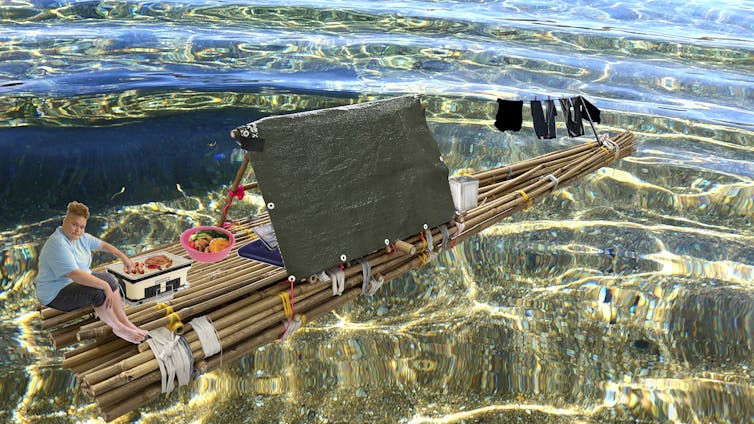
The raft was inspired by a traditional Fijian watercraft, bilibili, Tawale remembers seeing in the Fiji Museum in Suva as a child. The vessel becomes a metaphor for moving between cultures and the threat of sea-level rise activated by climate change.

Sitting adjacent is Kuwaiti-Puerto Rican artist Alia Farid’s large-scale installation In Lieu of What Was (2019). Kuwait’s water consumption is amongst the highest in the world, however, it has no rivers and so Kuwait relies on desalination plants and the importation of water.
Farid’s sand-coloured sculptures stand desolately in the gallery space. It is as if they have been excavated from the future as archival “relics” from when the Gulf region still had access to water.
The impressiveness of scale is also at play in Balinese artist I Made Djirna’s installation Kita (2021). Like strings of enormous beads, hundreds of pumice stones hang from the ceiling, evoking an immersive jungle-like experience.
With its textured and layered cascading pumice stones (traces of the island’s volcanic activity), coconut husks and terracotta masks, the spectator’s attention is focused on the installation’s physical and material presence.
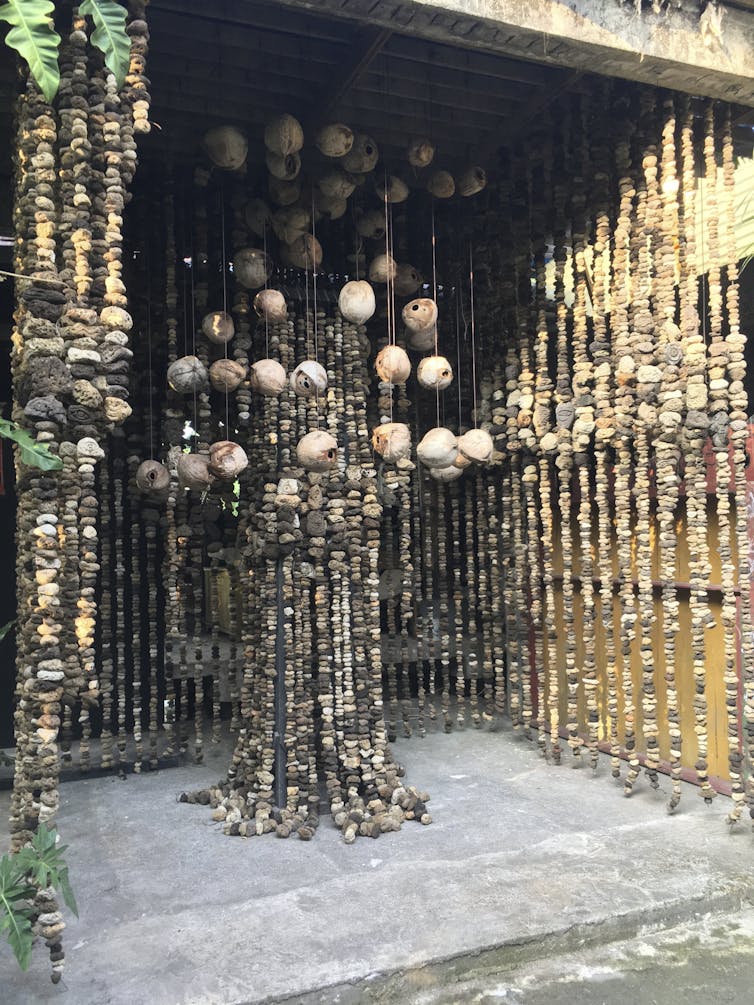
Curiosity And Care
Cambodian artist Svay Sareth spent his childhood in a refugee camp on the Thai-Cambodia border during the devastating war-ravaged years of the Khmer Rouge regime (1975-79). Sareth has taken up durational performance as a metaphor for Cambodia’s traumatic and violent history.
In the video work Mon Boulet (2011), Sareth wheeled an enormous 80-kilogram metal ball for approximately 250 kilometres. He had no provisions, prompting chance encounters and interactions for obtaining food, water, and shelter with many people over the course of his six-day journey.
An adjacent cinema series Under the Radar highlights film making from across Asia and the Pacific. Combined with a comprehensive children’s program, APT10 promises to provide a range of experiences drawn from both within and around the region over the summer months ahead.
While the global pandemic grinds on in the background, APT10 feels fresh, forward looking and optimistic. After almost two years of closed and restricted borders, the exhibition delivers a poignant reminder: we are all globally interdependent, however, our local differences demand both our curiosity and care.
APT10 is showing at QAGOMA until April 25 2022.![]()
Chari Larsson, Senior Lecturer of art history, Griffith University
This article is republished from The Conversation under a Creative Commons license. Read the original article.
Even in the colourful world of video games, most players demand historical accuracy

Some of the most popular video game series are those that use historical settings, and research has revealed players have extremely high standards when it comes to the accuracy of the history presented.
We surveyed players of the Assassin’s Creed series, one of the most famous video game series to use historical settings, to understand how important accurate depictions of history in video games were for players.
The Assassin’s Creed series depicts a millennia-old conflict between the secret Assassin Brotherhood and Templar Order. In the majority of games, the player takes control of a historical assassin in a historical setting, but with cuts to a modern-day, science-fiction framing story.
The games are known and loved for their historical tourism appeal. The series has allowed players to explore Cleopatra’s Egypt, the Middle East during the Third Crusade and the Italian Renaissance among other settings.
And players expect to see due diligence done when it comes to reflecting real-life historical facts and settings.
Respecting History In Gaming
58% of players felt video game developers should minimise changes to the historical record. Another 21% felt it depended on the game. For example, some respondents accepted developers could and should make changes for alternate history or fantasy games.
One noted, “unless a major part of the gameplay is creating an alternative history, or there’s a major sci-fi/fantasy element making the historical accuracy unimportant, developers should strive to make their games as accurate as possible”.
In general, respondents felt games needed to be fun and entertaining, so changes to history should be made to ensure that. Otherwise, the history developers were using should be respected.
As another respondent put it, “the developers should stay as close as possible [to historical fact] unless doing so would hinder the gameplay or story.”
Some respondents even thought changes to the historical record should be disclosed to players in some way.
Accuracy In Gaming
Video games are one of the newer popular entertainment media but are sometimes still thought of as an industry for adolescents, despite the average age of players in Australia being 35.
Our research shows players have high expectations when it comes to the accuracy of information being presented to them.
With over three billion worldwide players, video games are how a lot of people are being exposed to history.
And they are very influential in shaping players views about history. Video games are interactive which means their players can actively engage with historical events and people and explore historical worlds.
Some of the most popular and long-running video game series, such as Assassin’s Creed, Total War, and Civilization use historical settings as a key part of the game’s plot and appeal. For example, the Assassin’s Creed series alone has sold more than 150 million copies since 2007.
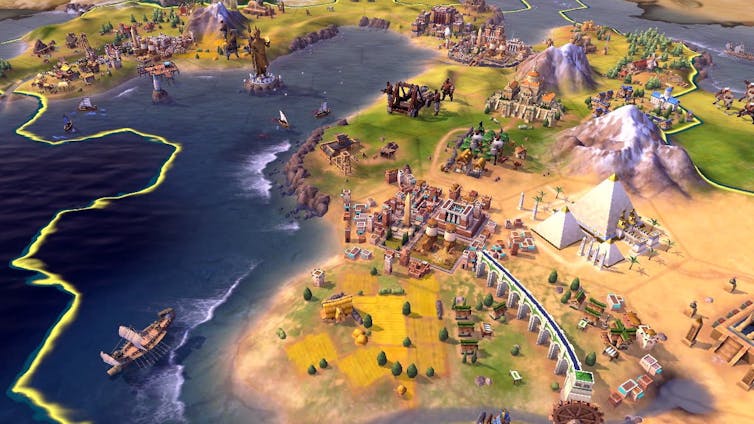
Introducing Audiences To History
It used to be that film was the most influential media for exposing audiences to history. Thanks to the popularity and interactivity of video games, this has shifted somewhat.
Video game developers have embraced historical accuracy when creating their games. For example, during the development of L.A Noire, a film-noire inspired game set in Los Angeles in 1947, over 180,000 sources including newspaper articles, photographs, and police records were examined to ensure the city was recreated accurately.

The Assassin’s Creed series itself is also well-known for hiring historians and academics as consultants and recreating detailed versions of historical cities for its games.
For Assassin’s Creed Unity, set in Revolutionary Paris, developers consulted over 150 maps of the city and spent two years modelling Notre Dame. This even involved tweaking individual bricks and consulting historians to establish which paintings were on display.

The audience hunger for this sort of rigorous research and details in games has created opportunity for video game developers and companies.
Developers can add their use of history to their marketing. Branded podcasts, social media, tie-in books and website content can explore the research developers have undertaken. They can also present information about the actual history and explain why changes were made.
The popular History Respawned podcast, which explores the history presented in popular video games, is one model the industry can use. Another is the in-game historical encyclopaedia the Assassin’s Creed series features, and other games could use.
Video games also regularly offer high-priced collector and limited editions with statues, soundtracks and artbooks included, and these could be another avenue for providing players with the historical information they want.
Including Historical Inaccuracy
However, what is accurate and what is not is not always obvious.
Notre Dame, as it appears in Assassin’s Creed Unity, features the cathedral’s famed spire. However, historically it wasn’t installed yet, and was added after test players felt the cathedral was inaccurate if it wasn’t featured.
When it comes to making video games with historical settings, developers must carefully choose what accurate and inaccurate aspects they include. Sometimes, making a game that matches what a player believes is authentic to the time period actually requires inserting inaccurate aspects.
And, of course, a game has to be fun. The ship-to-ship combat in Assassin’s Creed Black Flag, set during the Golden Age of Piracy, is much, much faster than actual naval battles and features tactics real-life pirates would never use. And yet Black Flag is one of the most beloved games of the series.
Developers have a tricky paradox to navigate. To give the players what they want, they sometimes have to give them what it appears they do not want.![]()
Jacqueline Burgess, Associate Lecturer in International Business, University of the Sunshine Coast
This article is republished from The Conversation under a Creative Commons license. Read the original article.
Friday essay: Chanel’s complex legacy

Gabrielle “Coco” Chanel, friend of artist Jean Cocteau and lover of musician Igor Stravinsky, transformed women’s fashion across the world. Pablo Picasso said of her: “Chanel is the woman with the most sense in Europe”. Chanel’s fashion vision transformed both women’s appearances and definitions of luxury for the 20th century.
How did she pull this off, what is the continuing attraction, and how do we recognise her complex background, difficult choices and ongoing legacy?
With the opening of a new show, Gabrielle Chanel: Fashion Manifesto, at the National Gallery of Victoria, curated by Paris fashion museum the Galliera (supplemented with works drawn from the NGV’s collection), Chanel’s life and work are in the spotlight once more.
Who Was Coco Chanel?
Coco Chanel was born in 1883 in Saumur, France, the illegitimate daughter of a street vendor, who struggled to raise her. She lived for a time with nuns, whose white linen and fine sewing influenced her later approach to good dressing.
Chanel began her life as a singer in cabarets, where she sang a tune that gave her the nickname “Coco”. She took up a series of lovers, not unusual for struggling women in that time, which gave her the capital to become a milliner, an occupation requiring modest investment and little space to set up.
In a foretaste of her later work with serial repetition, Chanel used basic templates, such as the boater or wide brimmed straw hats which she dressed very simply. Her work struck a modern note and was popularised by actresses.

Making The Modern Woman
Chanel opened boutiques at Deauville and Biarritz, fashionable seaside resorts where she observed and wore beach garments made of the wool jersey that she later made her own signature. She took up with wealthy English men who introduced her to hunting dress and the Scottish tweeds that she also transformed into day wear for women.
We associate Chanel with the little black dress of the 1920s, which could be made of wool jersey for day or silk and tulle for evening. A short, tubular garment, it took the world by storm. Vogue called it the “Ford signed Chanel” in 1926, referring to the mass produced and affordable car that also came in only one colour.
The emphasis on the little black dress has distorted Chanel’s output, which always extended to vibrant but tonal colours, and other materials such as lace and satin for evening.

The Little Black Dress Also Came From Somewhere
The First World War brought with it the death of millions of young men, the disruption of succession in the great landed English estates, and the destruction of huge swathes of Europe. Cultural pessimism was common. Out went the lavish, historical styles associated with the robber barons and the Belle Époque.
France had the greatest casualties of WWI – nearly 2 million were dead. Chanel witnessed the collective mourning of thousands of French women dressed in black. She also saw the large numbers of women working in male occupations who suddenly wore uniforms with trousers, external pockets, overalls, and boiler suits.
The 1920s was a time of living for the moment and “experience culture”: sex, sport, travel, and fast-changing fashion. 1920s French women’s fashion was marked by a new engagement with the street and the notion of repetition. The Italian Futurists proposed cancelling fashion altogether. Chanel was ready for this change, even if her approach was more subtle.
In the 20th century the innovative silhouette and cut of clothes became the most important ambition for designers who wished to present new dress fashions. Cubist painters such as Picasso and Braque fractured the body. Their geometries were also adopted in clothing. Chanel both learned from and inspired the Paris modernist avant-gardes. The poet Colette remarked:
Chanel works with all ten fingers, with her nails, the side of her hand, her palm, pins and scissors, on the dress itself, a white mist with long pleats, spattered with flecks of crystal.
Chanel’s approach was modernist in that she was interested in the idea of a template for day-wear. In the late 1920s she made suits with unlined jackets revealing the selvedge (reinforced edge of the piece of fabric) and overstitching on the seaming.
Her monochrome palette which often used black, blue, red, beige and white was the opposite of the oriental sensuality of fashion design before the Great War. Her wide belts referred to both men’s wear and working wear, as did her famous striped matelots. From military dress she used the concept of the jacket’s lining extending to the revers, or lapel facings.

Chanel once noted: “One wears clothes with the shoulders. A dress should hang from the shoulders”. Like her older contemporary Madeleine Vionnet, she created dresses that seemed diaphanous and sculptural simultaneously. Her use of pin tucks created dresses that clung so closely to the body they appeared almost nude.
Her 1920s dresses appear deceptively simple but include skirts pieced together with up to 20 panels. Although she usually cut on the straight grain, Chanel made clever use of fabrics with tensile qualities, such as lace, tulle, jersey, chiffon, georgette, crepe de chine and loosely woven tweeds, blurring the distinction between the flou (dress-making) and the tailleur (tailoring) by applying techniques from each process to the other.
Chanel did not depart from the lines of the body. The focus on the Chanel suit has deflected attention from her evening wear of the 1930s, which is notable for its hyper-feminine effects using lace and sequins and suggestions of the bustle skirts of the 1870s.
Chanel was interested in a playful and conceptual design approach, in which real gems might be intermingled with fakes, and a practical pocket-book bag, first introduced in 1927, could hold everything a woman required for the day. There was no need to flaunt money in materials and craft, but luxury could be expressed in subtle ways that only other women might recognise.
Yet, this was no “democratic” move in any sense of the word. Chanel’s modern luxury was for those “in the know” and it continued to cost a great deal.
Chanel’s Innovative Luxury
Chanel was probably the person who contributed most to redefining luxury in the first half of the twentieth century.
We associate Chanel with the term chic, although this was not her invention. Théophile Gautier, the French journalist and literary critic, used the term in 1864, calling it “a dreadful and bizarre word of modern fabrication”.
With Chanel, chic came to mean an approach to style that was not simply dependent upon money, although money often helps. This explains her use of simple materials, muted colours, and rigid lines. She claimed that she was not interested in diamonds and pearls — many of hers were in fact fine fakes crafted by the jeweller Verdura.
Chanel’s concept of luxury had as its opposite, vulgarity. She was revolted by the approach to luxury connected with the vibrant Ballets Russes of the early 1910s and the associated fashions, perfumes, and household products retailed most notably by the fashion designer Paul Poiret:
The Ballets Russes were stage décor, not couture. I remember only too well saying to someone sitting beside me: “These colours are impossible. These women, I’m bloody well going to dress them in black”.
In the case of Chanel, clothes can been seen as dynamic forces that helped produce the “modern woman” – not the other way around, that is to say the women becoming modern and demanding fresh clothes.
Coco Chanel was among those at this time who argued that luxury was not necessarily physically embodied in artefacts: diamonds could therefore be replaced by imitation paste, silk or velvet by a wool jersey.
Chanel was partisan in a titanic struggle between the protectors of elite forms of luxury (today referred to as “metaluxury” or “über luxury”) and the growing middle class comforts and commodities of the time.

Chanel Number 5
Although known as a couturière, Chanel made her fortune from the sale of Chanel Number 5, a very expensive perfume made with the rarest luxury ingredients from the south of France but with the novelty of adding synthetic ingredients.
The base was an Imperial Russian scent whose heaviness was alleviated by the new aldehydes which gave a sharp floral and ylang ylang kick. It was first released in 1922 in its medicinal looking bottle, stripped of all historical association.

Chanel was not the sole author of these ideas regarding a luxurious simplicity. Clearly associated with wider aesthetic minimalism, they appear also in the popular writings of decorator Elsie de Wolfe, who wrote in 1913 that “the woman who wears paste jewels is not so conspicuously wrong as the woman who plasters herself with too many real jewels at the wrong time”.
Luxury And The Right Wing
Chanel’s redefinition of luxury was part of a wider French debate about twentieth century taste and manufactures. One of her great loves was the French illustrator and entrepreneur Paul Iribe, who designed the famous art deco rose motif.
Iribe also ran a pro-nationalist magazine called The Witness (le Témoin) between 1933-35. Only red, white and blue ink, the colours of the French tri-couleur, was used in the printing. Iribe promoted the idea that France was the pre-eminent centre of luxury and criticised modern German and American design and also Jewish business. Iribe depicted Chanel as Marianne – saviour of the French, on one of the covers of The Witness.
Iribe was also behind an intriguing publication, the Defence of Luxury (1932), a printed manifesto that attacked aesthetic modernism, maintaining that France remained the centre of luxury despite the rise of other societies, particularly North America and Germany.
The Défense also had anti-Semitic and anti-cosmopolitan overtones, suggesting an international conspiracy was attempting to drive away the old value system that had created France as the pinnacle of luxury taste and style. Aristocracy and a “pure” French race were required, Iribe argued, in order for luxury manufacturing to continue.
Chanel’s designs, nonetheless, in their focus on craftsmanship, taste, and elite luxury (they were extremely expensive), were both a reaction to the state of affairs Iribe posited and also a confirmation Paris remained the centre of luxury.
Chanel’s own anti-Semitism, not uncommon for high-society elites of the time, came to stand as a shadow over the subtlety of her designs later in life, as did her relationship with high ranking Nazis, including her lover, during the Occupation of Paris.
Many claims, some disputed, have been made about Chanel’s level of collaboration with the Nazis, but she clearly benefited from her highly placed and opportunistic access to powerful people in France and England.
Chanel worked against the Wertheimer family who risked having their businesses Aryanised (sold to non-Jewish owners), partly because she resented the great profits they made from her house due to their earlier stock control. Following the war, enquiries were made into Chanel’s relationship with the Nazis and with the possible support of Winston Churchill (whose English aristocratic friend had been her lover) she retreated to Lausanne in Switzerland.

Chanel’s Comeback
Returning to work in 1954, Chanel surprised everyone with the famous two piece Chanel suit, worn with a co-ordinating blouse. The irony of the template is that it could be modified with trims and details in order to maintain a sense of something fashionable and timeless (out of fashion) simultaneously. The cost of these simple looking clothes is indicated in a 1965 order for Marlene Dietrich: a white day suit cost US$6000, perhaps US$55,000 today.
The controlled and modernist Chanel chromatic was a striking foil to much 1960s fashion, particularly colourful and more revealing styles for women. Chanel herself once said that she would not be surprised if women might start showing their “ass” in the future; the sight of belly buttons and midriffs was enough to horrify her in the 1960s and 1970s.
Chanel would have been very puzzled by our contemporary bust ops and “facework”: she once said: “I can think of nothing more ageing than trying to make oneself look younger”.
Chanel died in 1971 aged 87. Let’s conclude by giving her the last word, in the grumpy attitude typical of many of her pronouncements of the 1960s:
I have dressed the whole world and, today, it goes about naked.
Peter McNeil, Distinguished Professor of Design History, UTS, University of Technology Sydney
This article is republished from The Conversation under a Creative Commons license. Read the original article.
Circus Oz is to close after 44 years. They irrevocably changed Australian circus, and brought it to the world
Jo Caust, The University of MelbourneIn 1980, I was in London and working at the Roundhouse performing arts centre.
Thelma Holt, the legendary director of the Roundhouse, told me she had booked an Australian circus to perform. She asked me had I heard of them. I said no. I had been in England for a few years, so I was out of touch with what was happening in Australia. I knew though, of some former peers at Flinders, who had formed something called the New Circus. But I had not heard of Circus Oz.
Given I was the only Australian working at the Roundhouse at the time, I was self-conscious about who this group was, and what they would be like. Typical cultural cringe.
Of course, they were a revelation. So joyous, funny, imaginative, talented and witty. I felt so proud to be an Australian. They took something that was intrinsically Australian and showed it to the world. It was a moment in history when expatriate Australians such as myself could feel proud about who we were, and no longer needed to apologise for being lesser beings.
Established in December 1977, Circus Oz showed the world Australia was unique, Australians were capable of doing incredible things, and they had something special to offer on the world stage.
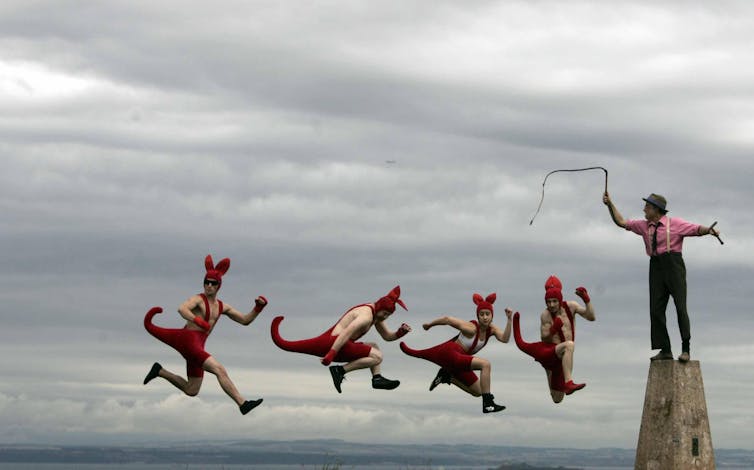
It brought to the stage a model of circus that didn’t exploit animals but joyously celebrated the human form. Outstanding individuals such as Jonno Hawkes, Robyn Laurie, Tim Coldwell, Anni Davey, Sue Broadway and numerous other wonderful performers, designers, musicians and directors were part of this world. Then there were the individuals on the administrative side, such as Linda Mickleborough, who committed herself to nurturing and supporting the company for more than 20 years.
Today, we heard Circus Oz is to be no more. Why this is happening, I am not sure. The official statement is rather full of management language that obfuscates rather than clarifies. No doubt a backstory will come out, but nevertheless it is very sad. It suggests the funders want the company to become something that is against its very nature. It may also be another arts victim of the past two years.
The End Of An Era
Circus Oz has been doing Australia a service for many years. We have all come to take it for granted. It has been travelling around the world promoting what is unique about Australia and winning acclaim in New York, London, Paris and everywhere in between. It has also been travelling around Australia making Australians feel proud about their culture.
It has shown countless young people there are alternative careers to being stuck in a factory or office. It has celebrated Indigenous culture, and protested about the things Australia is least proud of.
It has encouraged the creation of new circuses and the beauty of physical theatre around the country. Circuses such as the Flying Fruit Fly Circus in Albury/Wodonga, Gravity & Other Myths in Adelaide, Circa in Brisbane and numerous other groups that have been so important to the making of physical theatre in Australia.
Generations of performers have trained with Circus Oz and then gone on to work with them and other circuses around the world. The National Institute of Circus Arts in Melbourne would not exist without Circus Oz, nor would Cirkidz in Adelaide.
Circus Oz also pioneered how a performing arts group could be organised and be self-managed. Everyone earned the same wage, and everyone participated in decision-making. It was a role model for collective and collaborative leadership. It gave performers a sense of being more than a performer: the artists were treated as adults who had something to contribute to how their world was constructed and managed.

Business, Or Creativity?
Circus Oz was a pioneer in being acknowledged as a major player in Australian performing arts by being accepted into the hallowed framework of the Major Performing Arts Framework at the Australia Council. This meant it joined the opera companies, ballet and theatre companies and was granted on-going guaranteed funding.
But perhaps this acceptance into the mainstream has also been its downfall. It then had to conform to management expectations, that as an entity, are foreign to its own culture and framing. The corporatisation of the arts has been an ever-increasing challenge for arts practitioners. It is foreign to the very making of art when business paradigms rule instead of creativity. It is particularly foreign to an entity that was founded on worker entitlements, collective management models and democratic principles.
Circus Oz has been a special gift to Australia and the world. We will all miss it deeply.![]()
Jo Caust, Associate Professor and Principal Fellow (Hon), School of Culture and Communication, The University of Melbourne
This article is republished from The Conversation under a Creative Commons license. Read the original article.
New Australian Disability Strategy
Boosting The Mature Age Workforce
Free Diary Helps Seniors Know Their Rights
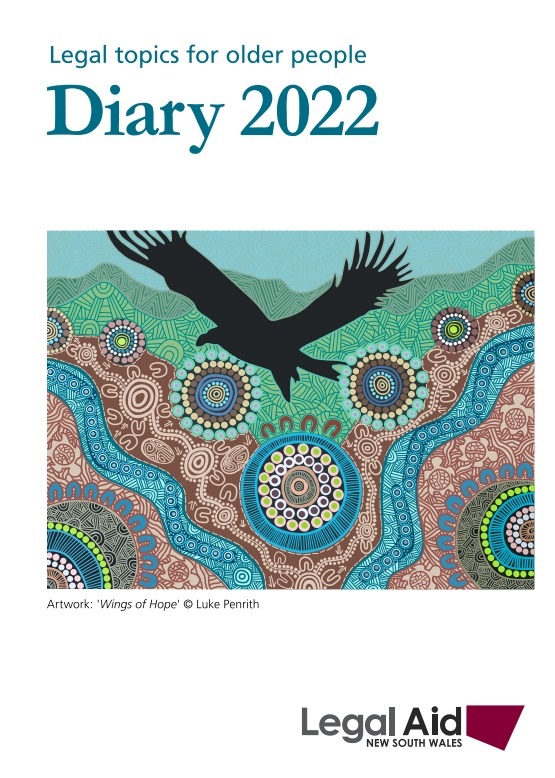
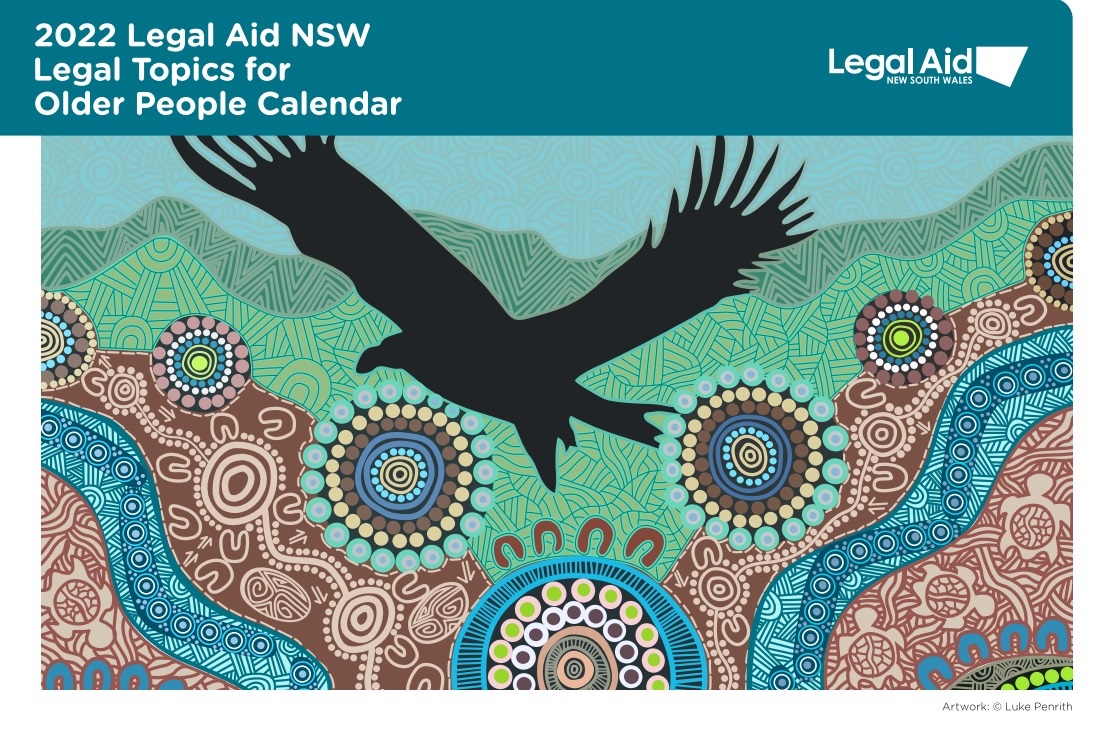
Financing Aged Care: A Black Hole?
Stories Show NSW Seniors Have The Write Stuff
December 8, 2021
A grandmother’s enthusiasm for children’s tales inspired by her own Nanna is among 100 short narratives selected for the new edition of Seniors’ Stories.
Minister for Seniors Natalie Ward said the book, which showcases a selection of stories every year from authors aged in their sixties to nineties, is now in its seventh edition.
“This collection of creative stories threads together tales of wisdom from our seniors and shines a light on the important contributions they make each and every day across generations,” Mrs Ward said.
“Older people from across the state including the Illawarra, Newcastle, Central West, New England and Sutherland Shire submitted stories as a way to share their experiences and also challenge our views on ageing.”
NSW Seniors Card members were invited to contribute short stories to the 211-page book. Among the 100 authors selected is 68 year old Robyn Schiralli.
“My biggest love in retirement has been writing books. It’s not about making money or selling them, it’s about the achievement and providing entertainment,” Ms Schiralli said.
“Age hasn’t stopped me, I’ve probably done more as I’ve got older. I have a greater appreciation for what you can do.”
Ms Schiralli’s 600-word short story, My Nanna Through a Child’s Eyes, is about her Nanna’s love of children’s tales and how that passion continues to influence her family.
The NSW Government first published Seniors’ Stories in 2014 as a way of recognising and valuing the experiences of the state’s older people.
Seniors’ Stories Volume 7 is now available at all NSW libraries, and can be downloaded as a PDF or audiobook from seniorscard.nsw.gov.au
Seniors Stories: Volume 7 Now Available

More Superannuation For Those Who Need It Most
CE’s Corner December 2021
An Early Christmas Gift For Men’s Sheds Across Australia
Your Pandemic Story
- What changed for you because of Covid 19?
- Did the pandemic affect your mental health and wellbeing? If it did, can you describe these impacts and how you felt?
- If the pandemic did not affect your mental health, can you tell us a bit about how you managed to stay well?
- How did you look after your mental health and wellbeing?
- What were the worst impacts of the pandemic? What helped you get through the lockdowns and restrictions? What could have been done differently?
- What gives you hope for the future? What will help you move beyond COVID 19?
Time For The Premiers To Fix Restraints Rules, In The Meantime A Temporary Fix Is Needed
Online arts programming improves quality of life for isolated seniors

Older adults, especially those who live in rural areas, are affected by their isolation. In Newfoundland and Labrador, 22 per cent of residents are over the age of 65. These older adults live in the sparsely populated coastal communities or in the small number of more urban centres that are scattered throughout the province.
Social isolation and loneliness negatively influence the quality of life of older adults. The rurality of N.L. threatens older adults’ ability to engage with peers, their community and the health-care system.
Arts-Based Programming
The combination of an aging population and the potential negative health effects caused by social isolation presented a problem that our team — consisting of members from the Regional Health Authority, the Western Regional School of Nursing, health professionals and a local performing arts organization — aimed to address.
We designed opportunities for older adults with mild to moderate frailty or cognitive decline to be socially connected through participation in arts-based activities. Our program aim was to prove that engagement in the arts could help these older adults maintain their cognitive health and improve their quality of life.
SmART Aging was a community-based virtual arts program delivered by local professional artists in western Newfoundland. The program connected socially or geographically isolated older adults with artists and other participants through online sessions that featured a variety of expressive arts disciplines. Local artists developed engaging programming that was specifically aimed at the older adult population.
Eight artist-led sessions were available using virtual technology, and older adults could participate from the comfort of their own home and at no cost. The art sessions ranged in focus from letter writing to painting and drawing, as well as storytelling and theatre skills. Participants could choose to attend only one session, or complete all the sessions.
Due to the COVID-19 pandemic, the program was affected in various ways, including a delayed start, a change from the proposed blended in-person and virtual format to solely virtual, and changes in the recruitment process. Initially, community health nurses identified eligible participants from their existing caseloads. However, due to the impacts of the pandemic, the recruitment process changed to public promotion and self-referral.

Positive Feedback
To measure program effectiveness, the project team offered an anonymous survey to participants that asked them to provide feedback on their experience and satisfaction with the program. Virtual focus groups were also held at the end of the sessions with the project team and the artists to evaluate the program and to identify strengths, opportunities for improvement and the overall sustainability of offering a similar program in the future. The distance that clients would have needed to travel for this program if virtual access was not available was also tracked.
Participant and artist feedback confirmed that the program was successful in engaging participants and enhancing their quality of life. Participants enjoyed the sessions, interacted with others and felt included in the art sessions. Participants were interested in participating in future sessions, and 90 per cent would recommend the program to family and friends. One participant’s feedback reflected the success of the program:
“The artist was fantastic. I felt very relaxed once we got started. And it was so nice to see the other ladies and man on the screen. It was like having company in my house: but I didn’t have to clean up!”
Artist feedback was also very positive, with all of the artist respondents receiving participant feedback that they were engaged in the sessions and enjoyed it. The findings support further program offerings and the possible expansion of the program. One artist wrote:
“I am grateful for the braveness of the participants who stepped into something new! I was amazed to see and feel a shift from ‘chaos’ to ‘calmness’ from the participants after we settled into the activities and a sense of ‘confidence’ by the end. It was great when participants could share their audio and video so we could directly connect in those ways.”
Alleviating Social Isolation
While the pandemic altered both program delivery and recruitment, and decreased the expected participation, overall the program was a success. Even the small number of attendees represented a significant impact on saved travel time and cost.
Collectively, the participants would have had to travel 3,836 kilometres (return) if they had attended in-person art sessions. It is the hope that art-based projects like this will continue to be explored as an option for improving older adult social isolation and positively benefiting health.![]()
Dawn Pittman, PhD Student, Nursing, Memorial University of Newfoundland
This article is republished from The Conversation under a Creative Commons license. Read the original article.
Darling Companion
Indigenous Voice Co-Design Process Final Report Released
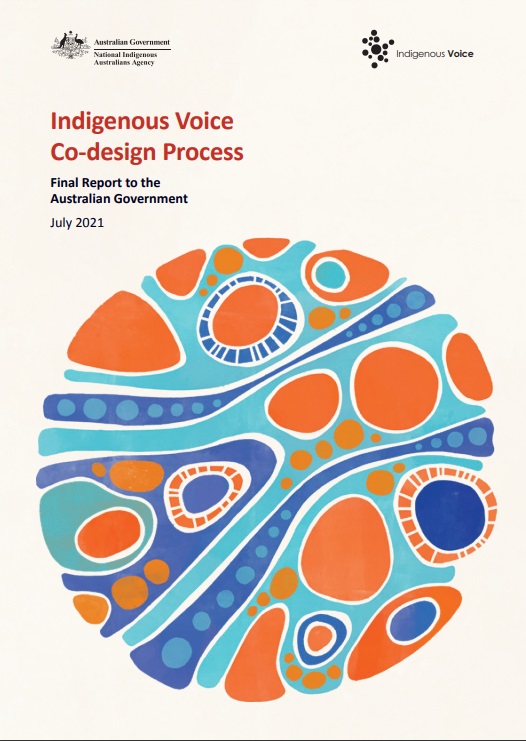 The Morrison Government has delivered on its commitment to co-design an Indigenous Voice with the release of the Indigenous Voice Co-design Final Report to the Australian Government.
The Morrison Government has delivered on its commitment to co-design an Indigenous Voice with the release of the Indigenous Voice Co-design Final Report to the Australian Government.- Commence discussions with States, Territories and local governments to encourage participation in Local & Regional Voice arrangements.
- Appoint a Local & Regional Voice Establishment Group to work with government to form the 35 Local & Regional Voice bodies.
- Engage with stakeholders to progress the Local & Regional Voice.
There’ll be a lot more talk before we hear the Indigenous Voice
Michelle Grattan, University of CanberraThe Morrison government has claimed it has delivered on its commitment to co-design an Indigenous Voice, but the parliamentary term will end without any such Voice being legislated or in place.
This is despite the Minister for Indigenous Australians Ken Wyatt saying more than a year ago it was his “aspiration” to have legislation passed this term.
Instead Wyatt, in a statement on Friday, said the government had “delivered” with the release of the Indigenous Voice Co-Design Process Final Report to the Australian Government, which sets out the proposed model.
This report, which the government has had since July, will be the basis for further consultations to set up local and regional Voices.
The report, produced by an advisory group chaired by Marcia Langton and Tom Calma, following extensive consultations with Indigenous and non-Indigenous people, has recommended a structure of local and regional Voices and a national Voice.
It said the local and regional Voices should be established immediately, with the national Voice either following or being set up as an interim body while the local and regional Voices form.
The national Voice would advise the parliament and the government on matters of significance to Indigenous people, engaging with the different stages of the development of laws and policies, the report said.
At this point there is no movement on the national Voice, with the government concentrating on the lower levels.
“It is important to get this right,” Wyatt said. “For the Indigenous Voice to work, it must have a strong foundation from the ground up. That’s why we are taking the next step and starting with the Local and Regional Voice, as per the process in the report.”
Scott Morrison told reporters: “This is about listening to local Indigenous communities and that’s where the Voice must start. It doesn’t start with grandiose gestures, it doesn’t start with big political speeches, it starts on the ground pulling together local Indigenous communities and listening carefully to them so we can get service delivery right.
"It’s about closing the gap. I’m about closing the gap, not setting up political edifices. I’m interested in hearing what’s happening on the ground.”
Wyatt said the government would
begin discussions with states, territories and local governments to encourage their participation in local and regional Voice arrangements
appoint an “establishment group” to work with government to form the proposed 35 local and regional Voice bodies
engage with stakeholders to progress the local and regional Voice.
Wyatt will begin discussions with other jurisdictions next month.
The push for an Indigenous Voice followed the Uluru Statement from the Heart, at a 2017 convention of Indigenous people.
The Uluru statement called for “the establishment of a First Nations Voice enshrined in the Constitution”.
The government has rejected putting the Voice into the constitution.
The advisory group did not recommend this – it was not part of its terms of reference – but did say the government should “note the support for the enshrinement of the Indigenous Voice in the Constitution that was expressed particularly through the submissions received as part of the consultative process”.
Labor has said it would seek to have the Voice enshrined in the constitution.
The shadow minister for Indigenous Australians, Linda Burney, said the government had “promised A Voice to Parliament in this term.
"Today, they’ve announced they’ve failed on that promise.
"The only thing the government has managed to achieve is more delays and more processes. What the government is proposing gives the Voice no security. They even banned their co-design committee from speaking about constitutional recognition,” she said.![]()
Michelle Grattan, Professorial Fellow, University of Canberra
This article is republished from The Conversation under a Creative Commons license. Read the original article.
WA’s new Aboriginal Heritage Act keeps mining interests ahead of the culture and wishes of Traditional Owners

Only a year after the 46,000 year-old sacred Aboriginal site Juukan Gorge was destroyed by Rio Tinto, the West Australian Legislative Council in Perth will pass an Aboriginal Heritage Bill that puts the interests of mining companies above the wishes of Traditional Owners.
The Senate inquiry report into the destruction of Juukan Gorge “A way forward” called for a new national framework of Aboriginal heritage protection co-designed with Aboriginal people. It recommended the responsibility for Aboriginal heritage to be reverted to the minister for Aboriginal affairs.
The report also called for a review of the Native Title Act 1993 to address inequalities in the negotiating position of Aboriginal and Torres Strait Islander peoples under the future act regime. The report’s authors were clear future work should recognise the United Nations Declaration on the Rights of Indigenous Peoples.
This new law ensures mining companies can still apply to damage or destroy Aboriginal sacred sites, the minister for Aboriginal affairs still has the final decision making role to approve the damage or destruction of heritage sites, and non-Aboriginal “proponents” (mining companies and developers), can appeal if the result is not in their favour. Aboriginal groups have no such right of appeal if the ruling is not in their favour.
Aboriginal Land Councils Ignored
The ALP majority government led by Premier Mark McGowan disregarded state Aboriginal land councils who expressed the bill was “unacceptable”.
An emergency request to the United Nations Committee on the Elimination of Race Discrimination outlining how the law entrenches systemic racial discrimination against Aboriginal Traditional Owners, was also ignored.
Aboriginal land council leaders called for a co-designed process to allow for Traditional Owners to increase protection of heritage sites. This was reflected in an Open Letter of Concern signed by 150 Aboriginal cultural leaders and renowned Australians. This letter pointed out the bill was weighted in favour of mining and economic interests over Aboriginal heritage, and breached United Nations treaty law.
However, Aboriginal Affairs Minister Stephen Dawson argued the bill would give better protection for Aboriginal heritage and was the right thing for his government to do.
The main concern with the bill is the ongoing role of the minister to grant approval to mining companies and developers to damage and destroy heritage sites. The new act has replaced the old section 18 process which allowed the approval of more than 1,000 permissions by the state to approve the damage or destruction of Aboriginal heritage sites.
Rarely had the minister refused a section 18 application and protected a site.
Since the Aboriginal Heritage Act commenced in 1972, mining companies and developers have always relied on the Aboriginal Heritage Act - and the minister’s final decision making power - to lawfully damage or destroy heritage sites, as Rio Tinto did with Juukan Gorge.
This new act adopts (and misuses) the language of international human rights law. It does this by referencing Indigenous people must be given the opportunity to provide “free, prior and informed consent” to the damage of sites.
However the United Nations says the test of free, prior and informed consent from Indigenous peoples includes the ability to exercise self determination, including over things which affect their lands. Given Indigenous peoples are not free to say “no” to harm, damage or destruction of their sites, this principle is not met by this bill.
The State’s Relationship With Aboriginal People
Western Australia has made few meaningful attempts to respect First Nations people in its constitutional arrangements or systems of governance.
In 2015 the WA parliament, following extensive consultations, amended the state’s constitution to acknowledge Aboriginal people were the traditional custodians.
When he was opposition leader, McGowan said this was a “long overdue […] act of genuine reconciliation designed to reflect the historical reality of Western Australia.”
This act of genuine reconciliation appears to have been forgotten by the McGowan government during the passage of the Aboriginal Heritage Act.
In 2021 soaring iron ore prices led to a huge $5.6 billion budget surplus – with WA outperforming all other states. A further $2.8 billion was projected for the next financial year and ongoing budget surplus forecast through 2024 -25.
This staggering amount of income from mining underlines the state’s conflict with Aboriginal people who wish to protect significant cultural sites, and might explain why the views of Aboriginal people are not being heard and respected.
Unlike most of Australia, Aboriginal people have never had any land rights legislation in Western Australia. The mining industry’s impact on the state was and continues to be very influential.
We Have A Right To Protect And Preserve Our Lands
In September a group of West Australian First Nations people formally contacted the United Nations Committee on the Elimination of Racial Discrimination about the urgent action needed to address WA’s new heritage act.
The United Nations Committee on Friday, UN Human Rights Day highlight the concerns, seek a formal response and request they work with an expert body called the Expert Mechanism on the Rights of Indigenous Peoples to remedy the act.
What has happened in our state, to heritage lands and sacred sites, highlights our continued dispossession as peoples without recognised sovereignty and Treaty rights. Our peoples’ human rights are at the whim of a state acting with multinational mining interests in mind. Recent history shows the weakness and hypocrisy of the state’s reconciliation promise and symbolic constitutional recognition.
This reminds Aboriginal people we must continue to demand meaningful structural change and reform, as articulated in the Uluru Statement from the Heart’s claim for “Voice, Treaty and Truth”.
Substantive reforms, not hollow promises, are critical to Australia’s realisation of the UN Declaration on the Rights of Indigenous Peoples. This includes the urgent need to honour our right to protect and preserve our respective lands, and our ancient heritage and culture.
Correction: this piece originally stated the West Australian First Nations people formally contacted the United Nations Committee on the Elimination of Racial Discrimination this month instead of September.![]()
Hannah McGlade, Associate professor, Curtin University
This article is republished from The Conversation under a Creative Commons license. Read the original article.
Dinosaur embryo discovery: rare fossil suggests dinosaurs had similar pre-hatching posture to modern birds

Dinosaur embryos are key to our understanding of how dinosaurs developed. But they’re also very rare. While remains of dinosaur embryos have been discovered occasionally over recent decades, most of them have been incomplete, with the bones dislocated.
So the discovery of an almost intact dinosaur embryo inside an egg, dating back 72 to 66 million years, has come as an exciting surprise. Based on its anatomy as well as the microscopic features of the eggshell, this little creature has been identified as an oviraptorosaur. Oviraptorosaurs were a group of toothless theropod dinosaurs who lived during the Cretaceous period in Asia and North America.

This fossil from Ganzhou, in the Jiangxi Province of southern China, was hidden in storage for 15 years until the curator of the Yingliang Stone Nature History Museum, Kecheng Niu, discovered it in 2015. When he saw some bones on the broken section of an egg, he arranged for fossil preparation – a process which involves removing the rocky matrix surrounding the bones and cleaning the fossil so it can be studied. This revealed the embryo’s full skeleton.
Recognising the scientific significance of this fossil, the museum invited a team of international palaeontologists (of which I was one) to examine it in depth. We report on what we’ve learnt about the embryo, now named “Baby Yingliang”, in a new paper published in the journal iScience.
The oviraptorosaur embryo, which is 27 centimetres long, lies in a posture unlike what we’ve seen in other dinosaur embryos. Its back is curled along the blunt pole of the egg, while its feet are on each side of its head. This posture is reminiscent of a close-to-hatching modern bird embryo.
This “tucking” is a behaviour that’s controlled by the central nervous system and is critical for hatching success in birds. A position where the head is under the right wing, and the body curled, is suggested to help stabilise and direct the head when a bird is cracking the eggshell with its beak on hatching day. If a bird fails to attain this position, it’s more likely to die due to failure to hatch.
The posture of Baby Yingliang appears similar to a roughly 17-day-old “pre-tucking” chicken embryo. Ultimately a chicken embryo will achieve a tucking posture on the 20th day of development in preparation for hatching on day 21.
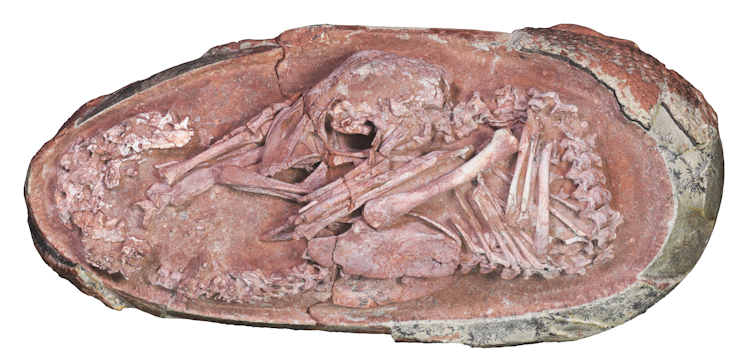
Interestingly, we also noticed similarity in the posture of a previously reported oviraptorosaur embryo and a roughly 18-day-old chicken embryo, which is in the first stage of tucking. These observations suggest that oviraptorosaurs may have exhibited similar pre-hatching behaviours to modern birds.
Tucking behaviour is often considered unique to birds. But through detailed comparisons of the embryonic postures of oviraptorosaurs, including the new Baby Yingliang, as well as other dinosaurs and birds, we propose that tucking may have first evolved among theropod dinosaurs – the ancestors of birds – tens or hundreds of million years ago.
This would add to the body of evidence indicating that many characteristics of modern birds evolved in their dinosaurian ancestors.
Pre-hatching behaviour of dinosaurs is a topic rarely explored by palaeontologists, mainly because of the scarcity of well-preserved, articulated embryo skeletons. The fortunate discoveries of Baby Yingliang and other closely-related embryos have allowed us, for the first time, to make a hypothesis on how baby oviraptorosaurs could have behaved before hatching.
And this is just the beginning. We believe more comprehensive comparisons of Baby Yingliang with the embryos of modern birds and crocodiles (the closest living relatives of dinosaurs), accompanied by new fossil evidence, will further build our understanding of the early development of dinosaurs.![]()
Fion Waisum Ma, PhD Student, Palaeobiology, University of Birmingham
This article is republished from The Conversation under a Creative Commons license. Read the original article.
Legs For Days! Scientists Discovers World's First True Millipede In Western Australia
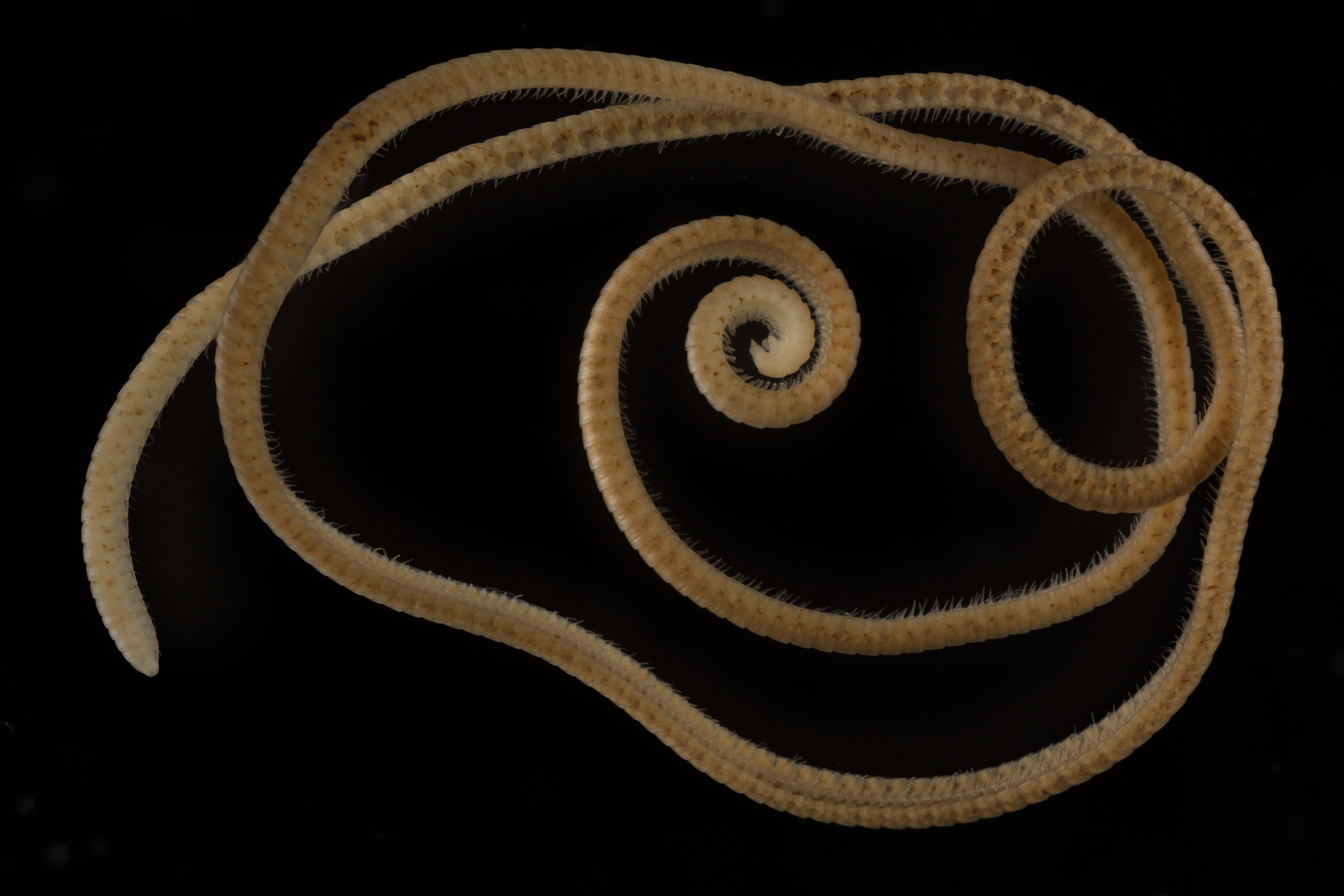
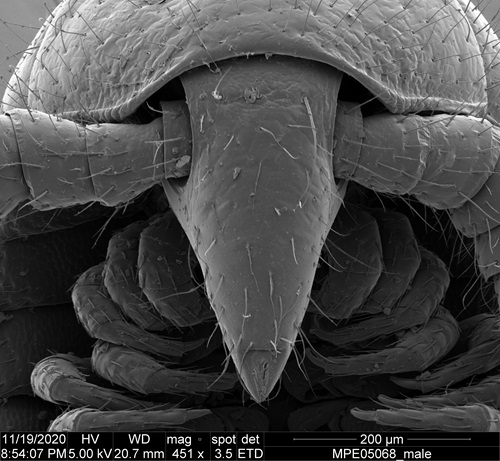
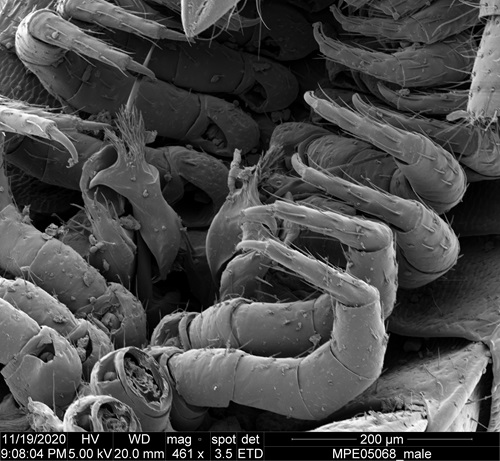
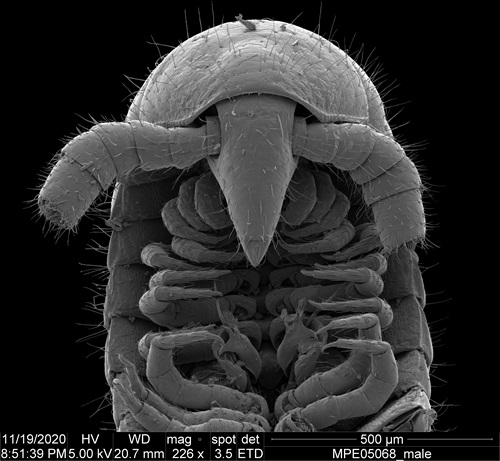
On the elegance and wry observations of Jeffrey Smart, one of Australia’s favourite painters

Review: Jeffrey Smart, National Gallery of Australia
Although I never met him, Jeffrey Smart (1921-2013) was my first art teacher. As “Phideas” on the ABC Radio’s Argonauts program he told stories of art and artists, explaining ways of seeing to children across Australia.
Two things I remember from my childhood listening. The first was the marvel of the Golden Mean, the magical geometric ratio that governs the western tradition of art. The second was a story of Rembrandt who took his own path as an artist, even though that led to criticism by his peers.
After I discovered Phidias’s identity I could see the Golden Mean writ large in his carefully constructed paintings. But Rembrandt? Jeffrey Smart’s painting surfaces meticulously honour the Italian Renaissance and his composition at times has echoes of the metaphysical works of Giorgio de Chirico. They have nothing in common with Rembrandt’s painterly approach.
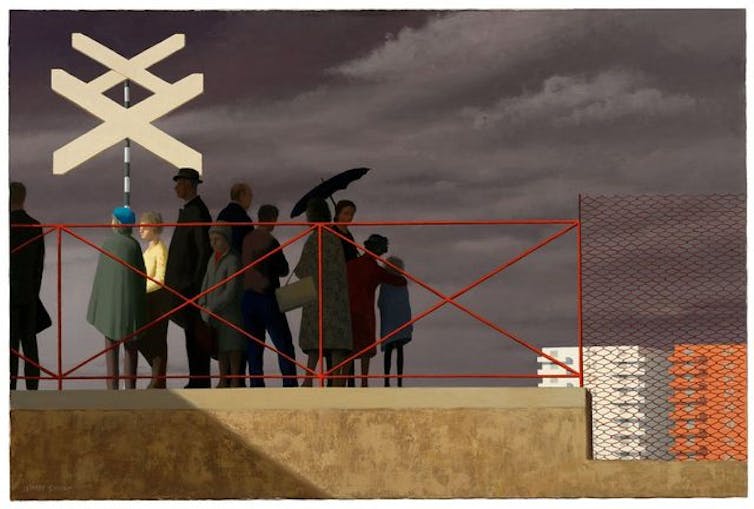
But that wasn’t the point of the story. Smart was speaking in Sydney in about 1960, a time and place when artists were expected to be hard drinking heterosexual men performing painterly abstraction. Smart was not a part of that culture. He had a lifelong allegiance to the classical forms of the Italian quattrocento, especially the exquisite formal geometry of Piero della Francesca. His love of structure, smooth surface, fine detail and his sexuality put him at odds with Australia.

It was only later, years after he retreated to Italy, that his home country came to fully appreciate the elegance of his wry observations. In his old age, this artist once out of tune with his peers, became one of Australia’s most favoured sons.
Now, on the centenary of his birth, the National Gallery’s Deborah Hart and Rebecca Edwards have curated a thoughtful and generous reassessment linking Smart to the places and people who nourished him.
Shape, Line And Colour
It begins in his home town of Adelaide: a city with a well planned urban centre and (back then) a culture of Protestant conformity.
The young Smart painted buildings and industrial waste; the way light and shade makes patterns on surfaces; the contrast between clear constructed shapes and fluid humanity.

Local cinemas introduced him to Alfred Hitchcock, whose films use visual clues to imply tension. Hitchcock was famous for inserting himself as an incidental figure into his narratives. I have always wondered if that solitary of a watching man in so many of Smart’s paintings is in part a tribute to the original master of visual suspense.
Smart would only ever discuss his work in terms of their formal relationship between shape, line and colour. This insistence on formalism goes back to his early studies in Adelaide and the influence of the modernist painter Dorrit Black (1891-1951), who had returned to Adelaide after some years in France. The curators have included her House-roofs and flowers which hangs beside Smart’s early structured Seated Nude. It is easy to see the connection.
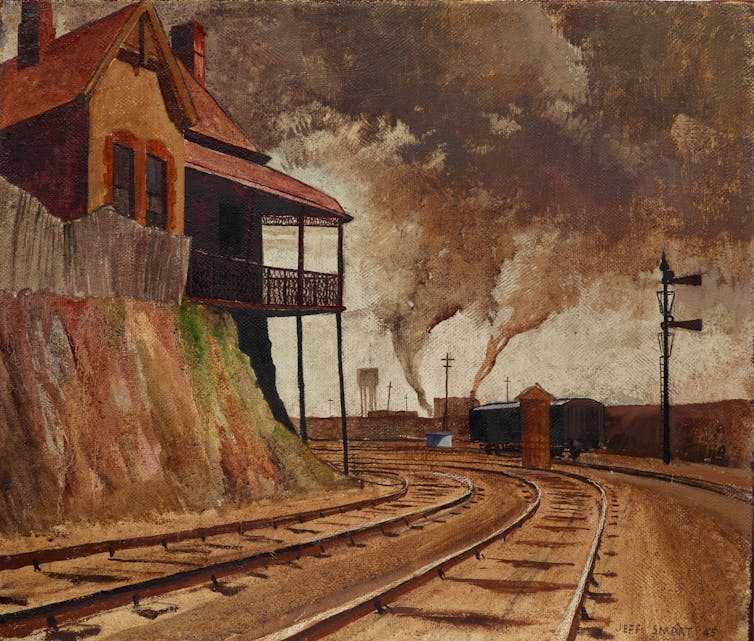
There is a sense of wanting to escape in some paintings of his Adelaide period, such as Keswick Siding. This is less so after he moved to Sydney where he found, despite his unfashionable devotion to precision and classical form, his art was accepted as being a part of the Charm School, which it was not. Living and working in Sydney, he also became greatly admired as a teacher at the National Art School and a broadcaster.
Humour And Friends
Even the most structured works of Smart’s maturity include visual jokes and a human touch. In Holiday, 1971, a relentless pattern of balconies and windows is disrupted by the small figure of a woman, lazing in the sun. He always claimed he introduced people in his paintings of buildings to give a sense of scale, an old artist’s trick. I am not sure how that works in the Portrait of Clive James, unless it was to remind the subject of his significance in the scheme of things.
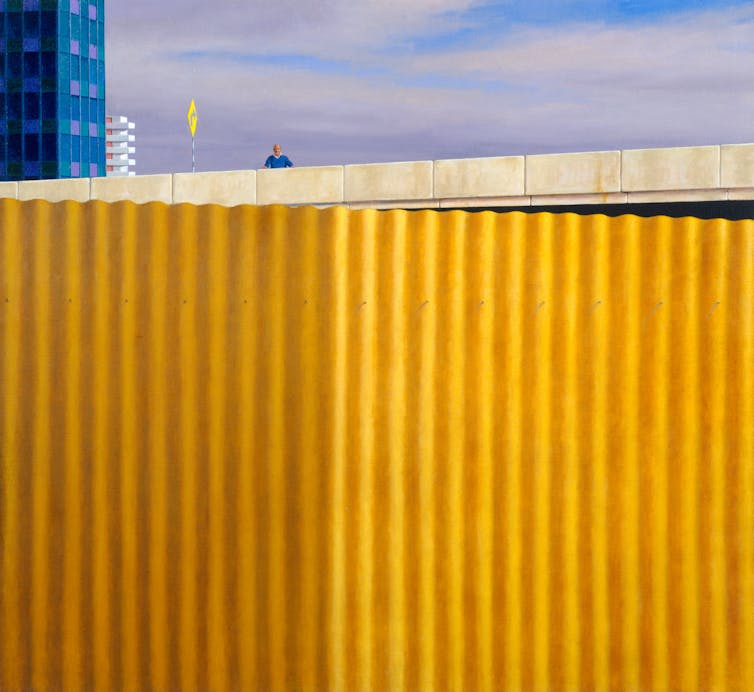
Smart’s relocation to Italy in 1963 saw a lightening of his palette, and a joyous celebration of light with the contrasting geometry of the blocky shapes of the modern world and the human scale of the old. There is a running theme of visual wit, but only for those who notice. Waiting for the train (1969-70) has echoes of compositions by Piero della Francesca, albeit in gloomy tones.
His portrait of Germaine Greer places her against an impastoed wall, a surprising rough painterly texture which could either be a comment on the subject’s character or a riposte to those who considered he was lacking in technical skill as a painter.

Some of the most satisfying works are Smart’s portraits of friends, and here his humour comes into play. The scholarly writer David Malouf is depicted as a workman in overalls, holding a twisting orange pipe. Margaret Olley is at the Louvre, a place she loved, but placed in front of a row of anonymous wooden screens.
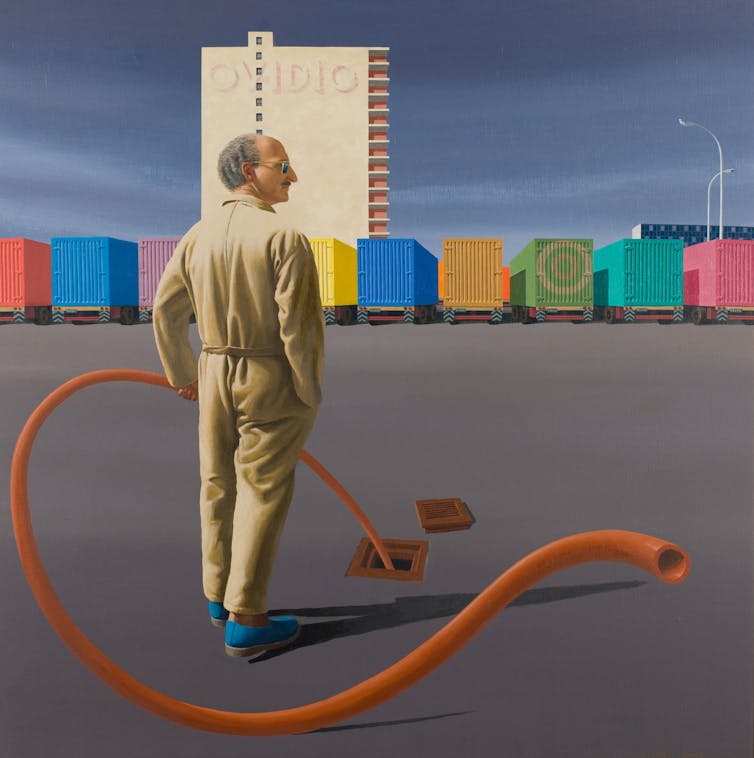
Most fascinating of all is The listeners, 1965 where a young man lies in a field of grass, overseen by a surveilling radar. The head is a portrait of Smart’s friend, the art critic Paul Haefliger who had retreated from Australia to Majorca.
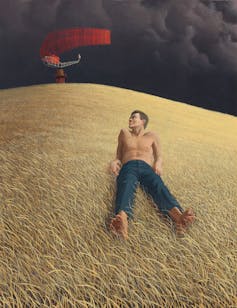
It shows visual contrasts between modern technology and nature, between the golden grass, red radar and dark sky and (for those in the know) between the young body of the model and the head of the ageing Haefliger.
Smart’s portraits rarely focus on their subject. The one exception is The two-up game (Portrait of Ermes), 2008, who became Smart’s life partner in 1975. His calm face is backgrounded by the solid geometry of containers on one side and the fluidity of people playing a game of chance, on the other.
In formal terms, his image in the foreground balances the composition. This also seems to be the meaning, the reason for it all.
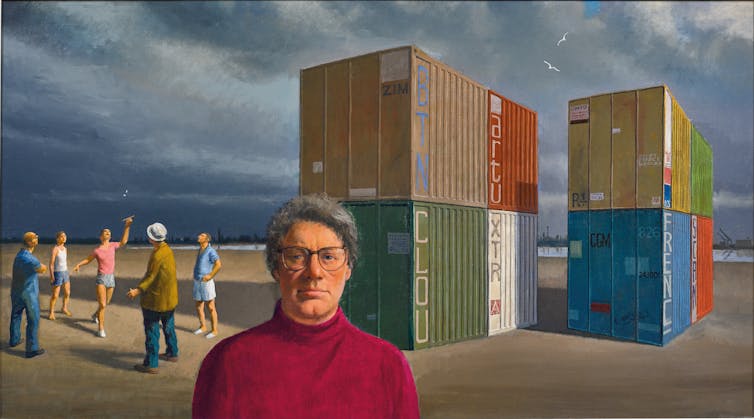
Jeffrey Smart is at the National Gallery of Australia until May 15 2022![]()
Joanna Mendelssohn, Principal Fellow (Hon), Victorian College of the Arts, University of Melbourne. Editor in Chief, Design and Art of Australia Online, The University of Melbourne
This article is republished from The Conversation under a Creative Commons license. Read the original article.
Premier And Cabinet 2021: Audit Office Of NSW
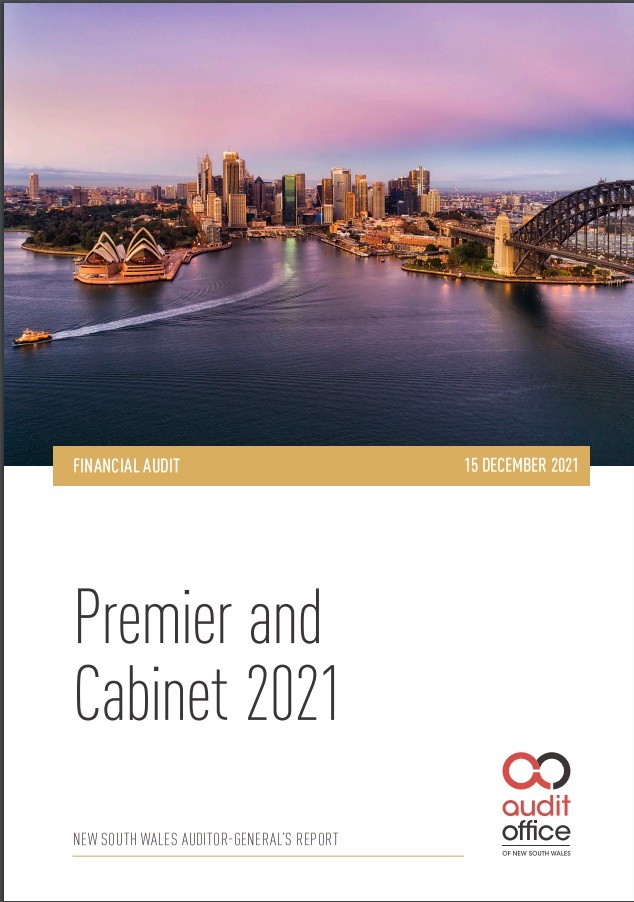 The Audit Office of NSW has this morning released the results of the Premier and Cabinet cluster (the cluster) agencies' financial statement audits for the year ended 30 June 2021.
The Audit Office of NSW has this morning released the results of the Premier and Cabinet cluster (the cluster) agencies' financial statement audits for the year ended 30 June 2021.- 100% unqualified audit opinions were issued on agencies' 30 June 2021 financial statements
- 47 moderate risk findings were reported to management
- 32% of all reported issues were repeat issues
- 38 monetary misstatements were reported in 2020-21
- $4.4b total expenditure incurred in 2020-21
- $11.9b of property, plant and equipment as at 30 June 2021.
NSW Economy Bouncing Back For A Stronger 2022: 2021-22 Half-Yearly Review
Prime Minister's Literary Awards: Winners For 2021
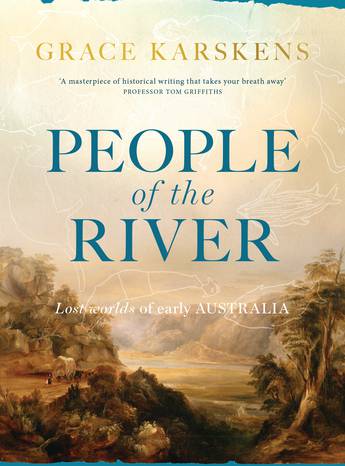 “Congratulations to all the winners, as well as those who were shortlisted, for engaging the imaginations of Australians young and old.”
“Congratulations to all the winners, as well as those who were shortlisted, for engaging the imaginations of Australians young and old.”First Glimpse Of Future Sydney Harbour Bridge Cycleway Ramp: Feedback Open Until January 16 2022
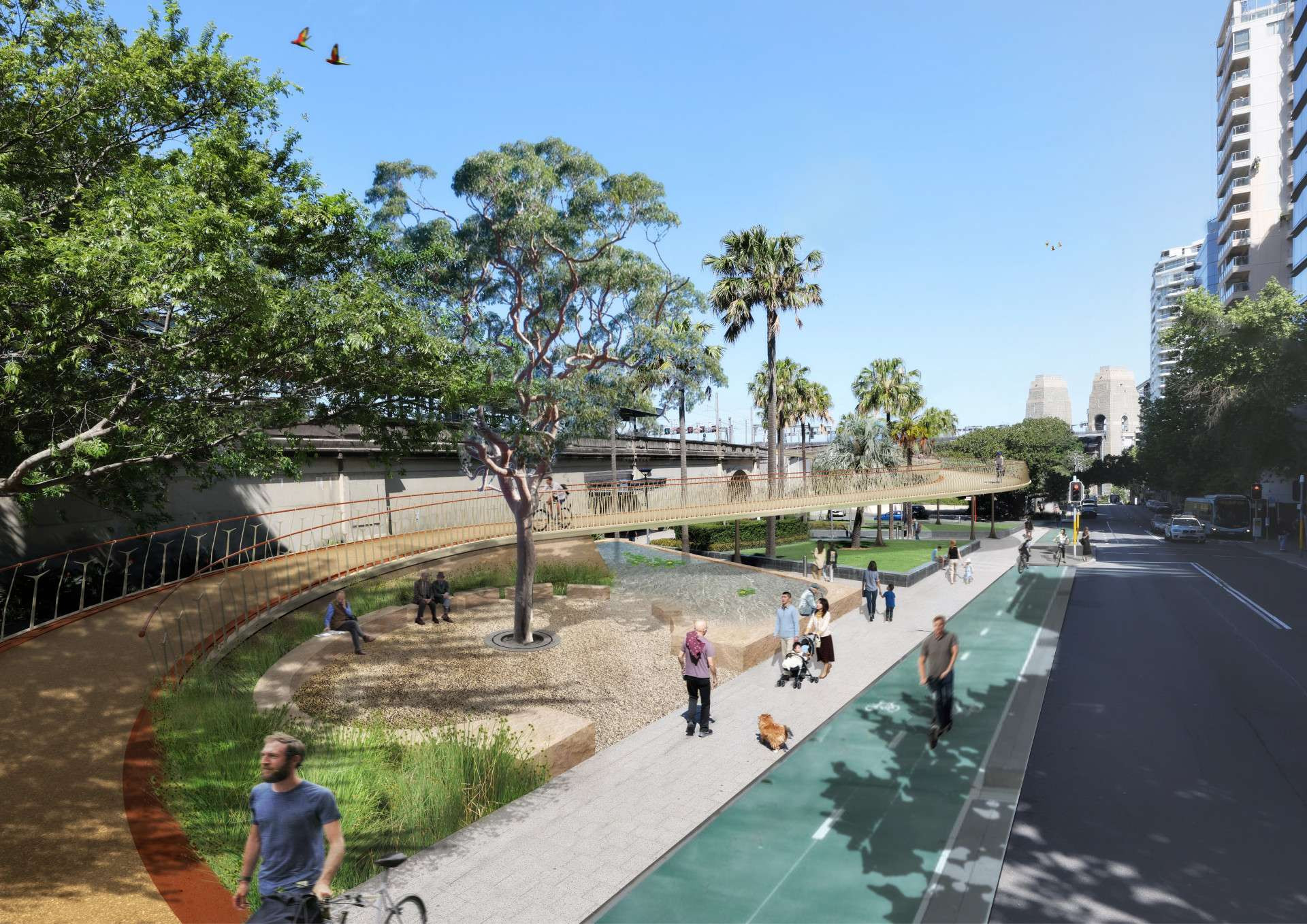
A history of destruction: why the WA Aboriginal cultural heritage bill will not prevent another Juukan Gorge-like disaster
Joe Dortch, The University of Western Australia; Anne Poelina, University of Notre Dame Australia; Jo Thomson, The University of Western Australia, and Kado Muir, Indigenous KnowledgeWestern Australia’s Aboriginal Cultural Heritage Bill 2021 is set to become law, replacing the Aboriginal Heritage Act 1972. The Bill will be read tonight for the third and final time in Western Australia’s state parliament upper house.
It has been spruiked by the McGowan government as a step forward for the management of heritage in WA in the wake of the 2020 Juukan Gorge disaster.
However many First Nations peoples in WA instead fear it will continue a long tradition of Labor and Liberal WA Aboriginal Affairs ministers signing off on heritage destruction.
The key objection to the new legislation is that a single elected official will have the final say on whether a heritage site can be destroyed for development.
A History Of Failure To Protect Aboriginal Heritage
In the 49 years since the existing Act was created, successive ministers on both sides of politics have proven weak on heritage protection in Western Australia. Almost every minister for Aboriginal affairs, on either side of the political spectrum, has failed to protect Aboriginal heritage.
*Look at the history. *
How This Proposed Bill Is More Of The Same
No matter how important the site, the minister for Aboriginal affairs has rarely rejected a development application. Of 463 mining-related applications to impact sites under section 18 of the Act since 2010, none were rejected. This bill gives little reason to expect change.
Much like the old Aboriginal Heritage Act, the proposed bill allows that when a developer wishes to impact a site despite objections by Aboriginal Traditional Owners or custodians, a government-appointed council overseen by the minister will be the one to make decisions.
However the developer can appeal to the state administrative tribunal over ministerial decisions they don’t like. The Aboriginal custodians for that area will not have an equivalent right of appeal.
There is a convoluted process requiring engagement between Aboriginal people and developers. However, developers will be able to decide when they must talk to Aboriginal parties about possible impact on a cultural heritage site. Aboriginal people will not have the right to prevent such an impact, only the right to be told about it.
Aboriginal parties will have no on-going resourcing to fulfil new responsibilities to manage heritage listings and protect sites. This is a concern for smaller and less resourced groups and sets up obvious conflicts if the developer is to fund all costs for managing heritage on a project, as currently proposed.
We Need A Better Way Forward
All this flies in the face of the findings of the recommendations of the report released in October of the federal inquiry into the Juukan Cave disaster, A Way Forward. This report called for, among other things, the right for Indigenous people to withhold consent to destruction of an important place.
This fundamental human right is not a veto against development. Impacting Juukan Gorge was not critical to the success of the Brockman 4 mine proposal. A robust business case does not depend on access to a single site.
Where the Bill fails heritage, it creates risk for business certainty and undermines “social license” - the support that large businesses need in the community. Last month, ACSI and HESTA, representing major funds commanding hundreds of billions of dollars, publicised their concerns about investing in WA projects that would be approved under the proposed system.
Aboriginal community support is thin. In October, Aboriginal Affairs Minister Stephen Dawson was unable to identify any Aboriginal organisation that supports the bill. Since then, one Aboriginal organisation voiced support. Their view must be respected, but this does not represent consensus across affected communities.
A Way Forward sets out better models. For example, in the Northern Territory there is an authority board of Aboriginal law men and women who administer the functions of their Act, with practical independence from the NT Minister for Aboriginal Affairs.
To Premier McGowan and Minister Dawson, we say: If you want to change a history of heritage destruction to a future of heritage protection, Aboriginal people should have an independent right of review for ministerial decisions, and have genuine power to make decisions about heritage sites.![]()
Joe Dortch, Adjunct Senior Research Fellow, The University of Western Australia; Anne Poelina, Adjunct Professor and Senior Research Fellow, University of Notre Dame Australia; Jo Thomson, PhD student, The University of Western Australia, and Kado Muir, Chair of National Native Title Council and Ngalia Cultural Leader, Indigenous Knowledge
This article is republished from The Conversation under a Creative Commons license. Read the original article.
The Secret Life Of Tasmanian Devils Is Hiding In Their Whiskers
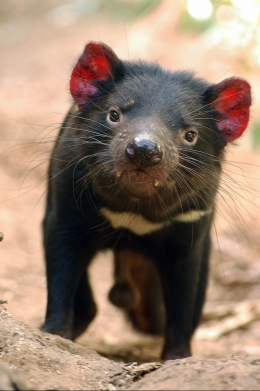 Scientists can peer at least nine months into a Tasmanian devil's past by studying its whiskers, a new study led by UNSW Sydney has found. The long, wiry whiskers on these stocky marsupials hold chemical imprints from food they've eaten in the past -- records that can help tell broader stories about their foraging habits, habitat use and how they respond to environmental change.
Scientists can peer at least nine months into a Tasmanian devil's past by studying its whiskers, a new study led by UNSW Sydney has found. The long, wiry whiskers on these stocky marsupials hold chemical imprints from food they've eaten in the past -- records that can help tell broader stories about their foraging habits, habitat use and how they respond to environmental change.We are professional fire watchers, and we’re astounded by the scale of fires in remote Australia right now
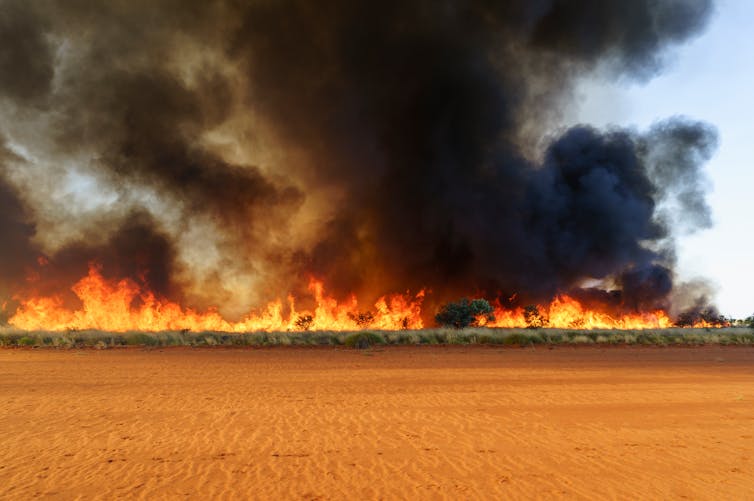
While southern Australia experienced a wet winter and a soggy spring, northern Australia has seen the opposite. Extreme fire weather in October and November led to bushfires across 120,000 square kilometres of southern savanna regions.
Significant fires continue to burn in the Kimberley, the Top End, Cape York and the northern deserts. And while recent rain across the central deserts has reduced the current fire risk, it will significantly increase fuel loads which creates the potential for large wildfires in summer.
We are professional fire watchers. The lead author of this article, Rohan Fisher, maps and monitors fires across the tropical savannas and rangelands that comprise 70% of the Australian continent. The scale of burning we’re now seeing astounds us – almost as much as the lack of interest they generate.
This continent’s fire ecology is poorly understood by most Australians, despite recent significant bushfire events close to big cities. But as we enter the Pyrocene age under worsening climate change, good fire knowledge is vitally important.
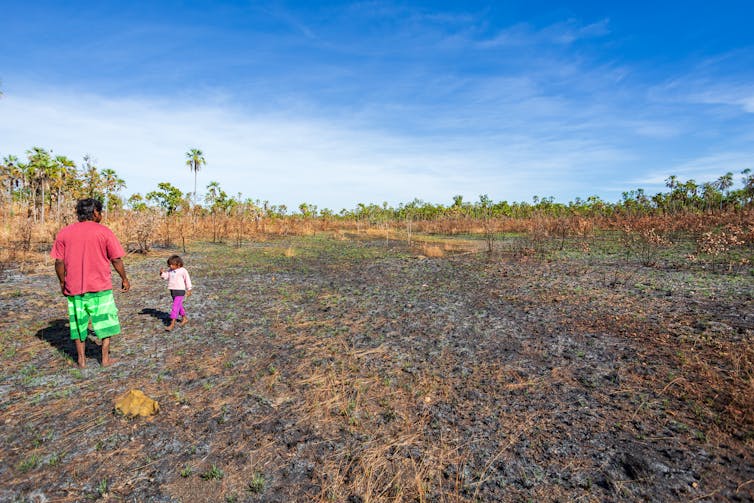
In The Desert, Fire And Water Are Linked
Fires in arid Australia are extensive, largely unmanaged, often destructive and significantly under-reported. Improving their management involvement is crucial to both Traditional Owners and the ecological health of our continent.
To improve pyro-literacy, we developed a mobile app to map fires across most of Australia in real-time.
This year, Western Australia and the Northern Territory experienced serious heatwaves late in the year and a late start to the wet season. This provided the perfect bushfire conditions.
In contrast, central Australia has experienced rare flooding rains, including at Alice Springs which recorded the wettest November on record. This creates dangerous fuel loads heading into summer.
In the desert, water and fire is coupled in both space and time. Fire burns where water flows, because that’s where fuel – in the form of vegetation – is heaviest.
The below satellite image from the Pilbara illustrates this point. It shows the path of an arid-zone fire flowing like water along dry creeks and drainage lines.

Where country is not managed for fire, it can lead to catastrophic outcomes.
The incidence of previous fire also influences fire spread. Without the regular application of fire, large tracts of desert can accumulate heavy fuel loads, primed for ignition.
Over a few months in 2011, our data show more than 400,000 square kilometres in central Australia burned – almost twice the size of Victoria. It was one of the largest single fire events in recent Australian history and coincided with the wet La Nina period in 2010-12.
Watching from satellites in space, we mapped the spread of the fires in near-real time, as this video shows:
Fire Management Through Time
For many thousands of years, Australia’s Indigenous people have skilfully burned landscapes to manage country. Most fires are relatively low-intensity or “cool” and do not burn large areas. This results in a fine-scale mosaic of different vegetation types and fuel ages, reducing the chance of large fires.
Researchers have looked back in time to provide insight into fire management as it once was. This was done using aerial photography taken in the 1940s and 1950s in preparation for missile testing at Woomera in South Australia.
The below aerial photo from 1953 reveals a complex mosaic of burn patterns and burn ages – a result of fine-scale land management by Traditional Owners.
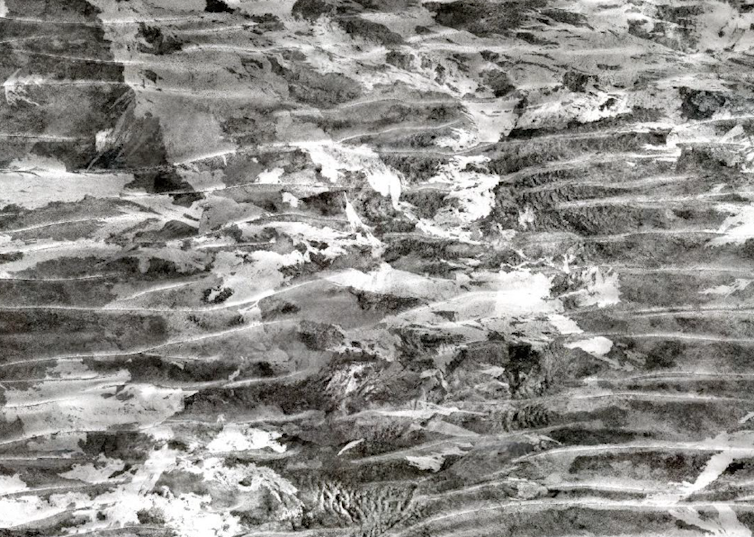
But following the displacement of Indigenous people and the decline of traditional burning practices, fire regimes changed dramatically. The average fire size today is many orders of magnitude greater than those set under Aboriginal management.
The change has been implicated in the decline and extinction of some mammals and plant species. One massive and fast-moving October fire in the Tanami desert – home to endangered bilbies – burned nearly 7,000 square kilometres over a few days, our data show.
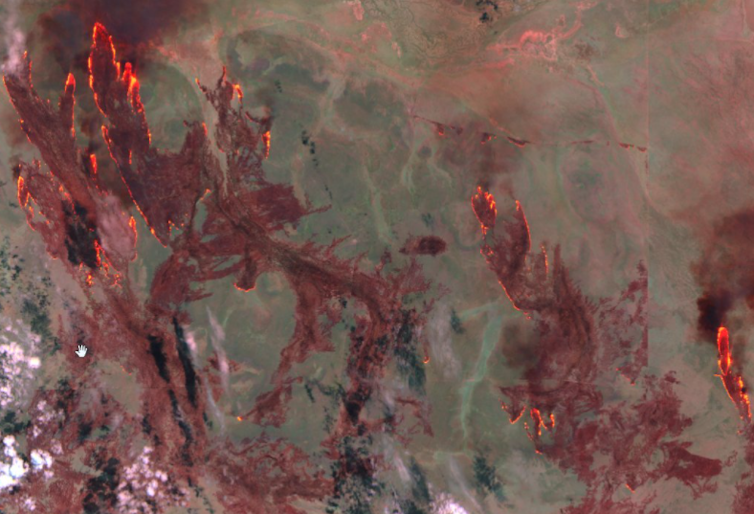
Back To Desert Burning
Like everywhere on this continent, fire in our vast deserts must be well-managed. Getting people back on desert country to reintroduce complex fire mosaics is difficult work but will have significant benefits for both nature and Indigenous people.
Challenges include building capacity amongst ranger groups and communities, overcoming legal and insurance hurdles and employing novel techniques to apply “cool” fires at a near-continental scale.
The role of Indigenous ranger groups is critical here. Organisations such as 10 Deserts – a partnership between Indigenous and conservation organisations – are supporting desert fire work.
Peter Murray is chair of the 10 Deserts project and a Ngurrara Traditional Owner from the Great Sandy Desert. On the importance of this work, he says:
Right now, we’re working on Indigenous “right way” cultural burning as a means of preventing wildfires. We’re developing dedicated male and female ranger teams to look after the land and develop tourism. And we’re encouraging traditional owners to return to the desert to share and exchange knowledge as well as collecting and storing that knowledge to pass onto younger generations.
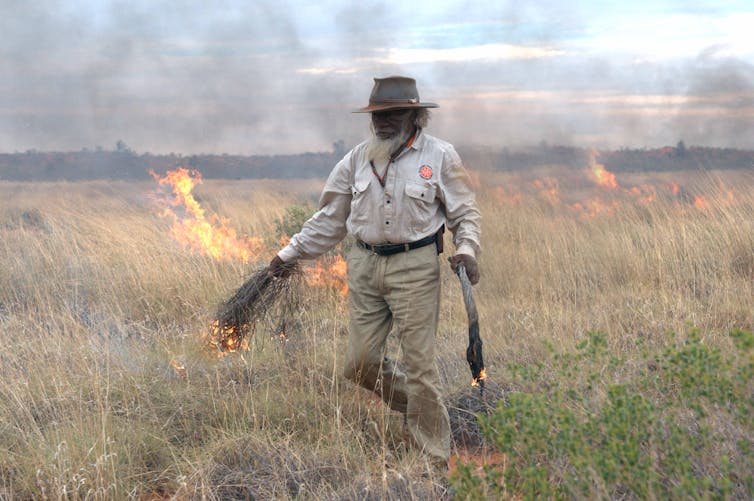
Living In The Pyrocene
As climate change worsens, we’re now living in a global fire age dubbed the Pyrocene. This will bring challenges across the Australian continent.
Throughout remote Australia, increasing extreme fire weather will see more severe bushfires. Good fire management in these landscapes is urgently needed. In the northern tropical savannas, Indigenous-led fire management at the landscape scale is already producing some of the worlds best fire management outcomes.
The challenge is to introduce similar scales of fire management across our vast deserts. These regions are rich with nature and culture, and they deserve far more attention than they’ve received to date. ![]()
Rohan Fisher, Information Technology for Development Researcher, Charles Darwin University and Neil Burrows, Adjunct professor, The University of Western Australia
This article is republished from The Conversation under a Creative Commons license. Read the original article.
Focus On Future Generations As Construction Begins On New Tresillian Centre At Wollstonecraft
- State-of-the-art 14-bed residential in-patient facility operating seven days a week
- Additional education and counselling programs for new parents
- Expanded day services for parents, babies and toddlers
- Education facility for parents and health professionals
- Upgrades to the Guthrie Early Learning Centre which will remain operational throughout the redevelopment
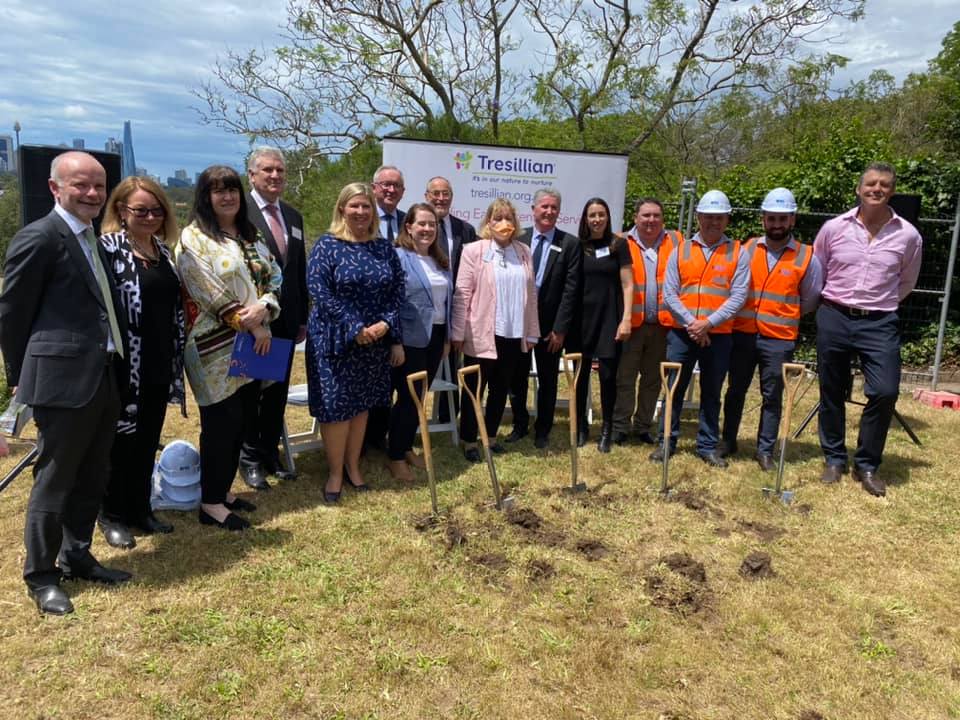
Rare fossil reveals prehistoric Melbourne was once a paradise for tropical pig-nosed turtles
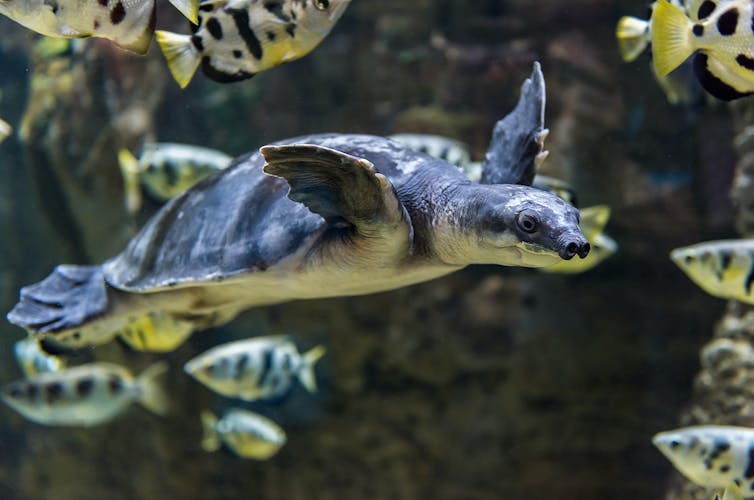
The pig-nosed turtle, an endangered freshwater turtle native to the Northern Territory and southern New Guinea, is unique in many respects. Unlike most freshwater turtles, it is almost completely adapted to life in water. It has paddle-like flippers similar to sea turtles, a snorkel-like “pig-nose” to help it breathe while staying submerged, and eggs that will only hatch when exposed to the waters of the wet season.
It is also the last surviving species of a group of tropical turtles called the carettochelyids, which once lived throughout the northern hemisphere. Scientists thought pig-nosed turtles only arrived at Australia within the past few millennia, as no pig-nosed turtle fossils had ever been found here – or so we thought.

A 5-million-year-old fossil from Museums Victoria’s collections has now completely rewritten this story. Discovered at Beaumaris, 20km southeast of Melbourne, this fossil lay unidentified in Melbourne Museum’s collection for almost 100 years until our team came across it.
We identified the fossil as a small section of the front of a pig-nosed turtle’s shell, as we report today in the journal Papers in Palaeontology. Although the fossil is just a fragment, we were lucky that it was from a very diagnostic area of the shell.
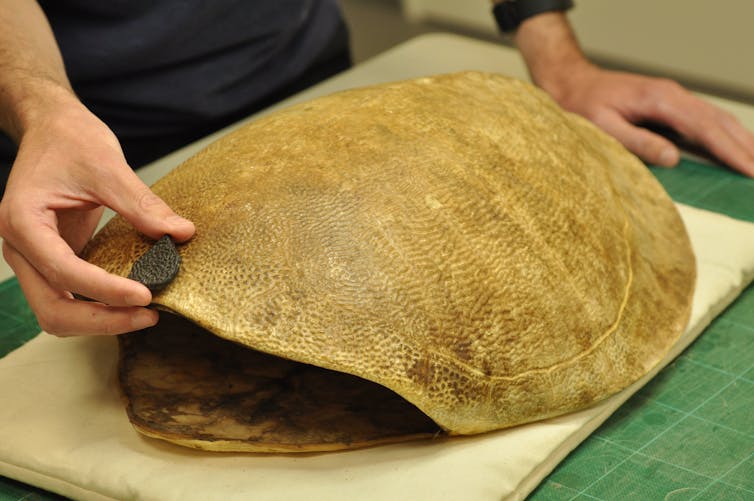
The fossil shows that carettochelyid turtles have been living in Australia for millions of years. But what was a pig-nosed turtle doing in Beaumaris 5 million years ago, thousands of kilometres from their modern range?
Well, in the past, Melbourne’s weather was a lot warmer and wetter that it is now. It was more akin to the tropical conditions in which these turtles live today.
In fact, this isn’t the first prehistoric tropical species discovered here: monk seals, which today live in Hawaii and the Mediterranean, and dugongs also once lived in what is now Beaumaris.
A Tropical Melbourne?
Millions of years ago, Australia’s eastern seaboard was a tropical turtle hotspot. The warmer and wetter environment would have been perfect for supporting a greater diversity of turtles in the past. This is in stark contrast to modern times; today, Australia is mostly home to the side-necked turtles.
Tropical turtles would have had to cross thousands of kilometres of ocean to get here. But this is not unusual – small animals often cross the sea by hitching a ride on vegetation rafts.
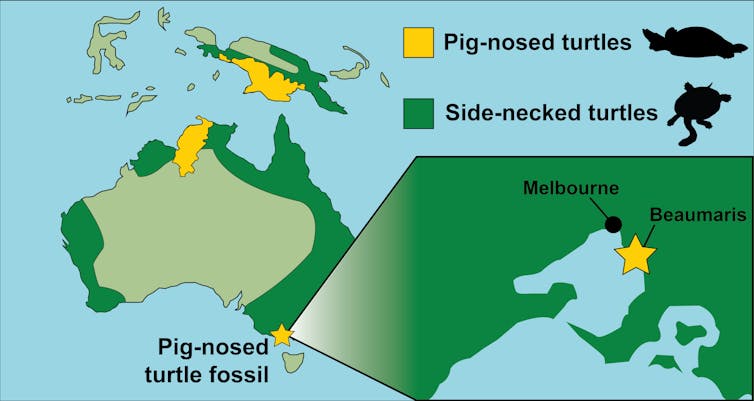
So where are these turtles now? Why is the modern pig-nosed turtle the last remaining species of the carettochelyids? Well, just like today, animals in the past were threatened by climate change. When Australasia’s climate became cooler and drier after the ice ages, all the tropical turtles went extinct, except for the pig-nosed turtle in the Northern Territory and New Guinea.
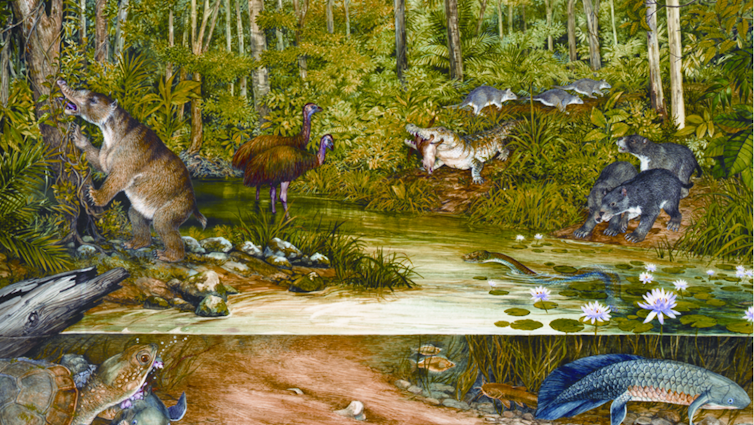
This also suggests that the modern pig-nosed turtle, already endangered, is under threat from human-driven climate change. These turtles are very sensitive to their environment, and without rain their eggs cannot hatch.
This is true of a lot of Australia’s native animals and plants. In reptile species such as turtles and crocodiles, sex can be determined by the temperature at which eggs are incubated. This is yet another factor that could put these species at risk as the climate changes.
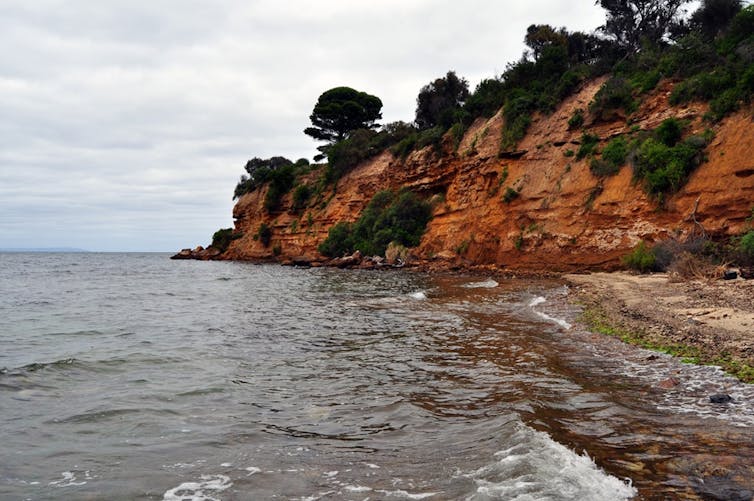
The treasure trove of fossils from Beaumaris shows just how important Australia’s previously tropical environment was for ancient animals. Southern Australia used to be home to many tropical species that now have much more restricted ranges.
Just last year, the discovery of tropical monk seals fossils from Beaumaris completely changed how scientists thought seals evolved. This shows just how much we still have to learn about Australia’s prehistoric past, when it was so different from the sunburnt country we know today.![]()
James Patrick Rule, Research Fellow, Monash University and William Parker, PhD Candidate, Monash University
This article is republished from The Conversation under a Creative Commons license. Read the original article.
Big Gaps In Quest To Sequence Genomes Of All Animals
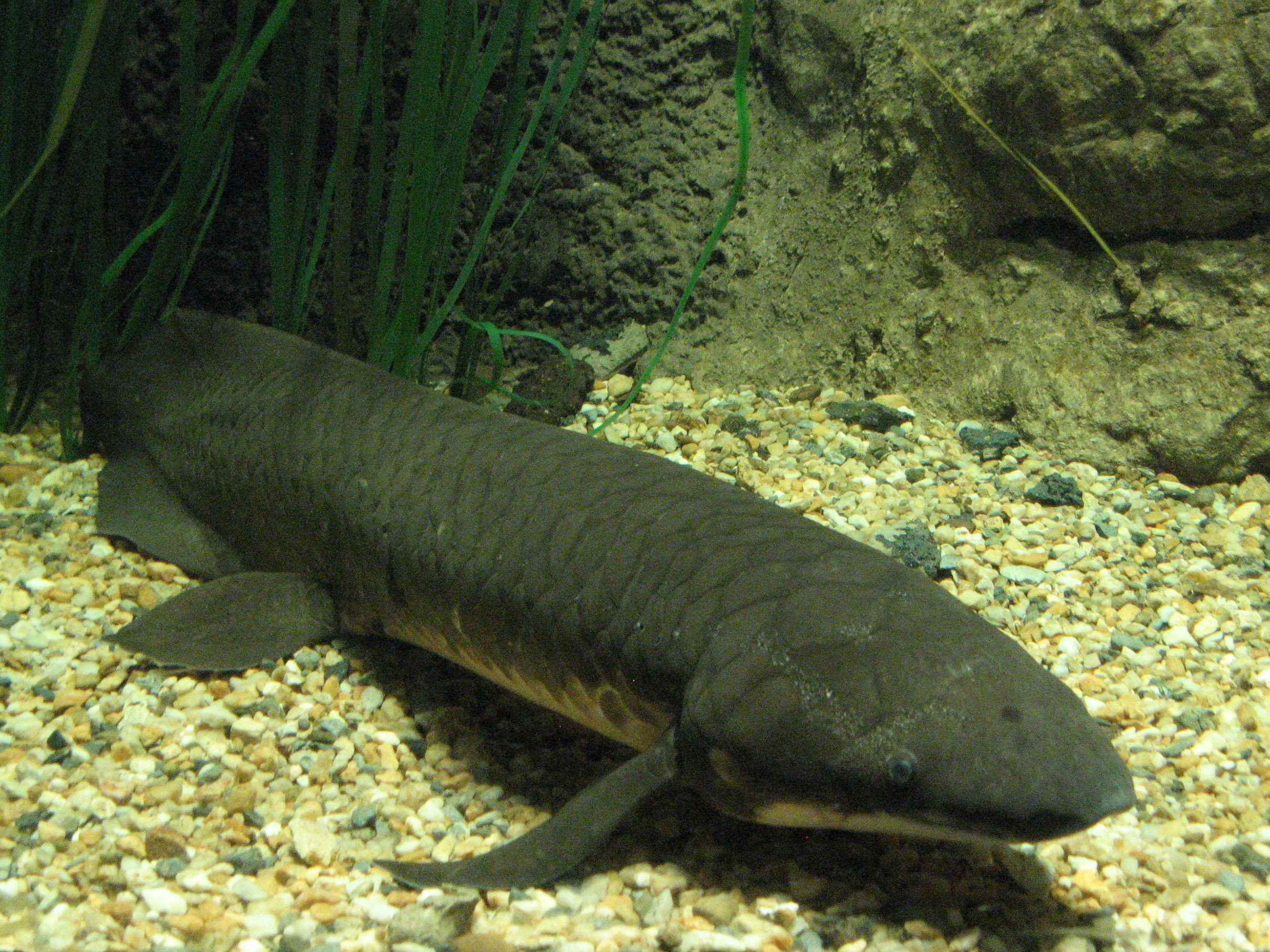
Denisovans Or Homo Sapiens: Who Were The First To Settle (Permanently) On The Tibetan Plateau?
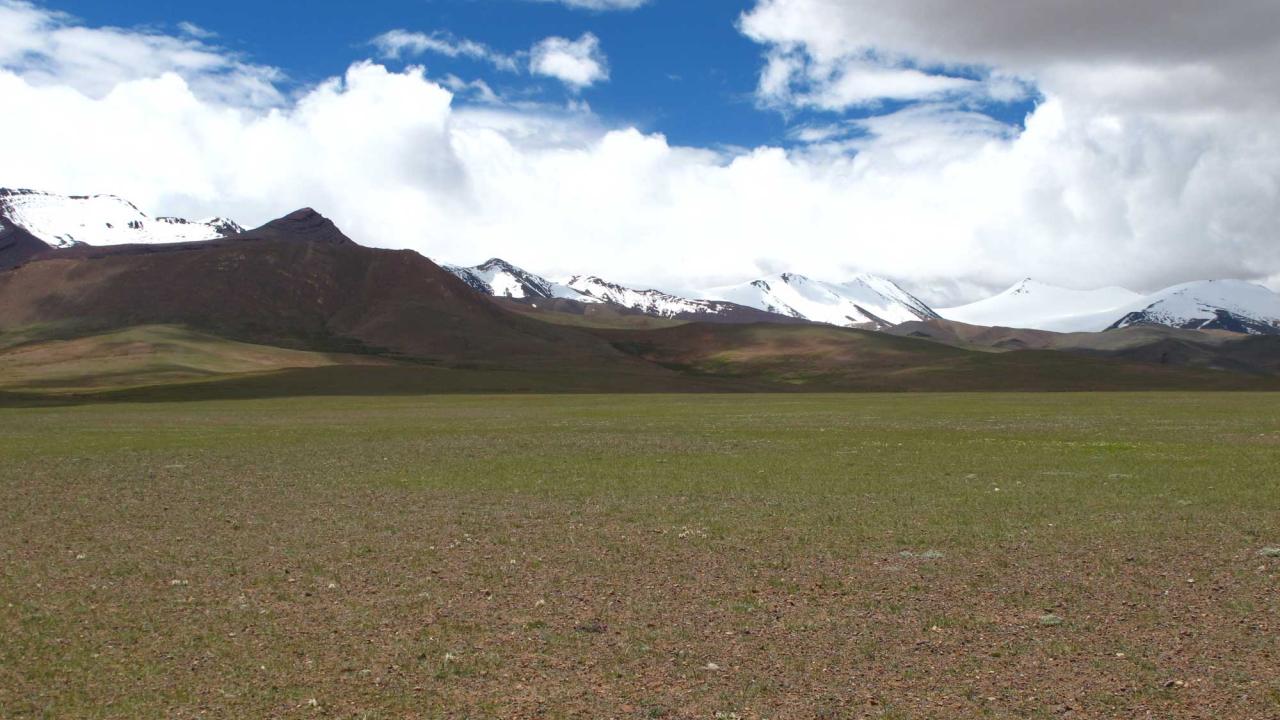
- Intermittent visits before settling there year-round about the end of the ice age, about 9,000 years ago.
- Continuous occupation beginning 30,000 to 40,000 years ago.
The Sunshine Vitamin That ‘D’elivers On Cardio Health
A Daily Dose Of Yogurt Could Be The Go-To Food To Manage High Blood Pressure
 Whether it's a dollop on your morning cereal or a simple snack on the go, a daily dose of yoghurt could be the next go-to food for people with high blood pressure, according to new research from the University of South Australia.
Whether it's a dollop on your morning cereal or a simple snack on the go, a daily dose of yoghurt could be the next go-to food for people with high blood pressure, according to new research from the University of South Australia.Monash University Researchers Develop An Antibody-Drug Delivery System
Common Arctic Finches Are All The Same Species
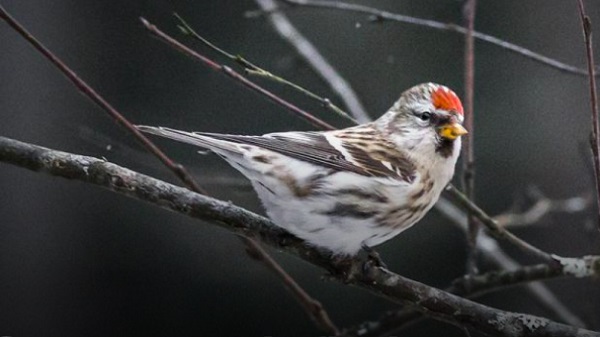 This new research, out recently in Nature Communications, finds that Redpolls, a bird found in the Arctic that will sometimes come to the Southern latitudes during the winter and can be hard to differentiate, aren't actually multiple species, genetically speaking. Instead, the three recognized species are all just one with a "supergene" that controls differences in plumage color and morphology, making them look different.
This new research, out recently in Nature Communications, finds that Redpolls, a bird found in the Arctic that will sometimes come to the Southern latitudes during the winter and can be hard to differentiate, aren't actually multiple species, genetically speaking. Instead, the three recognized species are all just one with a "supergene" that controls differences in plumage color and morphology, making them look different.Melting Glaciers May Produce Thousands Of Kilometres Of New Pacific Salmon Habitat
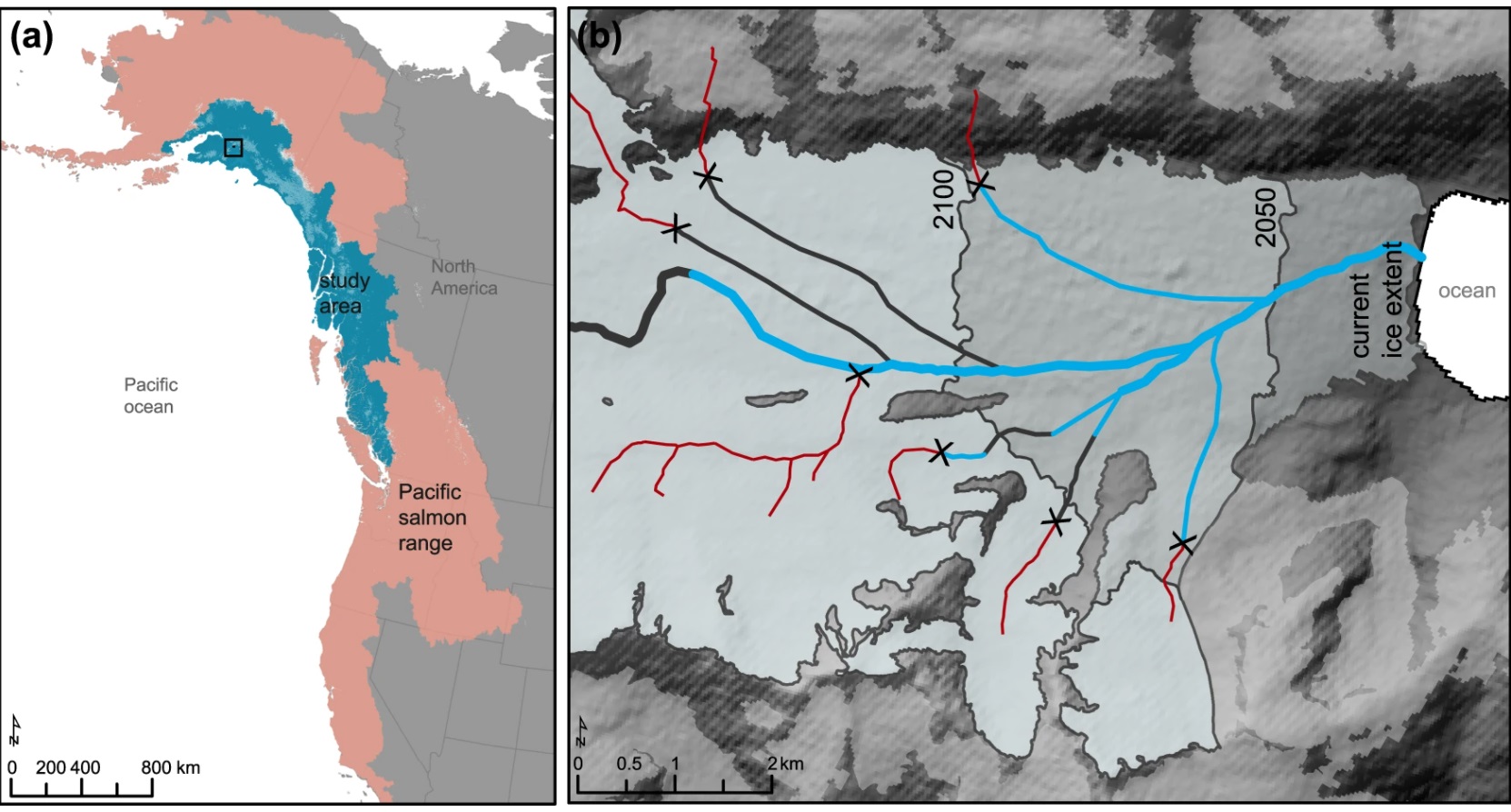
Disclaimer: These articles are not intended to provide medical advice, diagnosis or treatment. Views expressed here do not necessarily reflect those of Pittwater Online News or its staff.